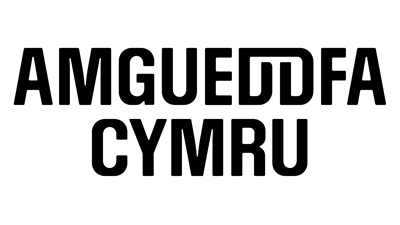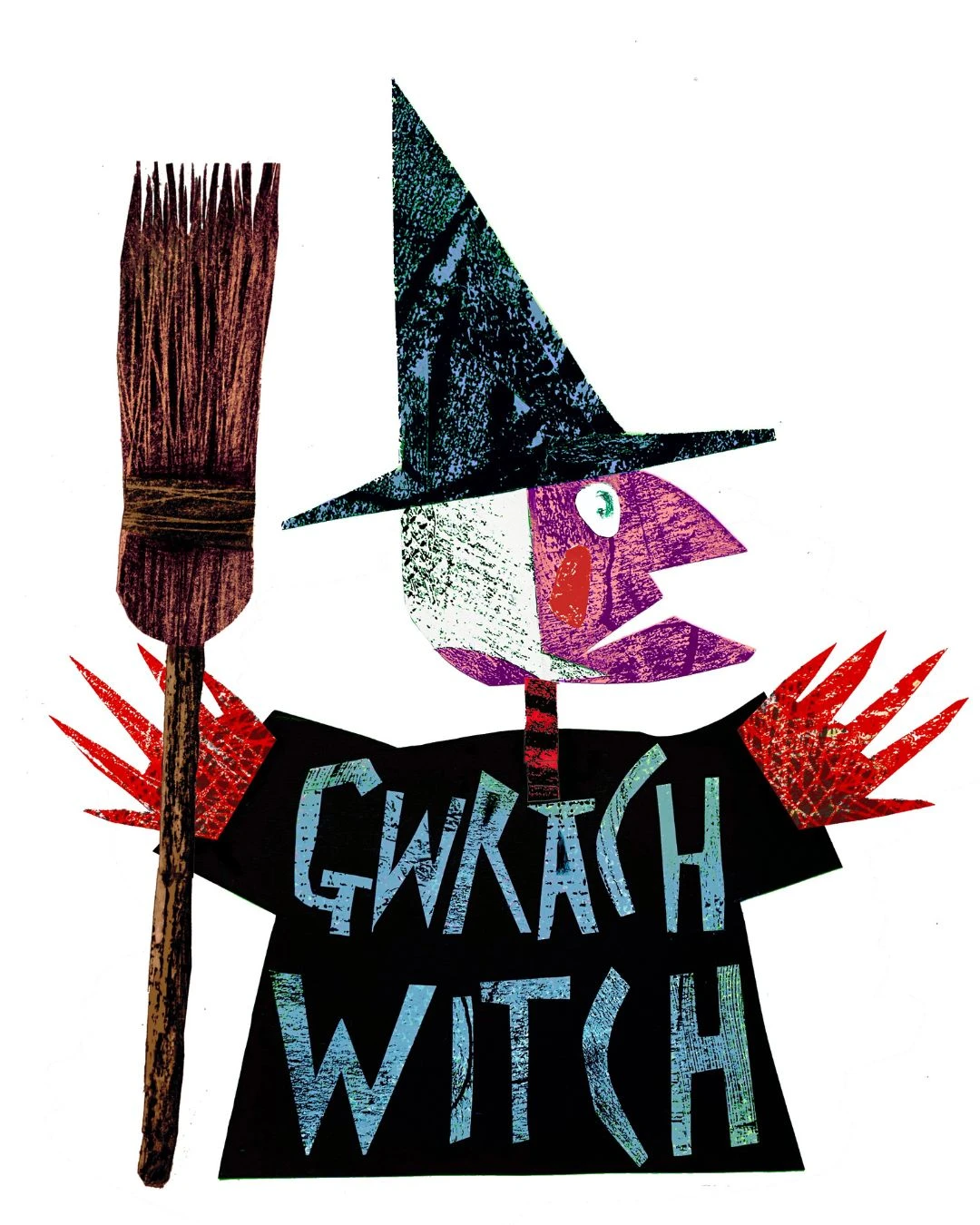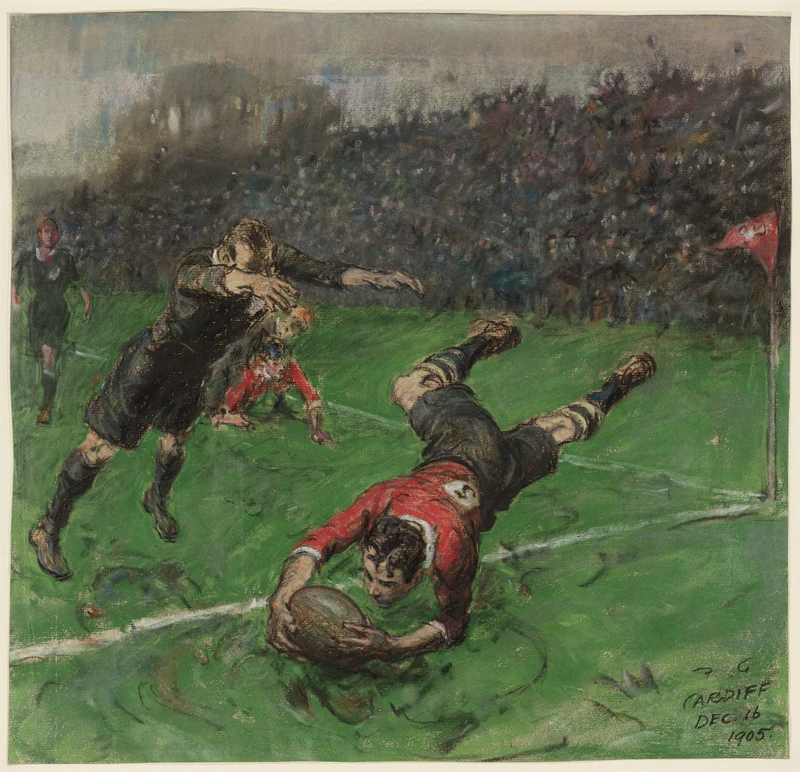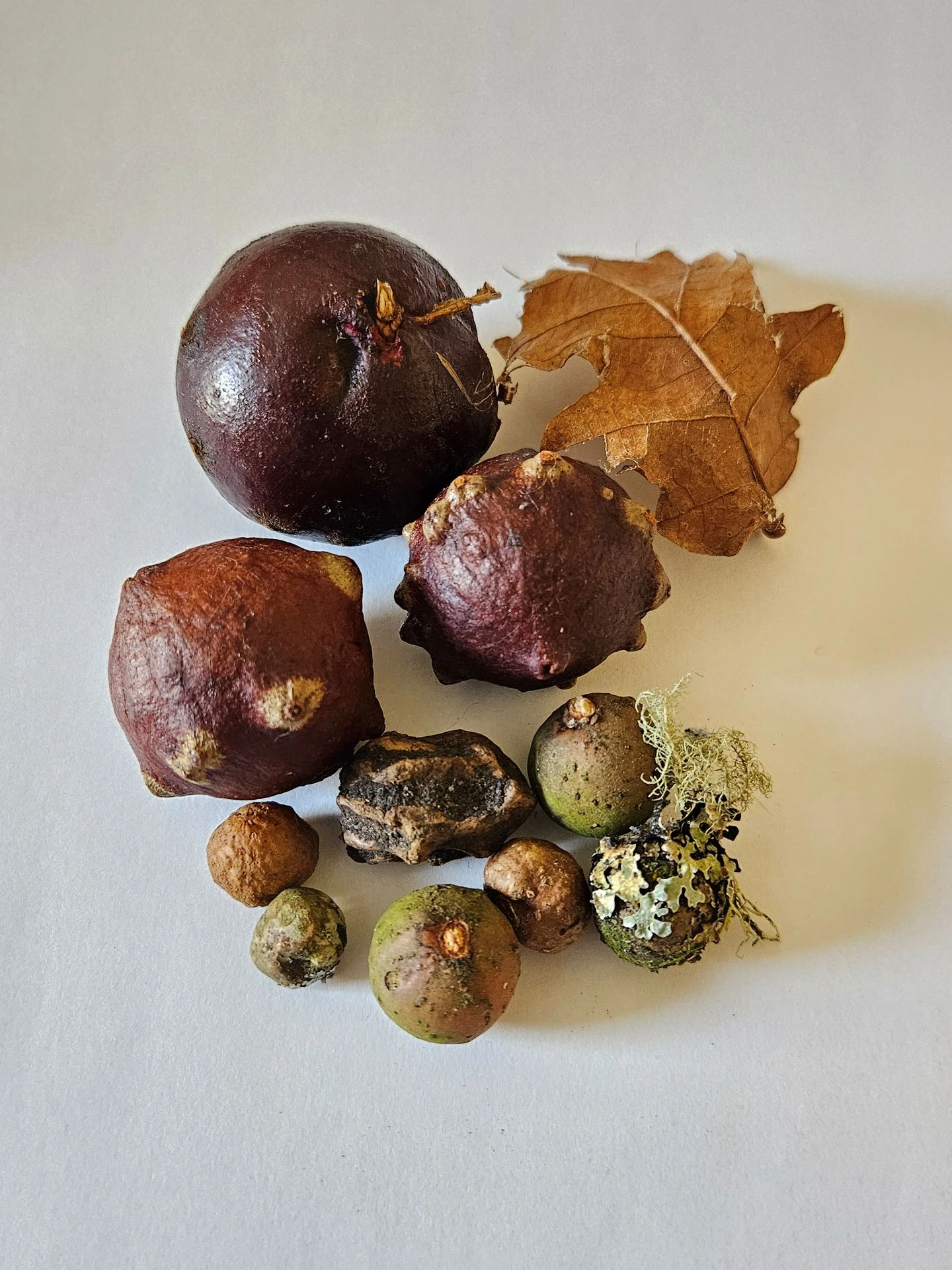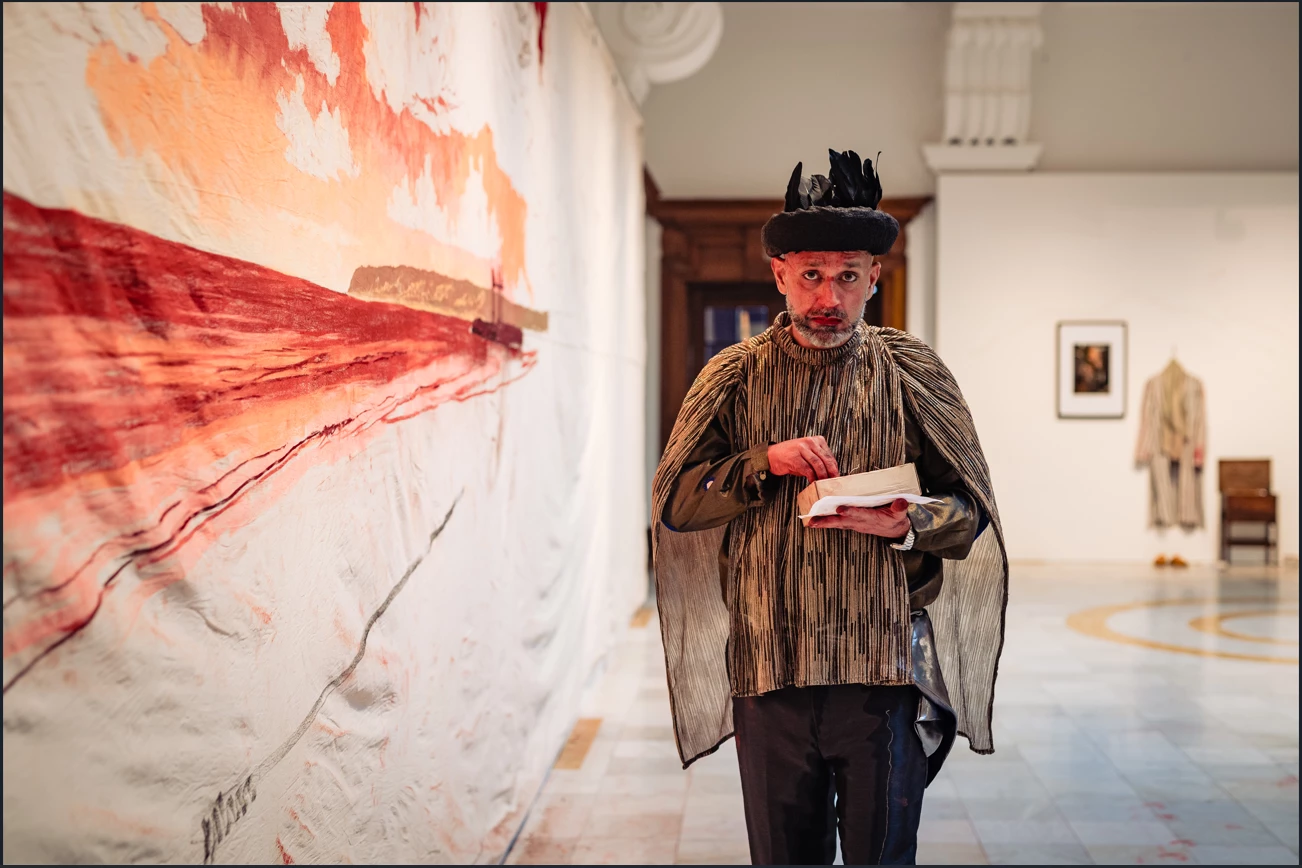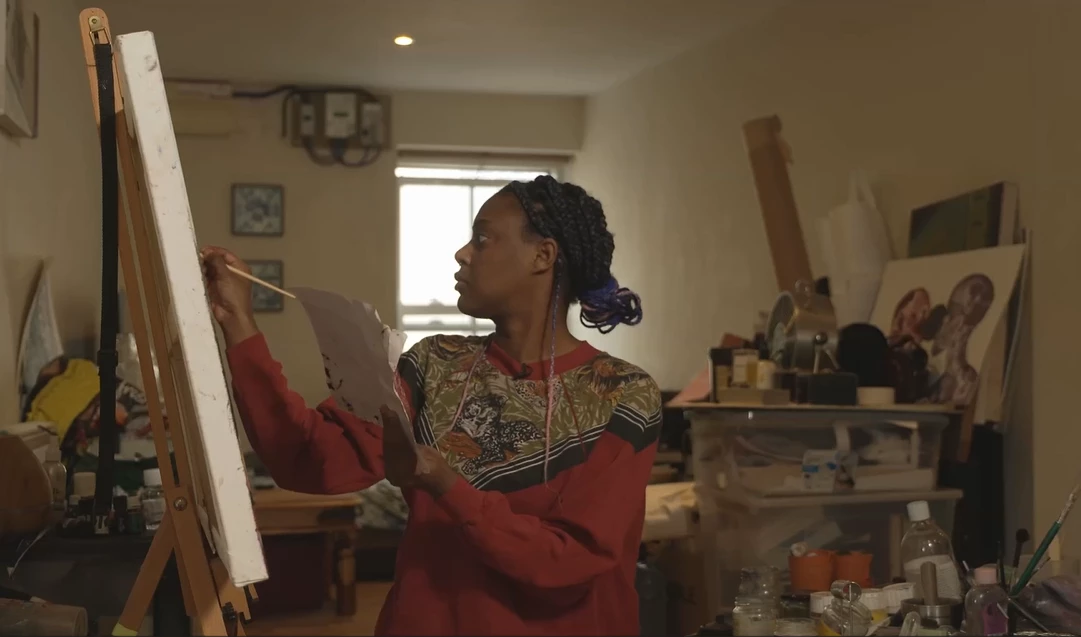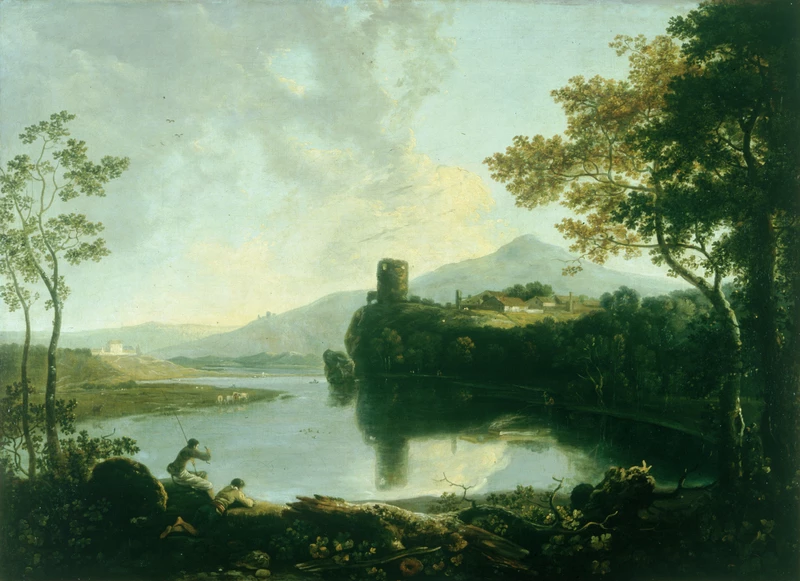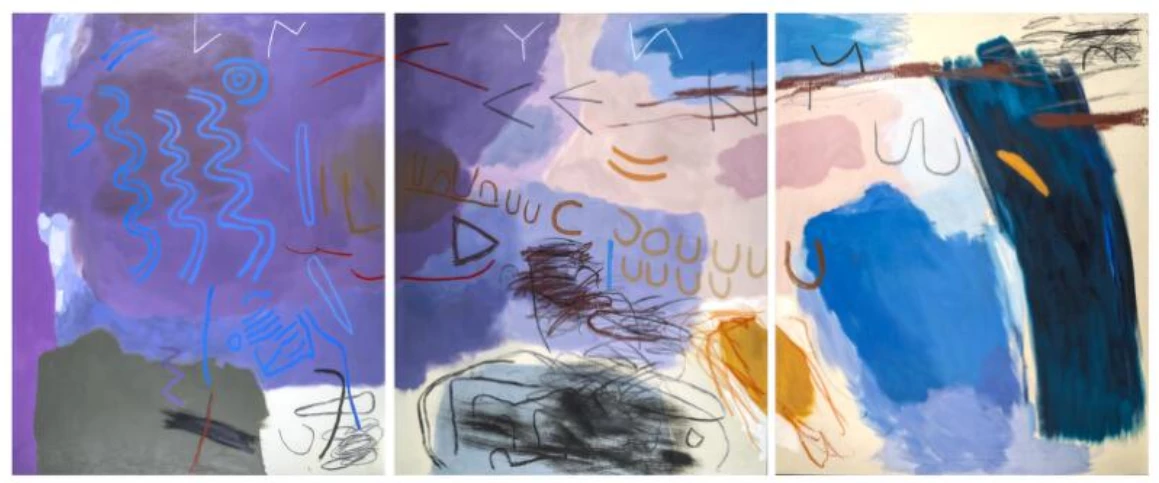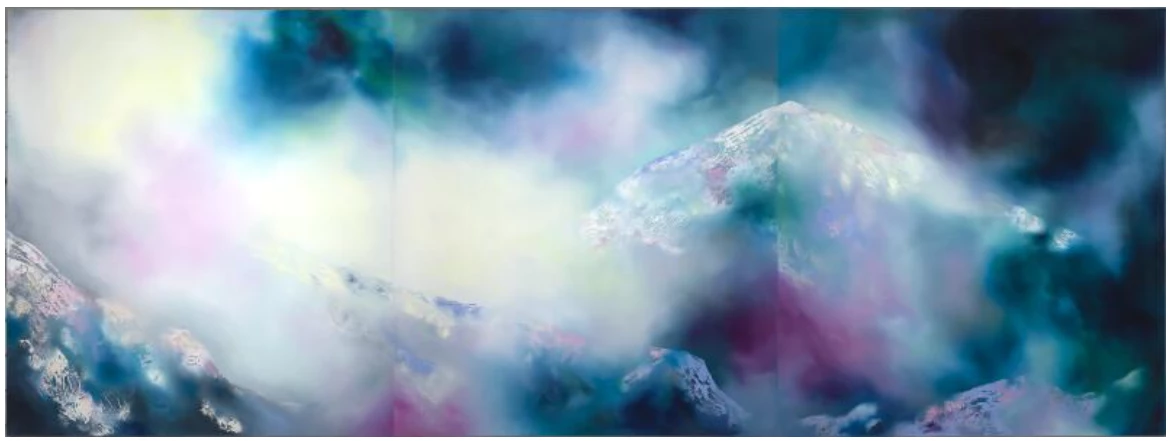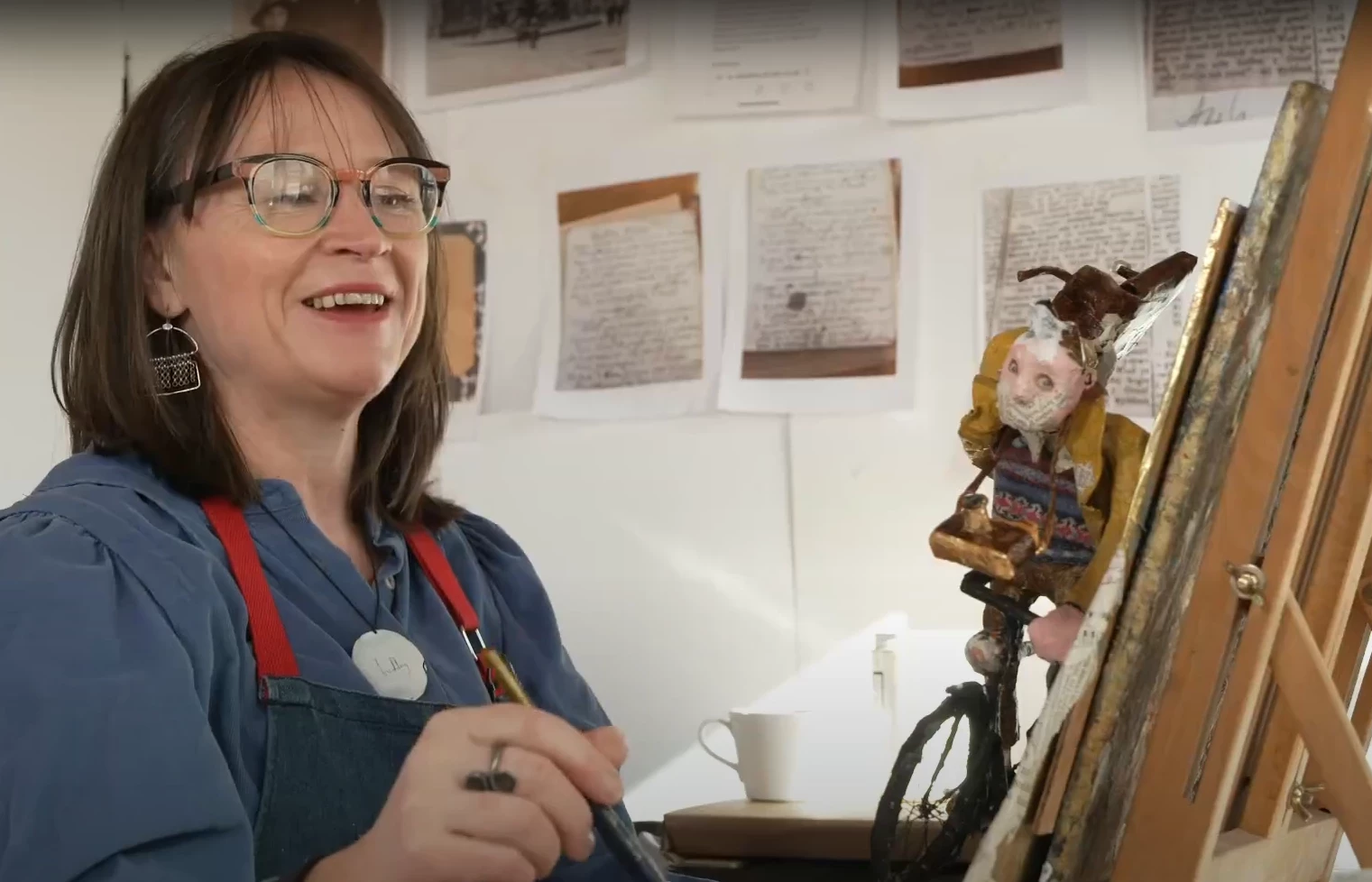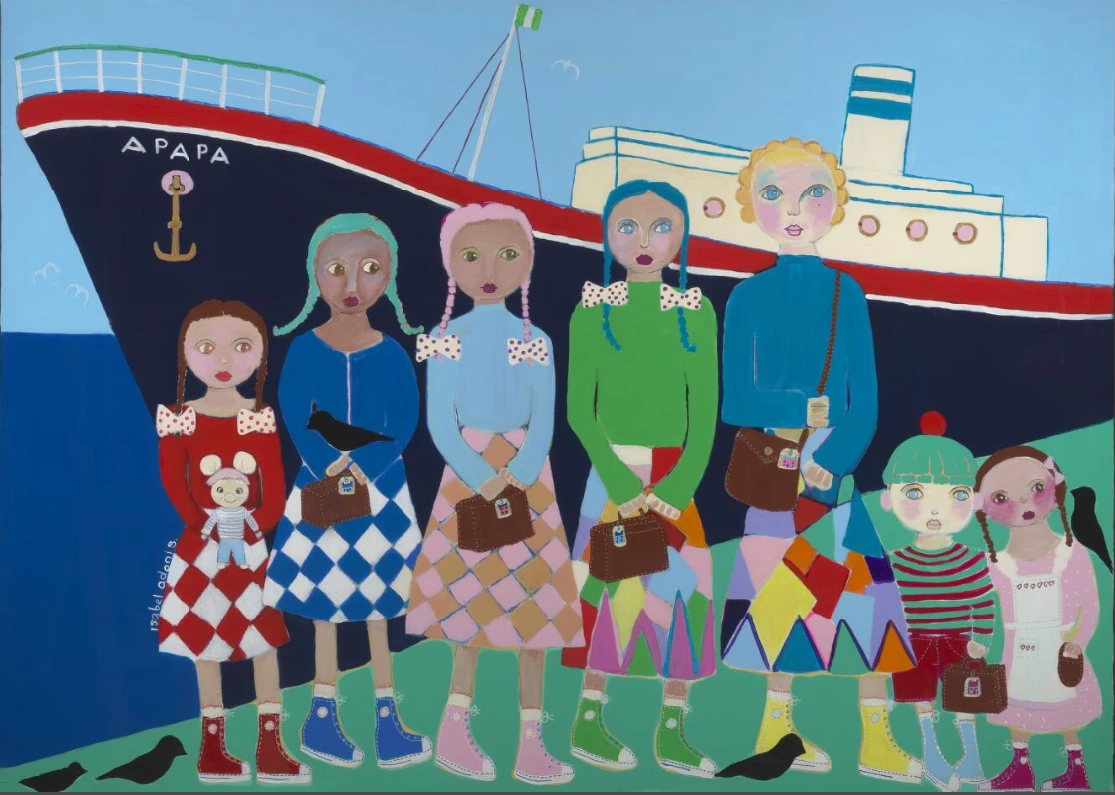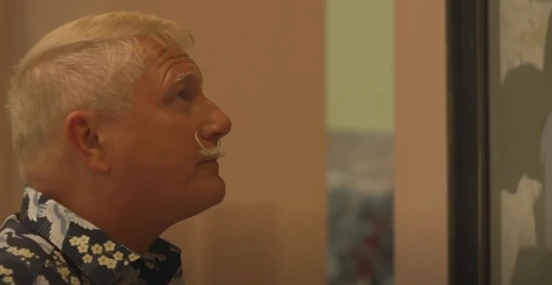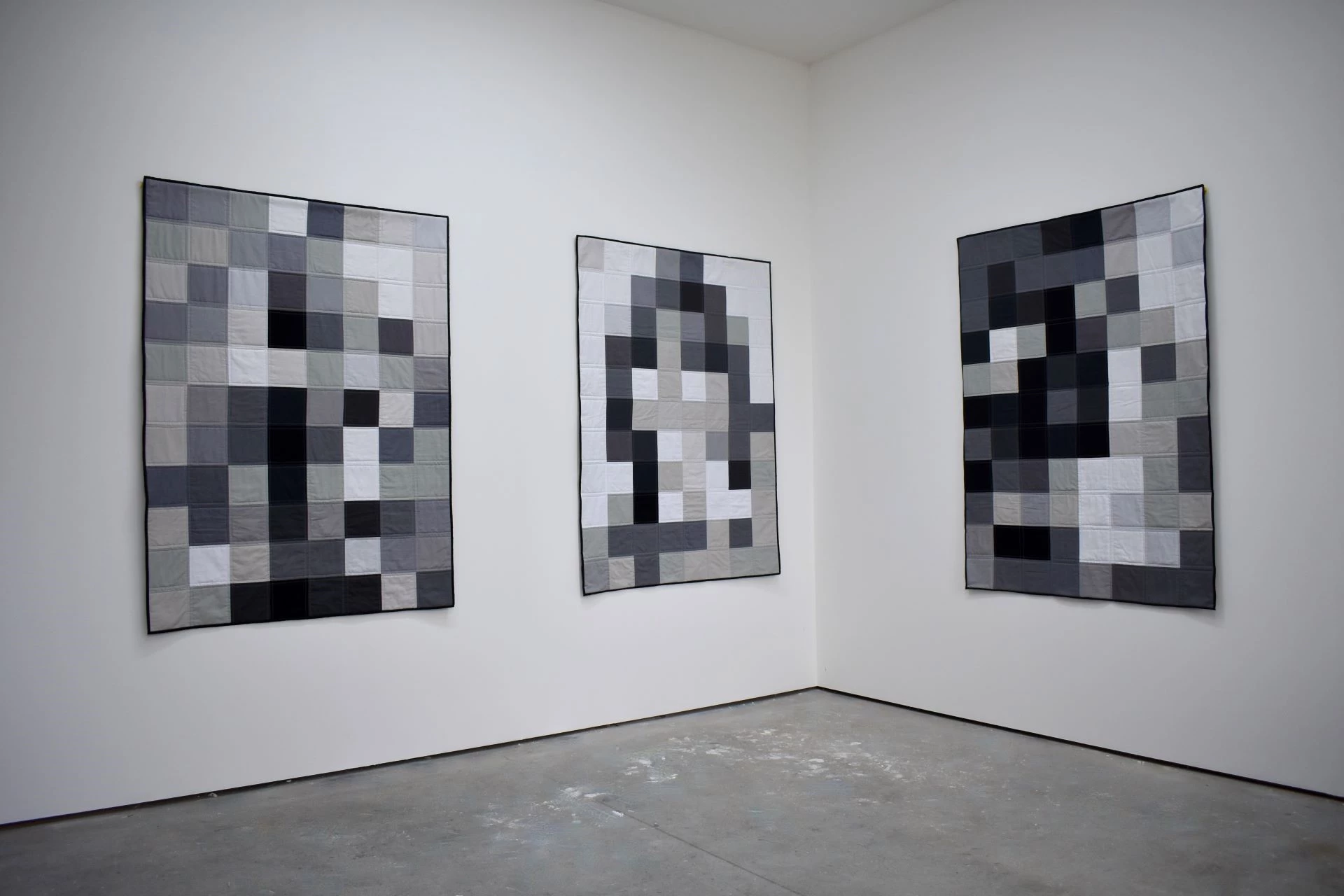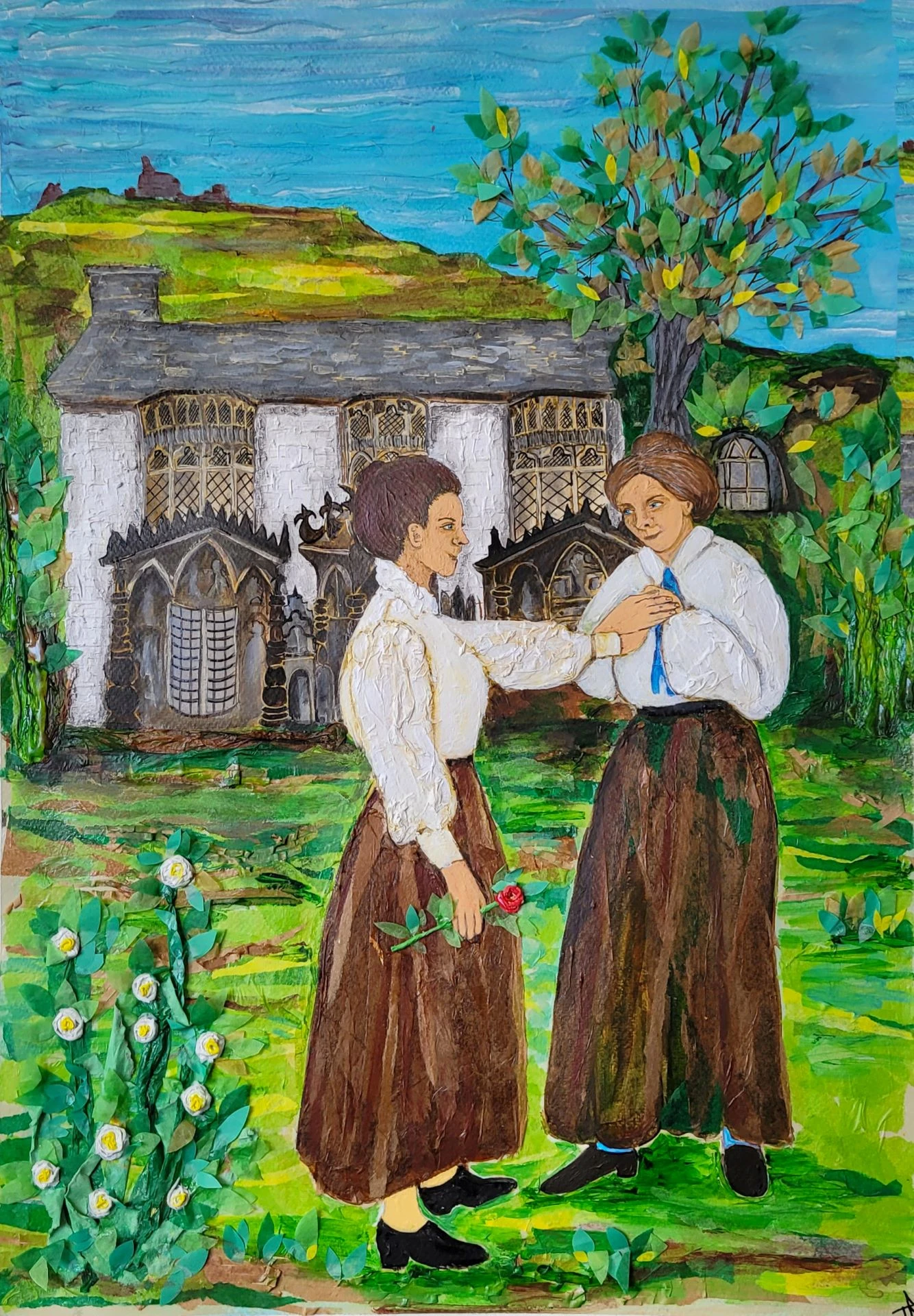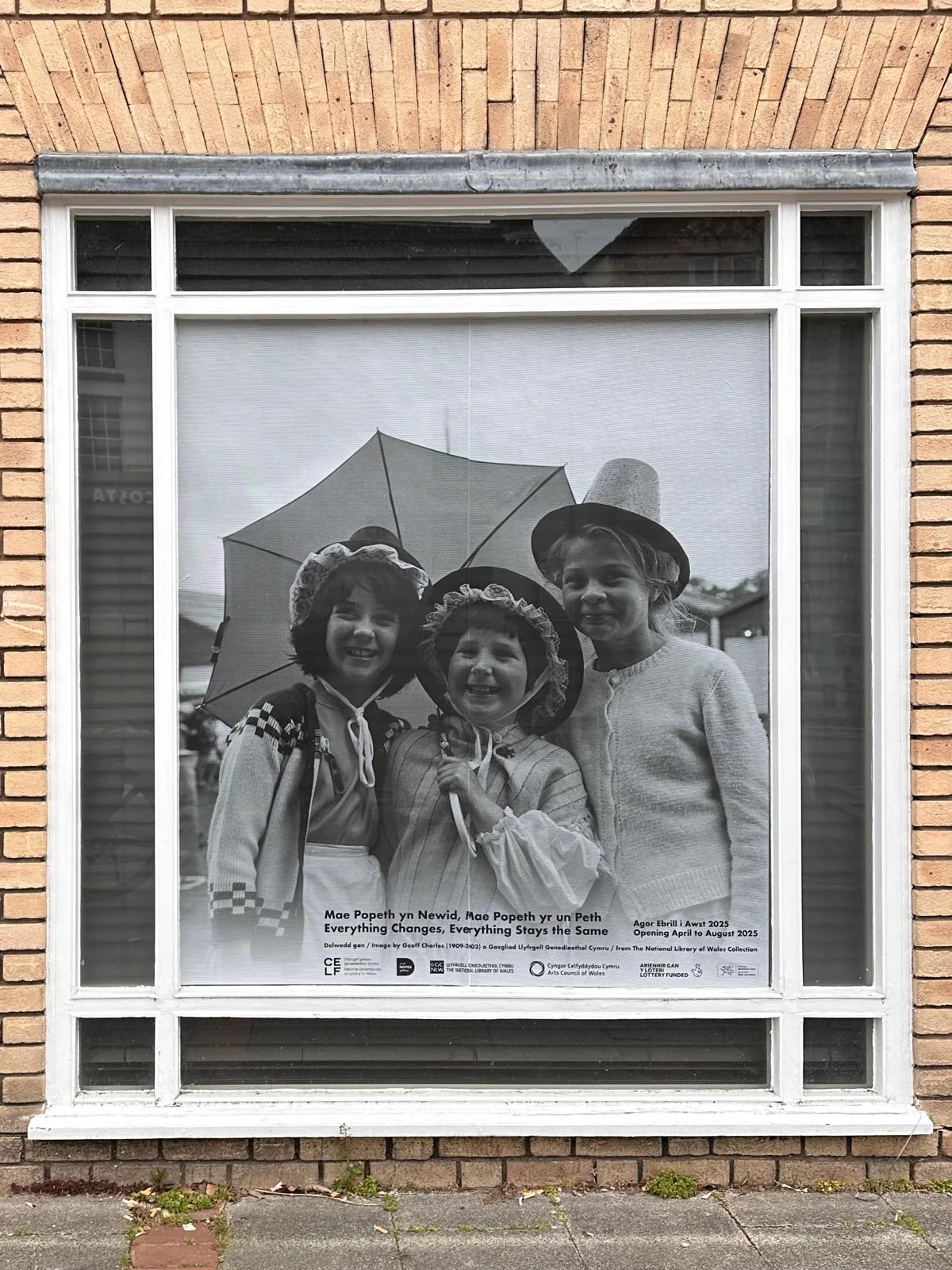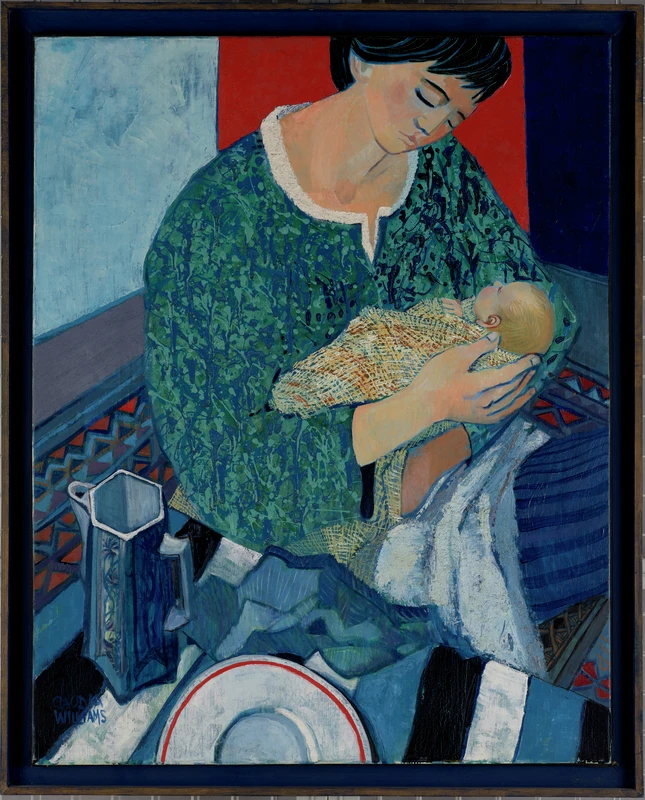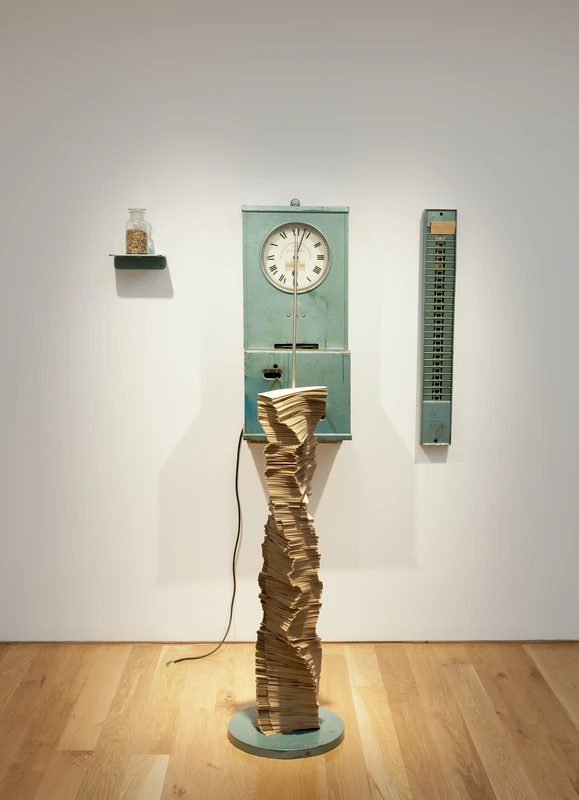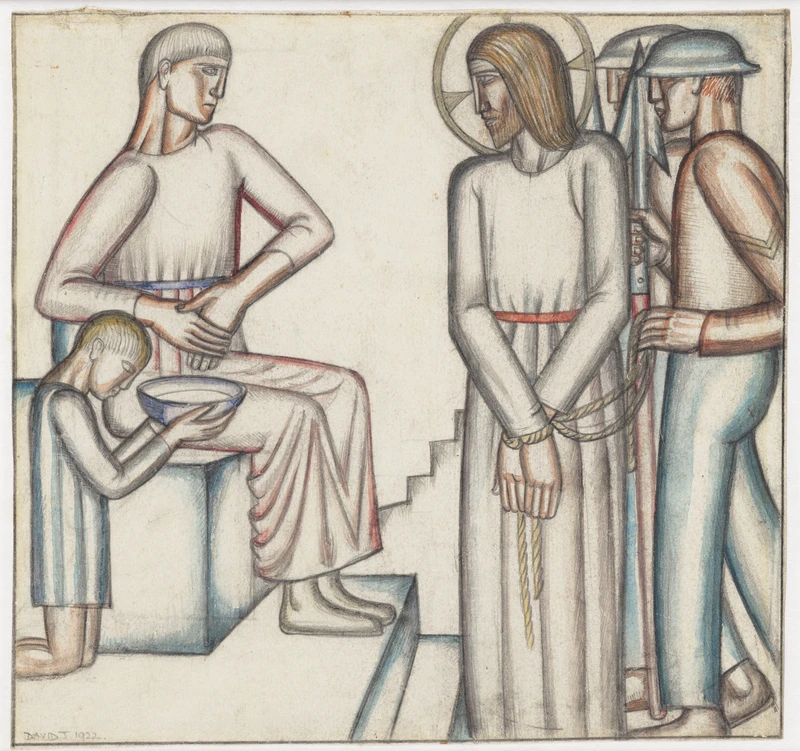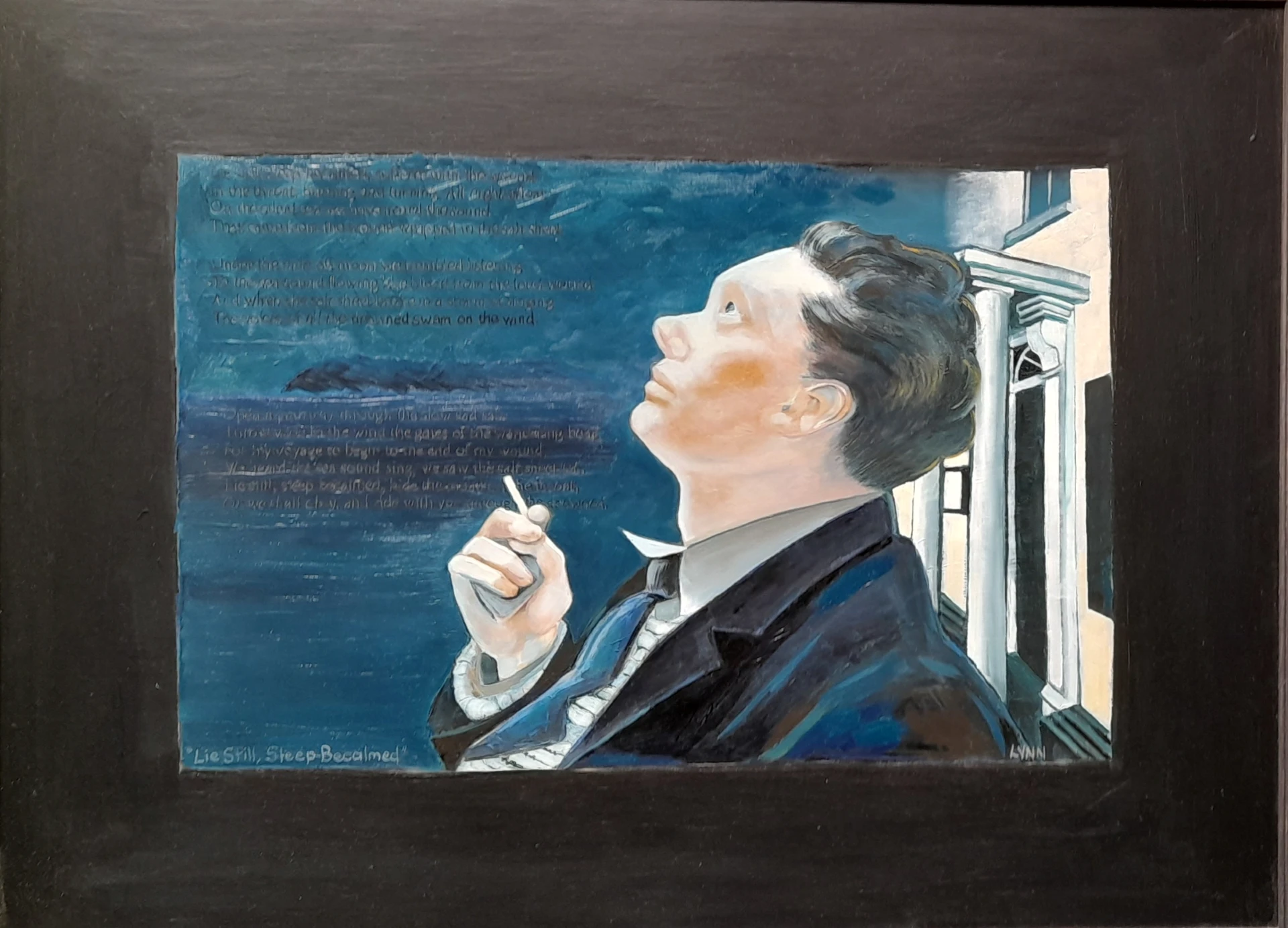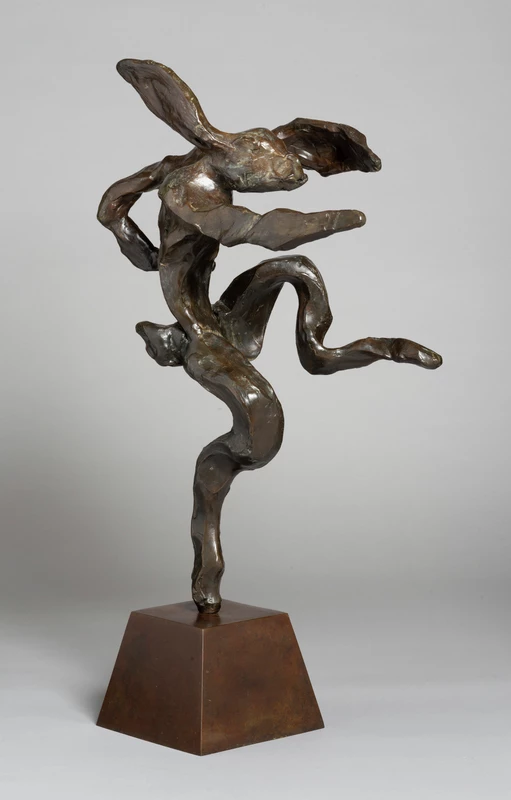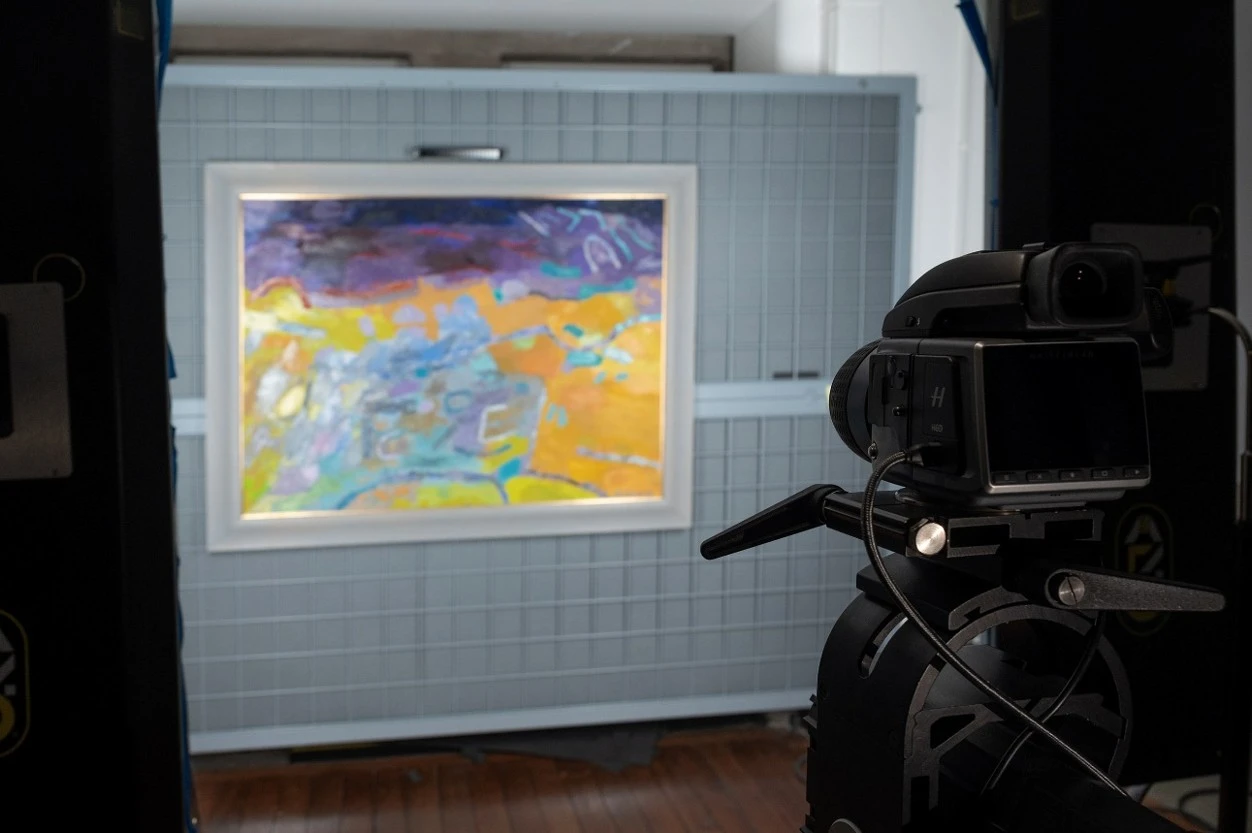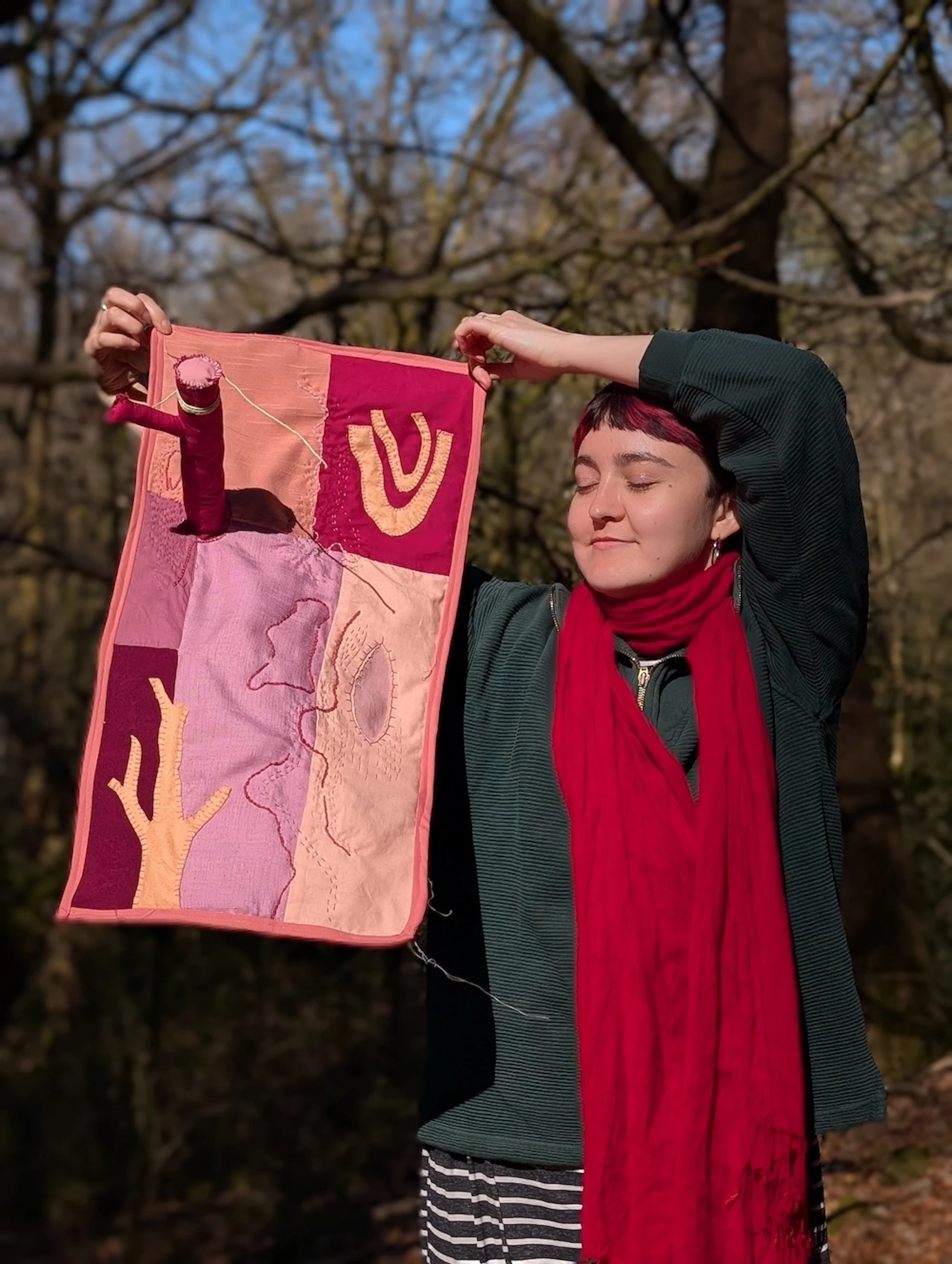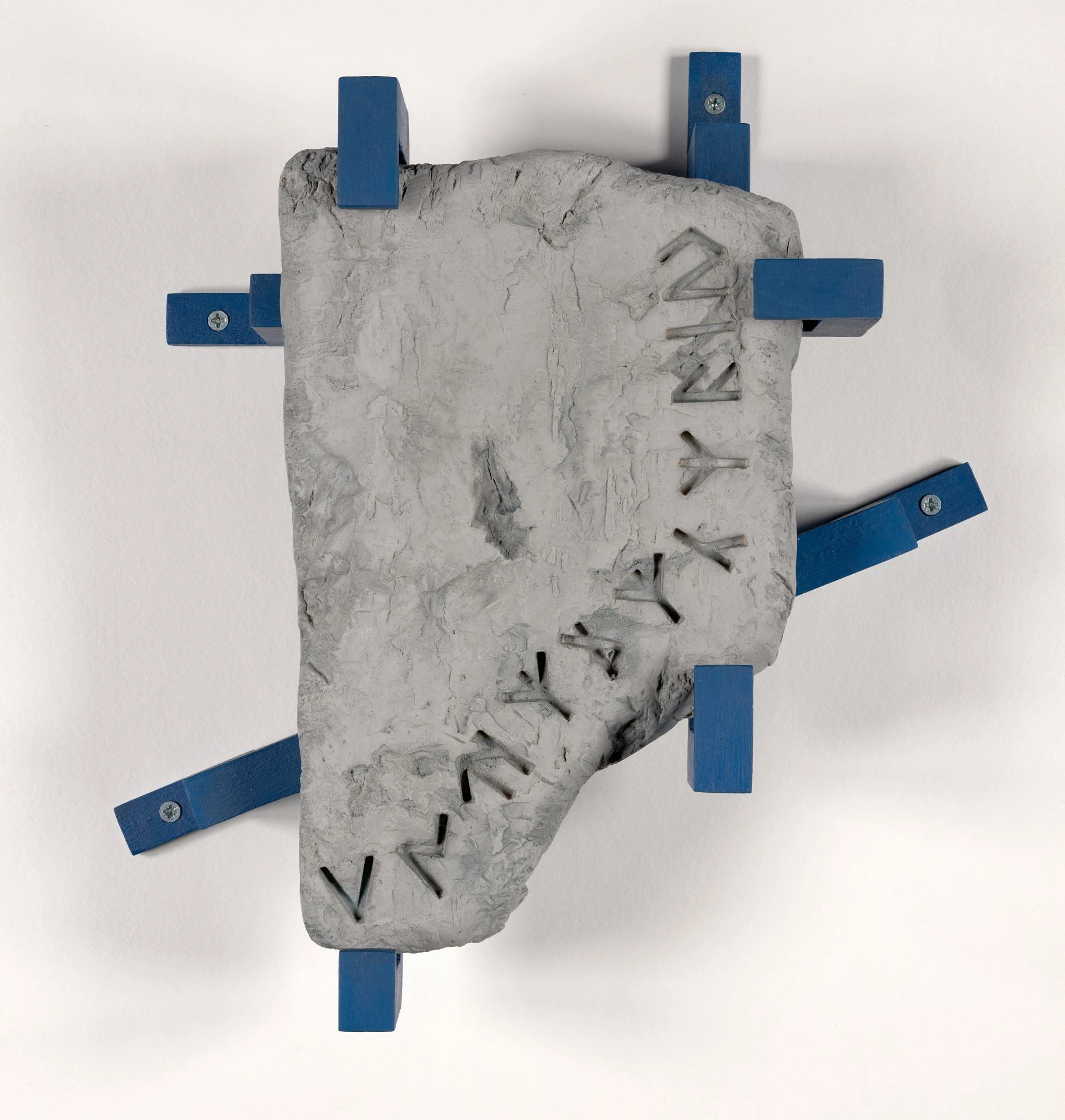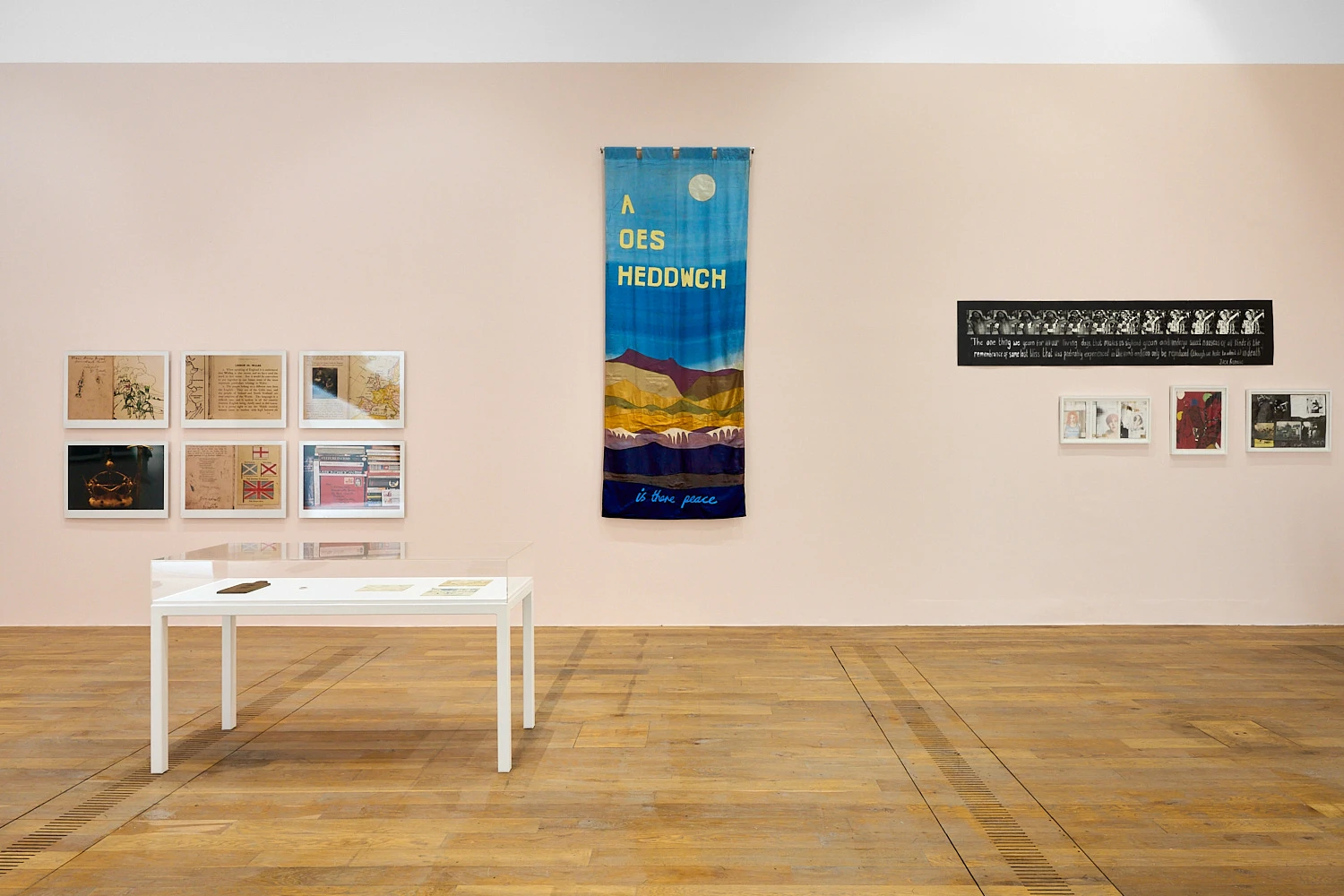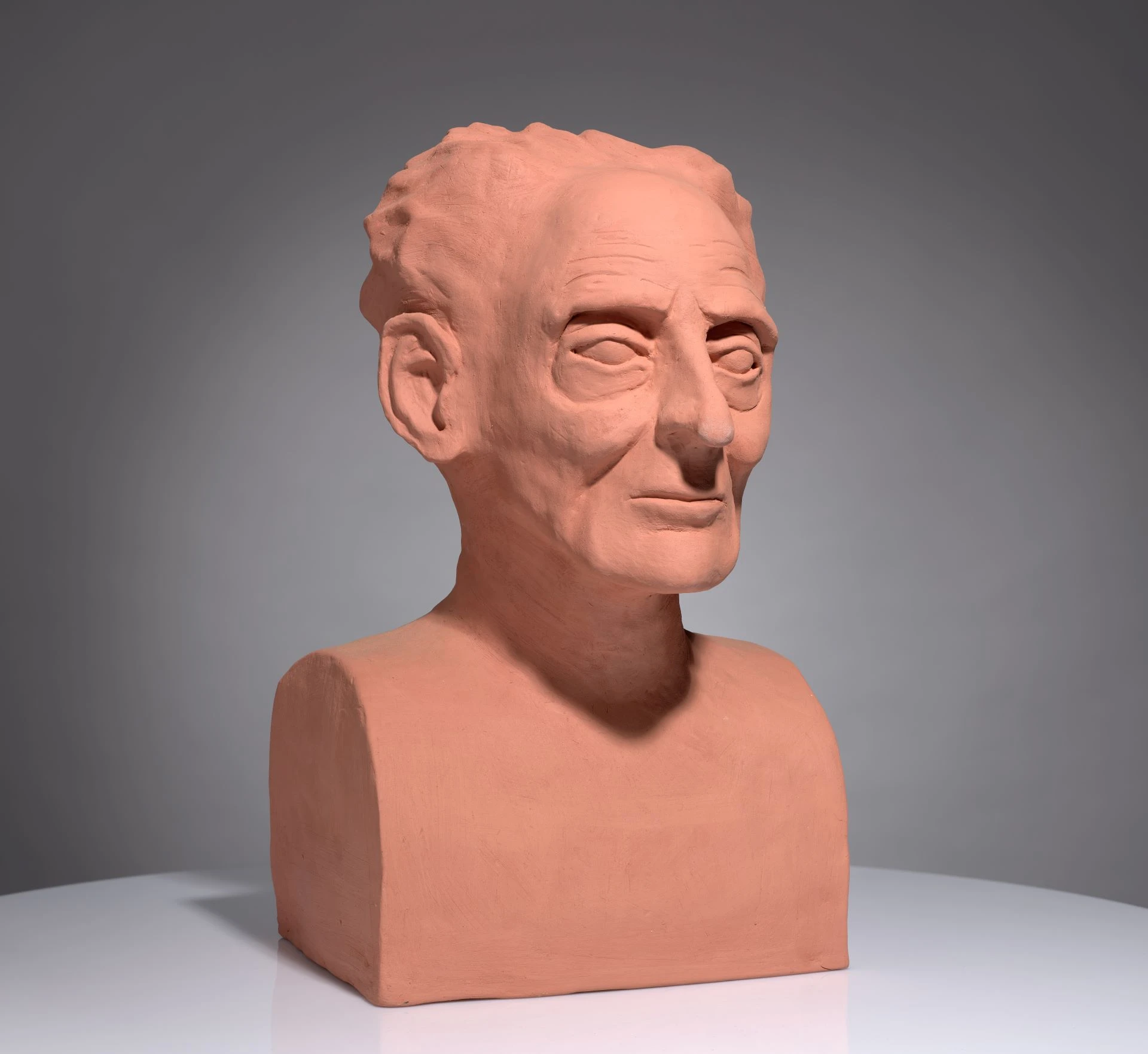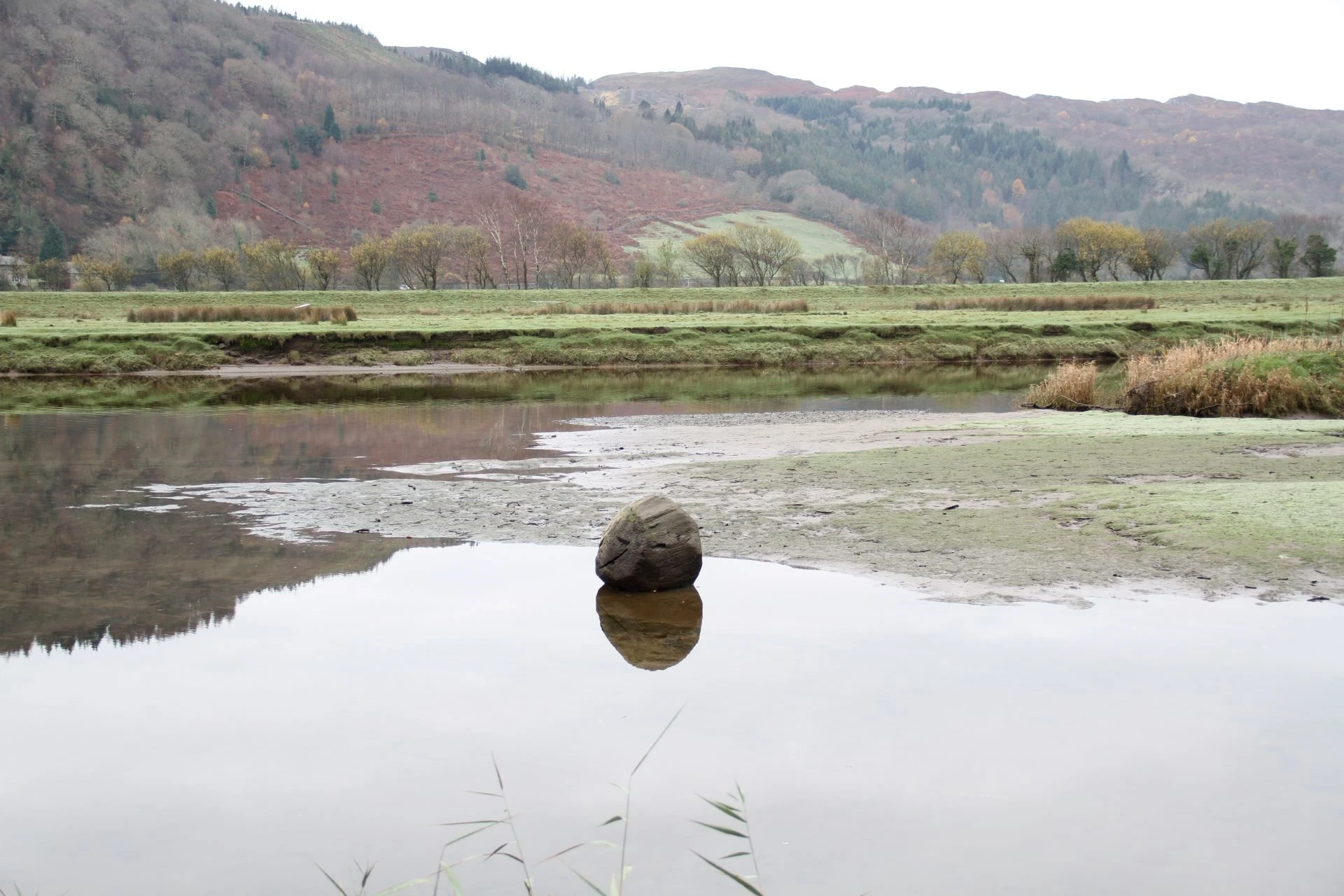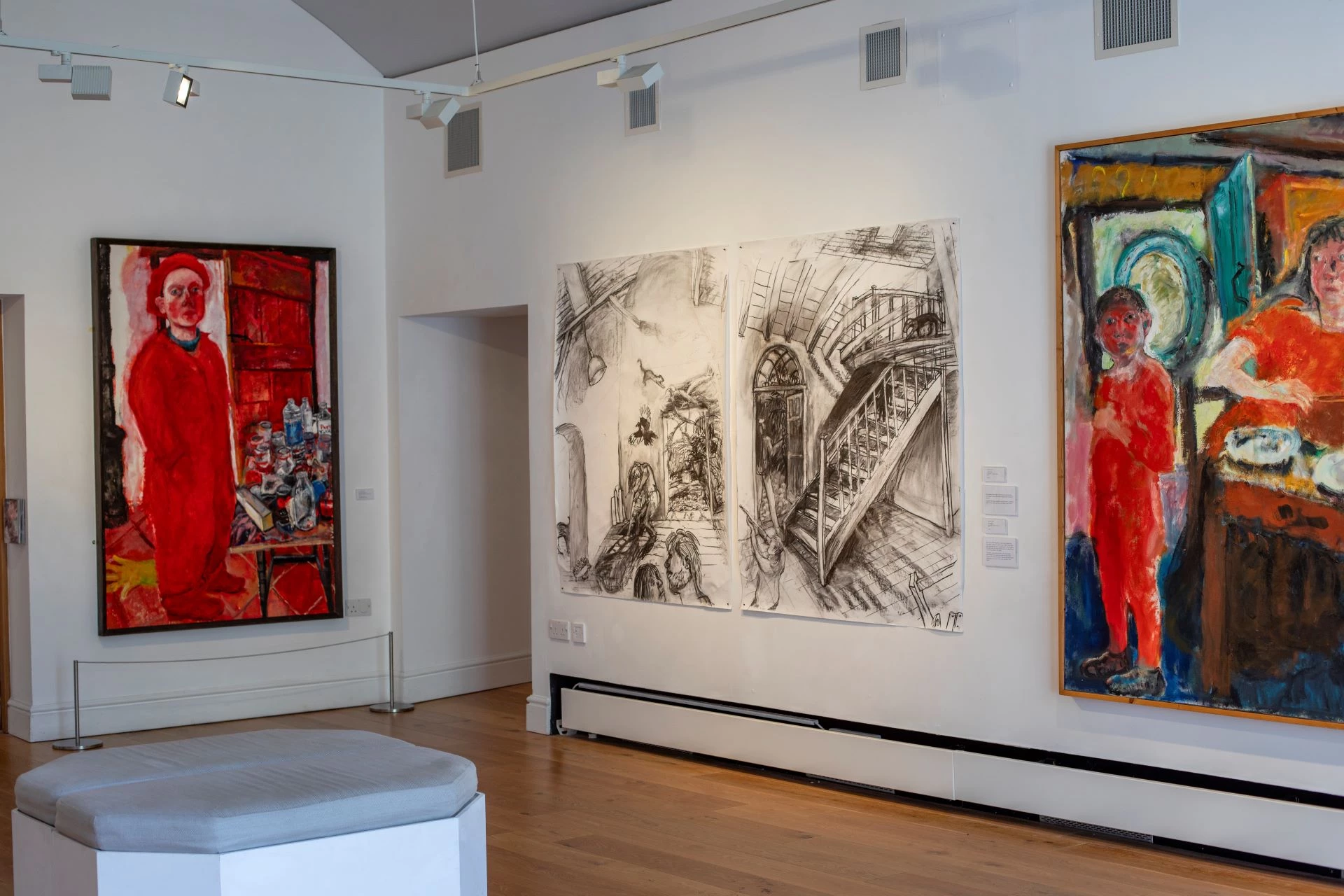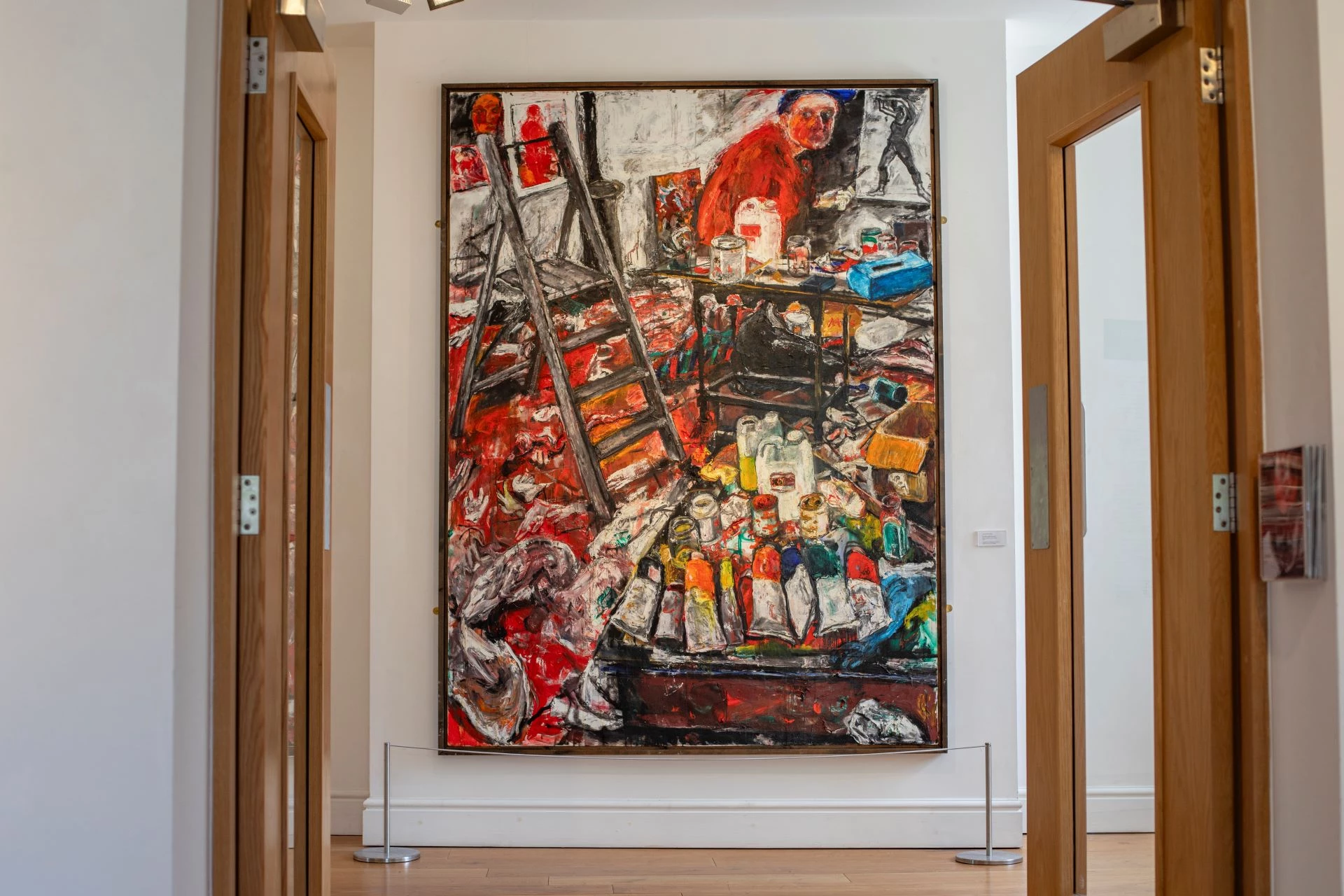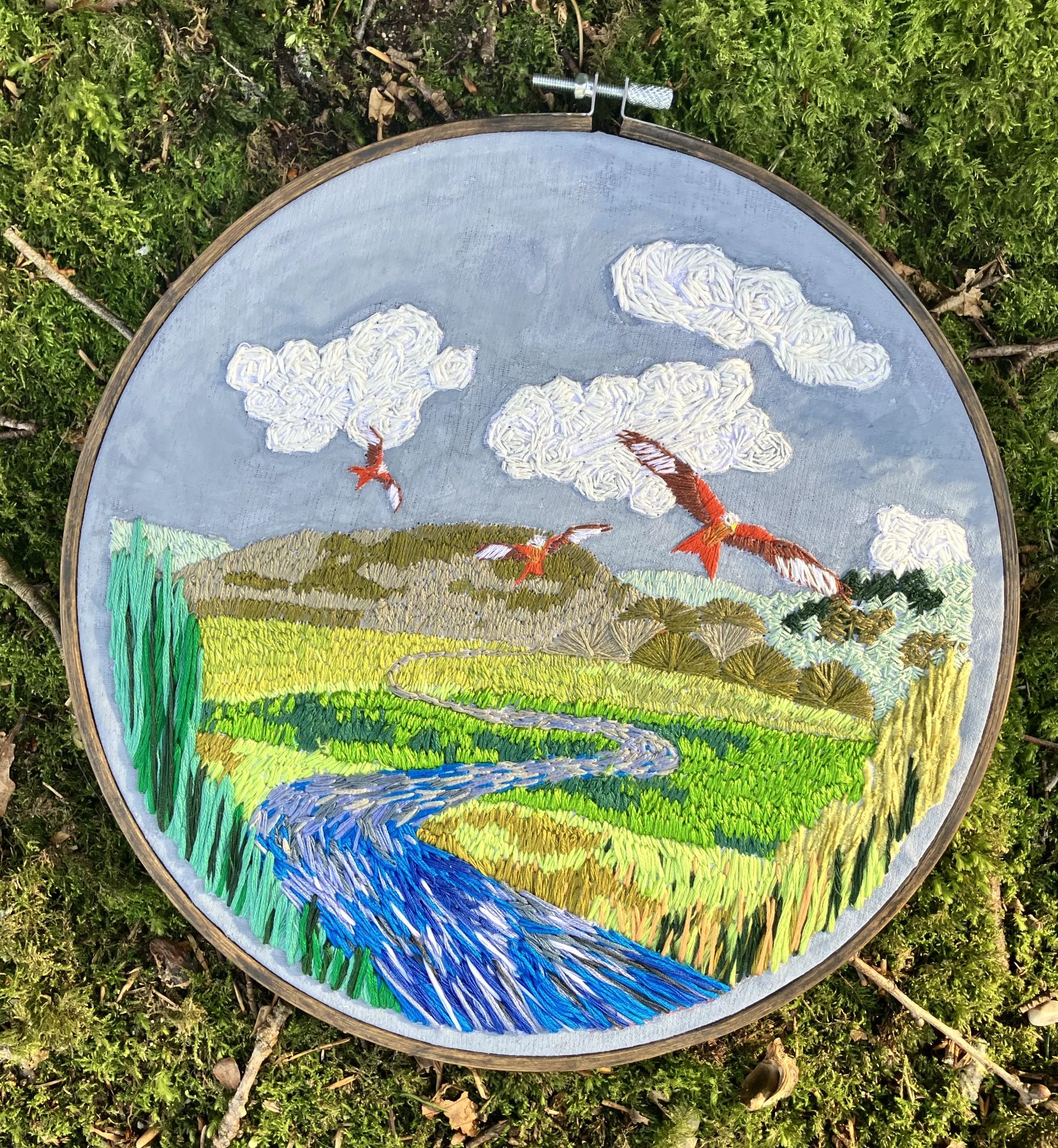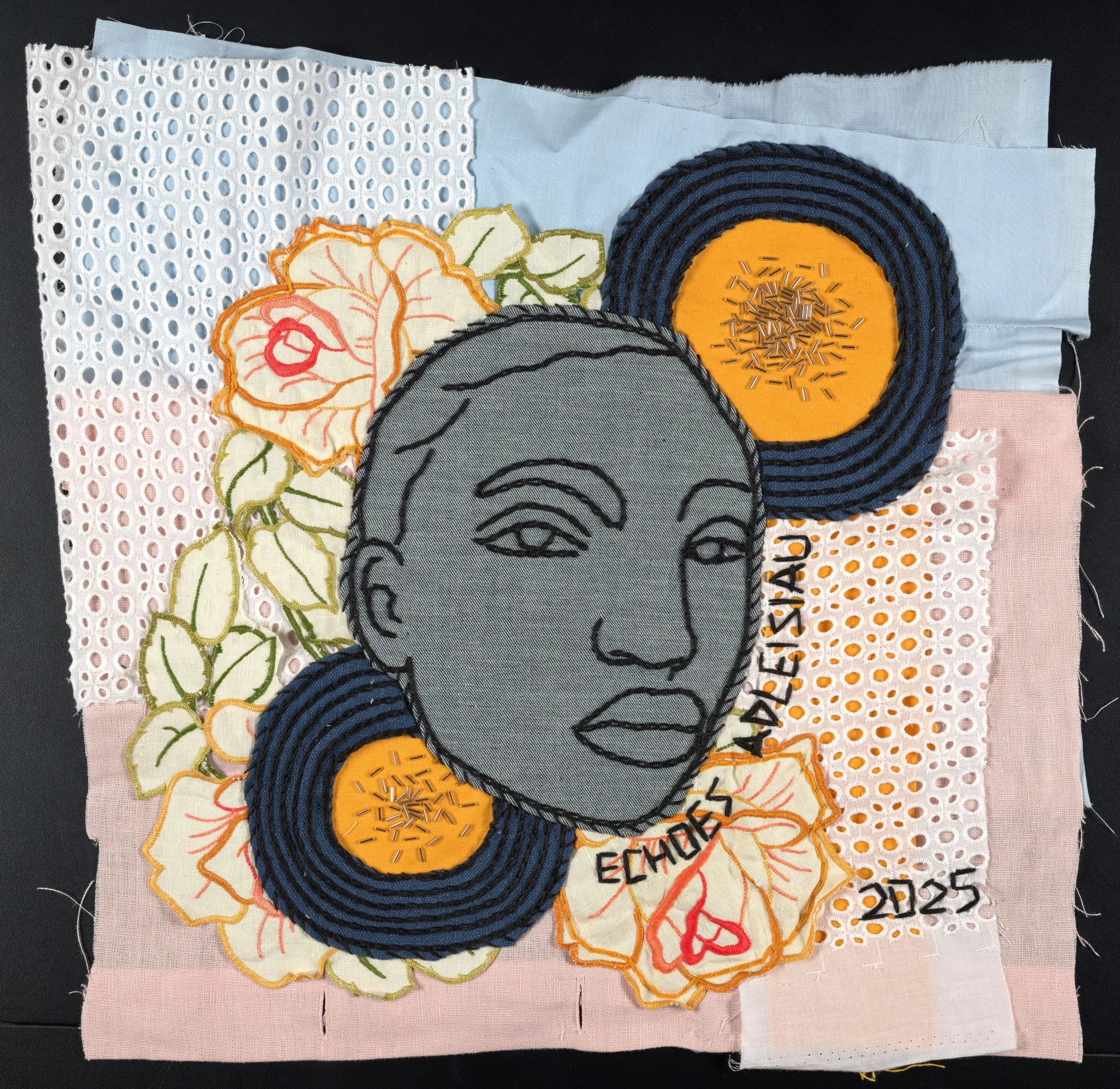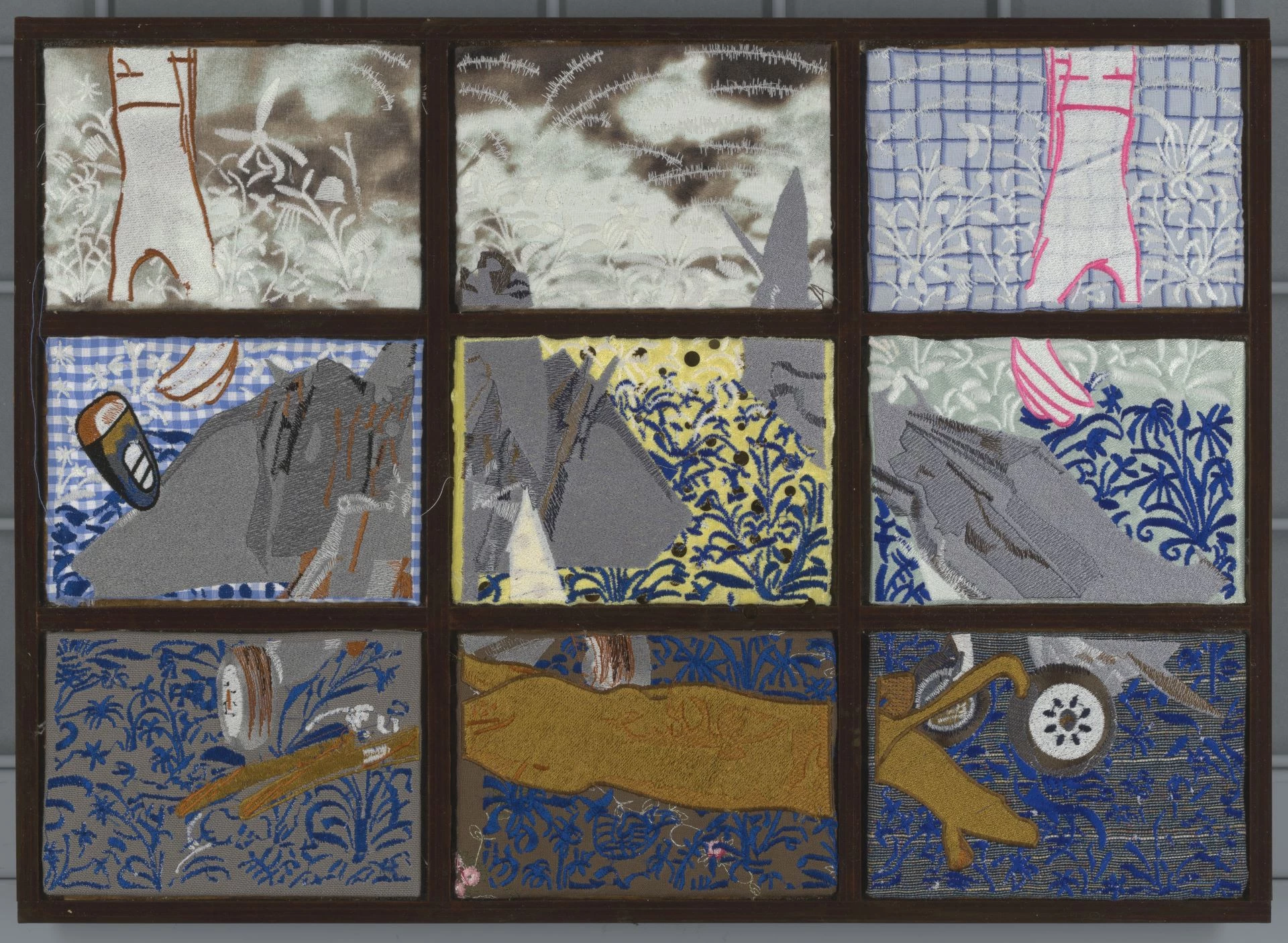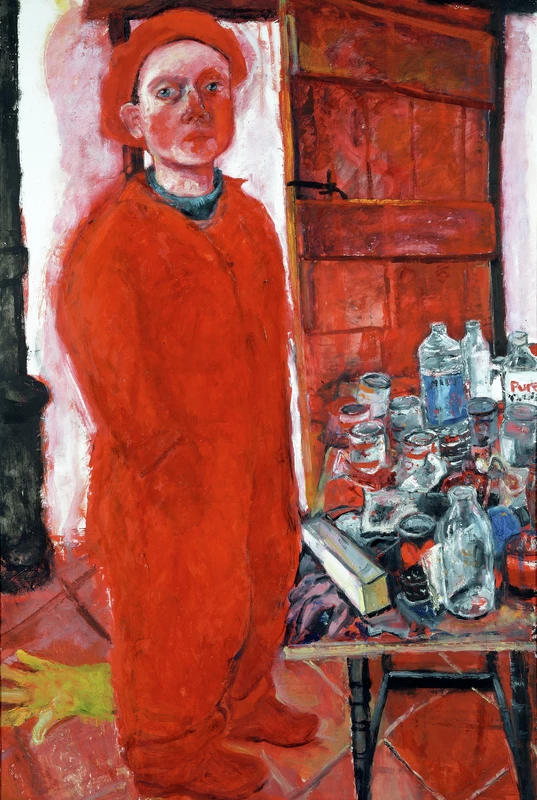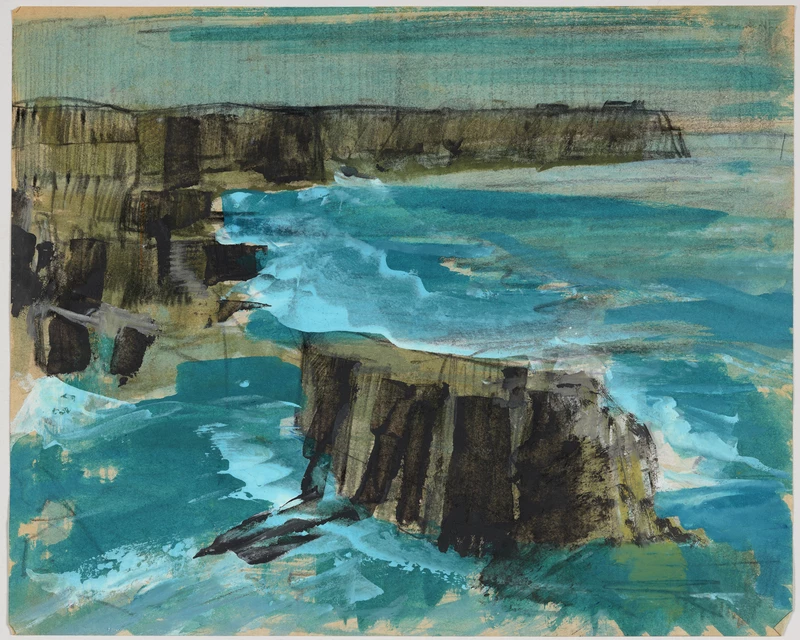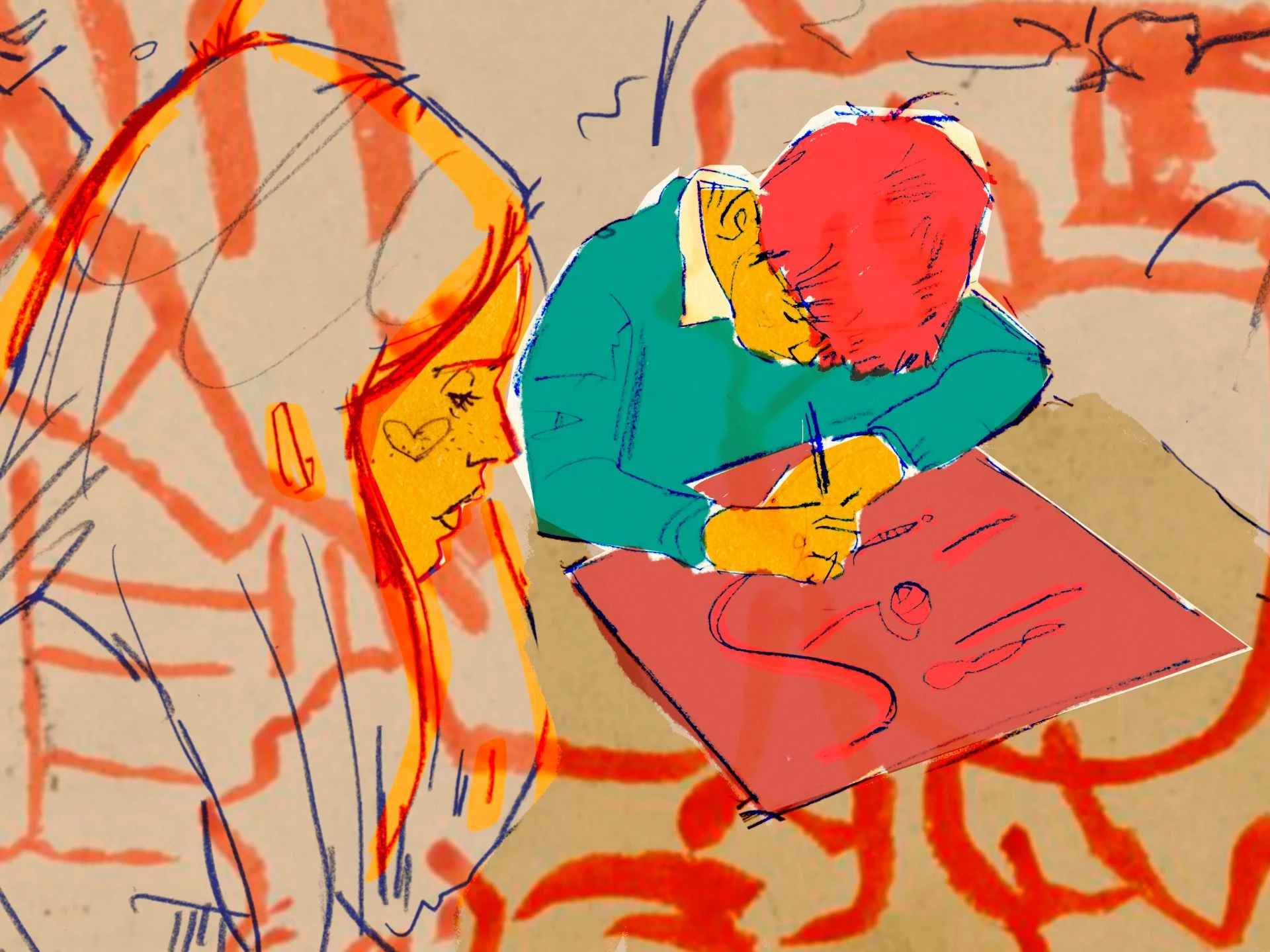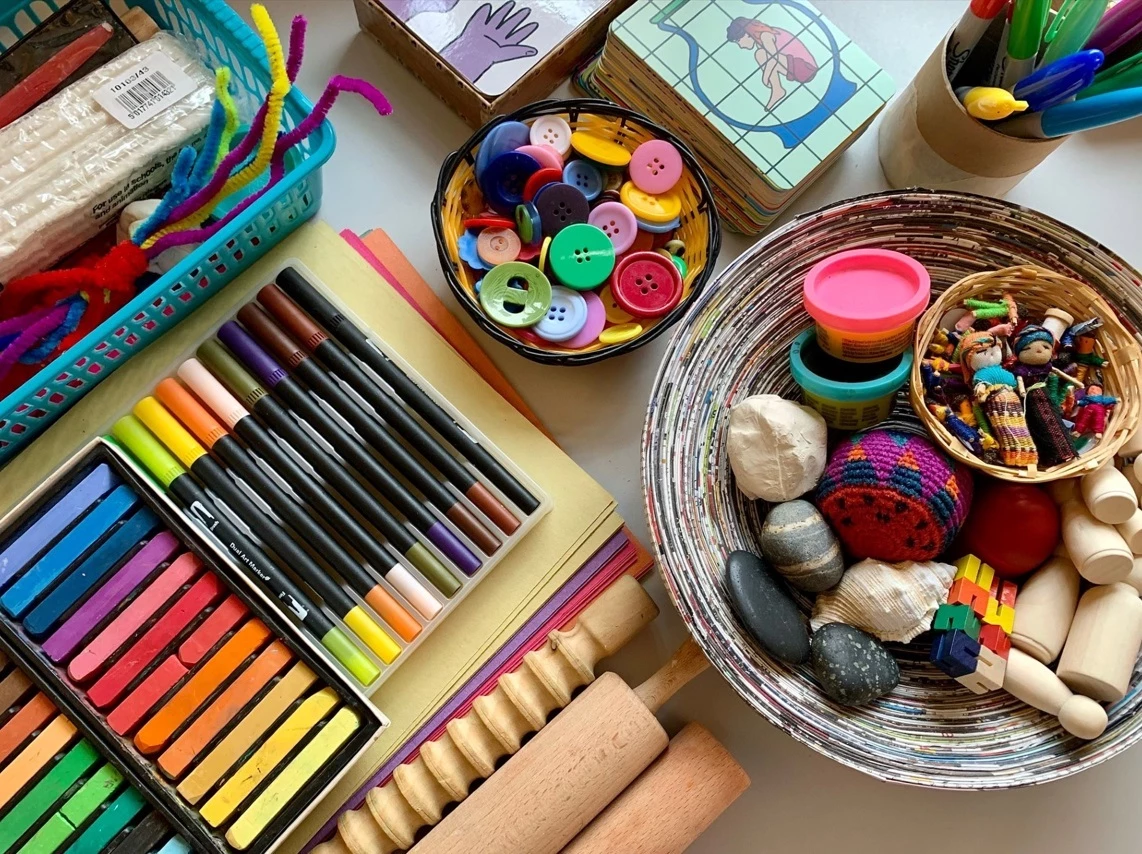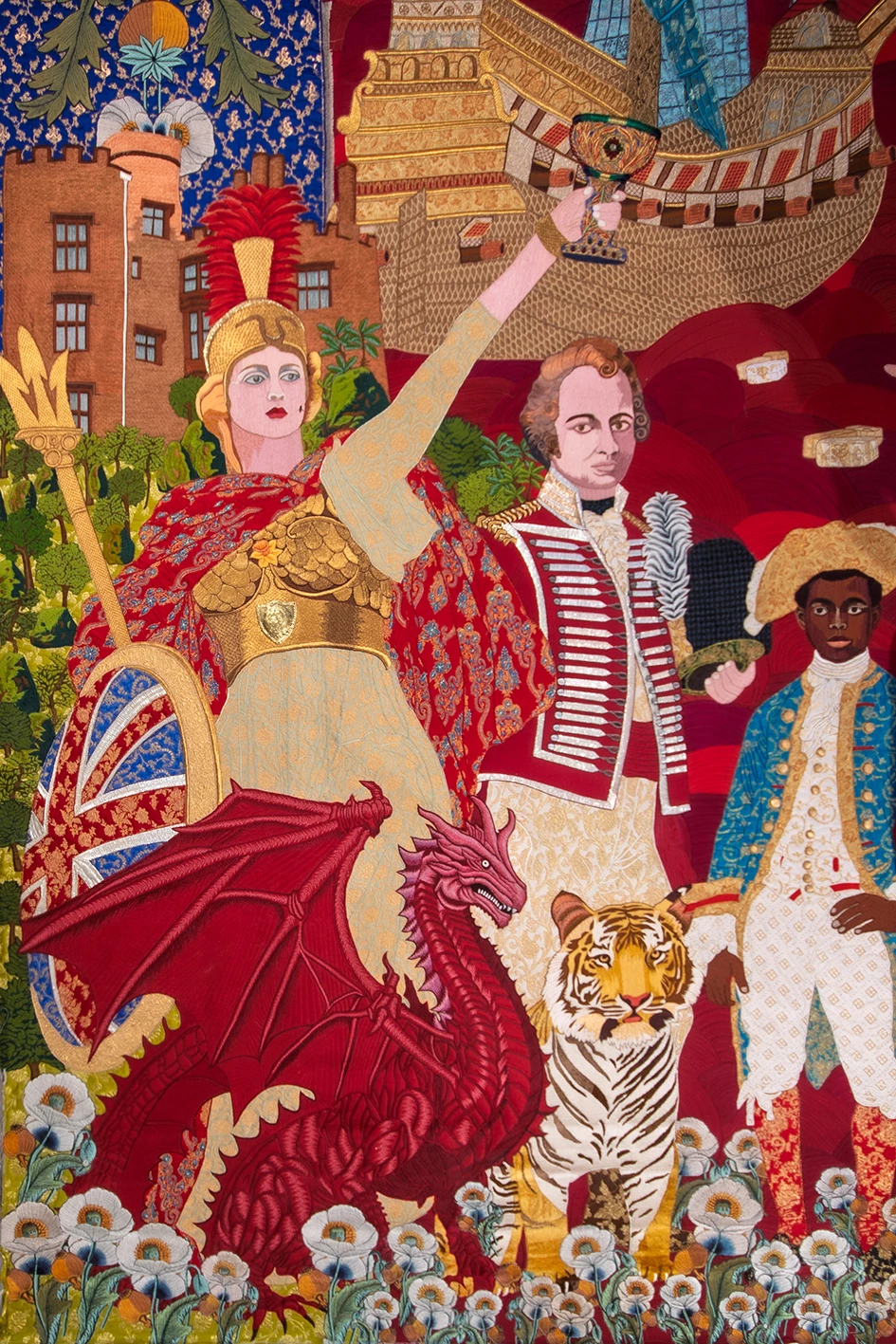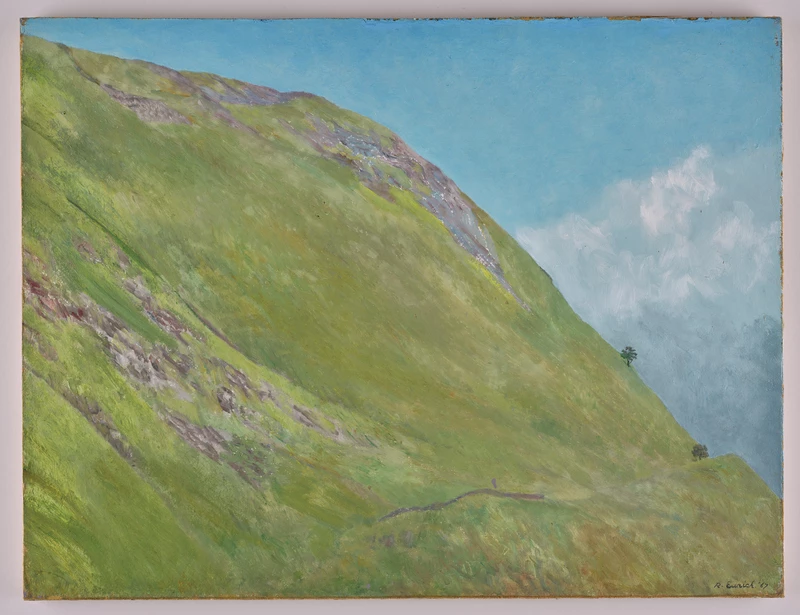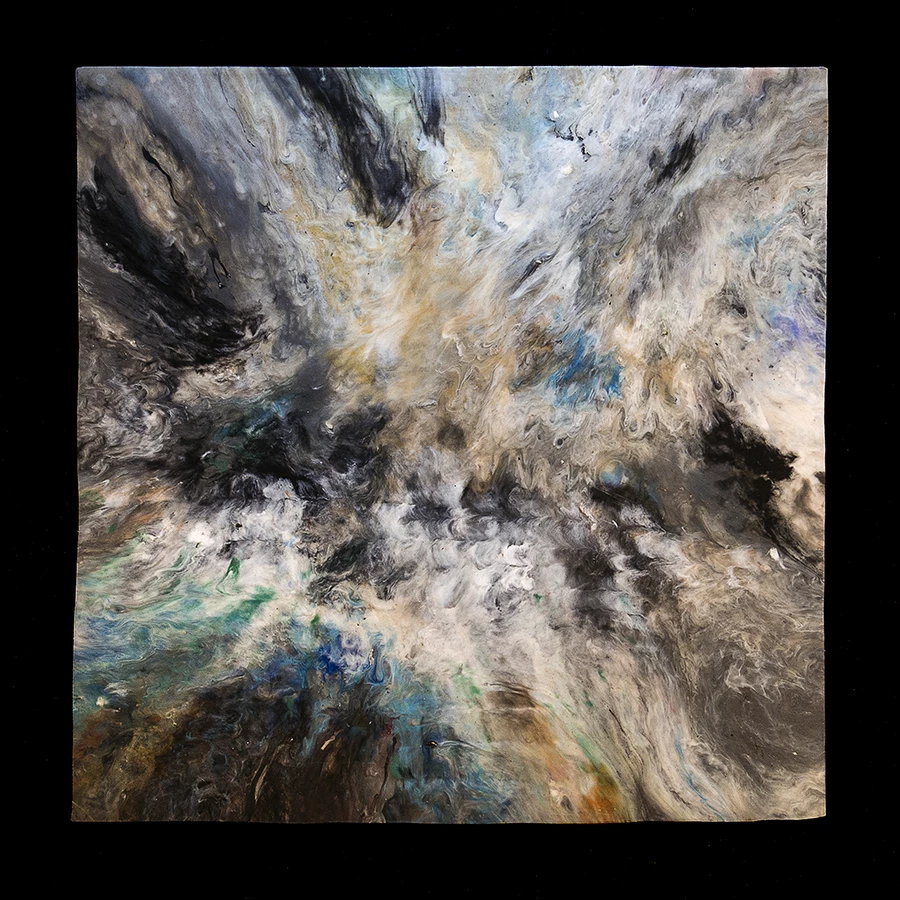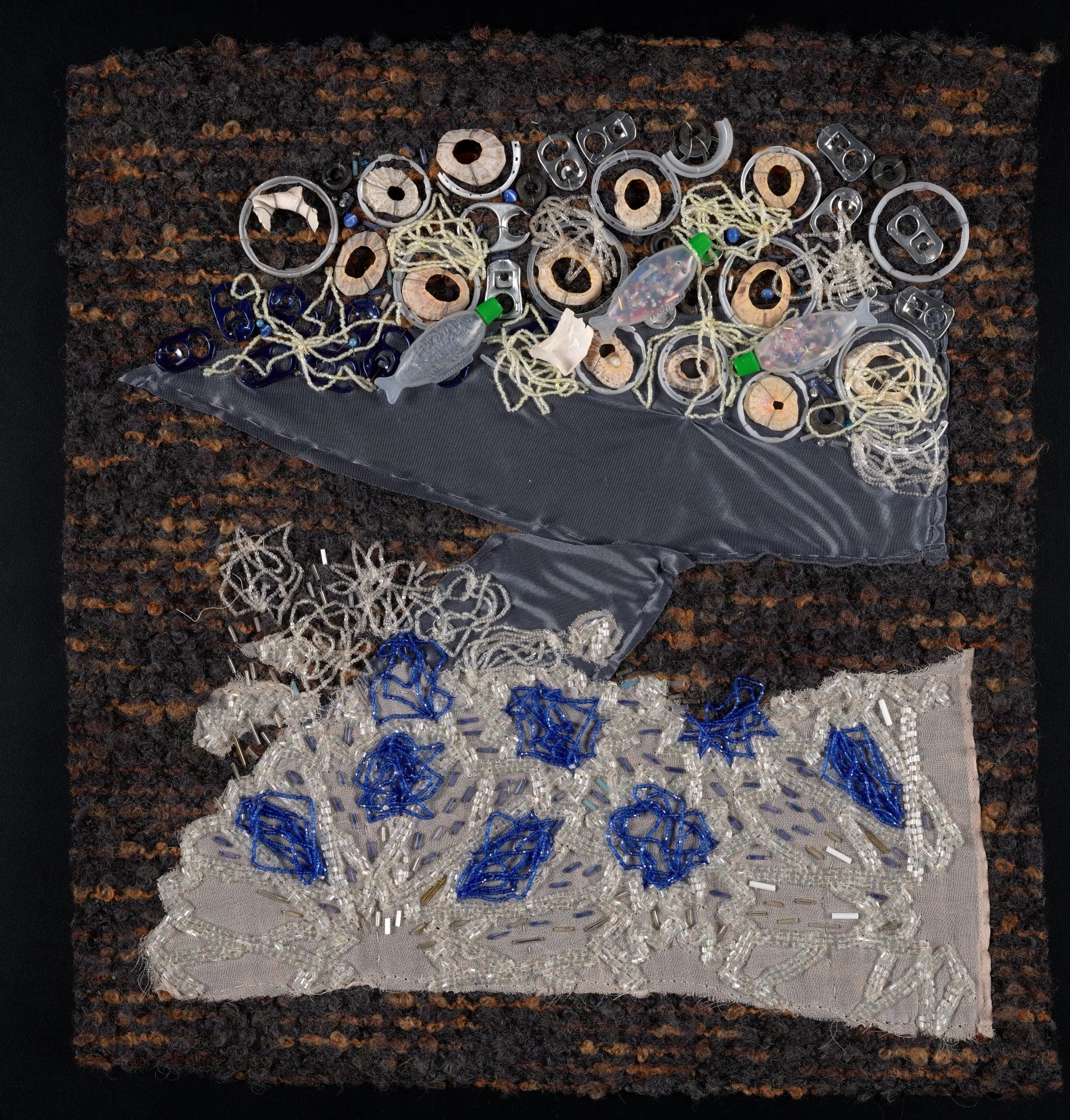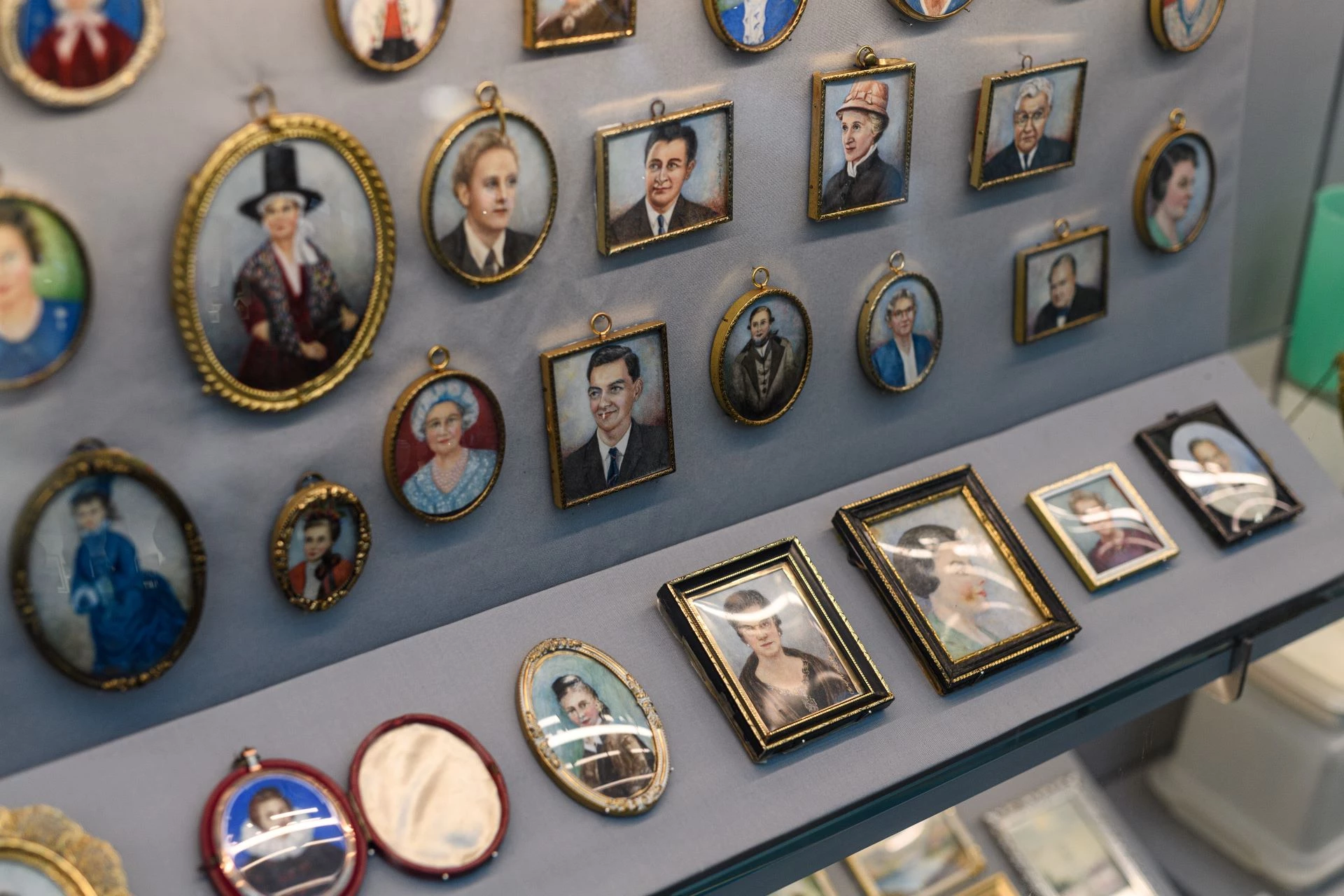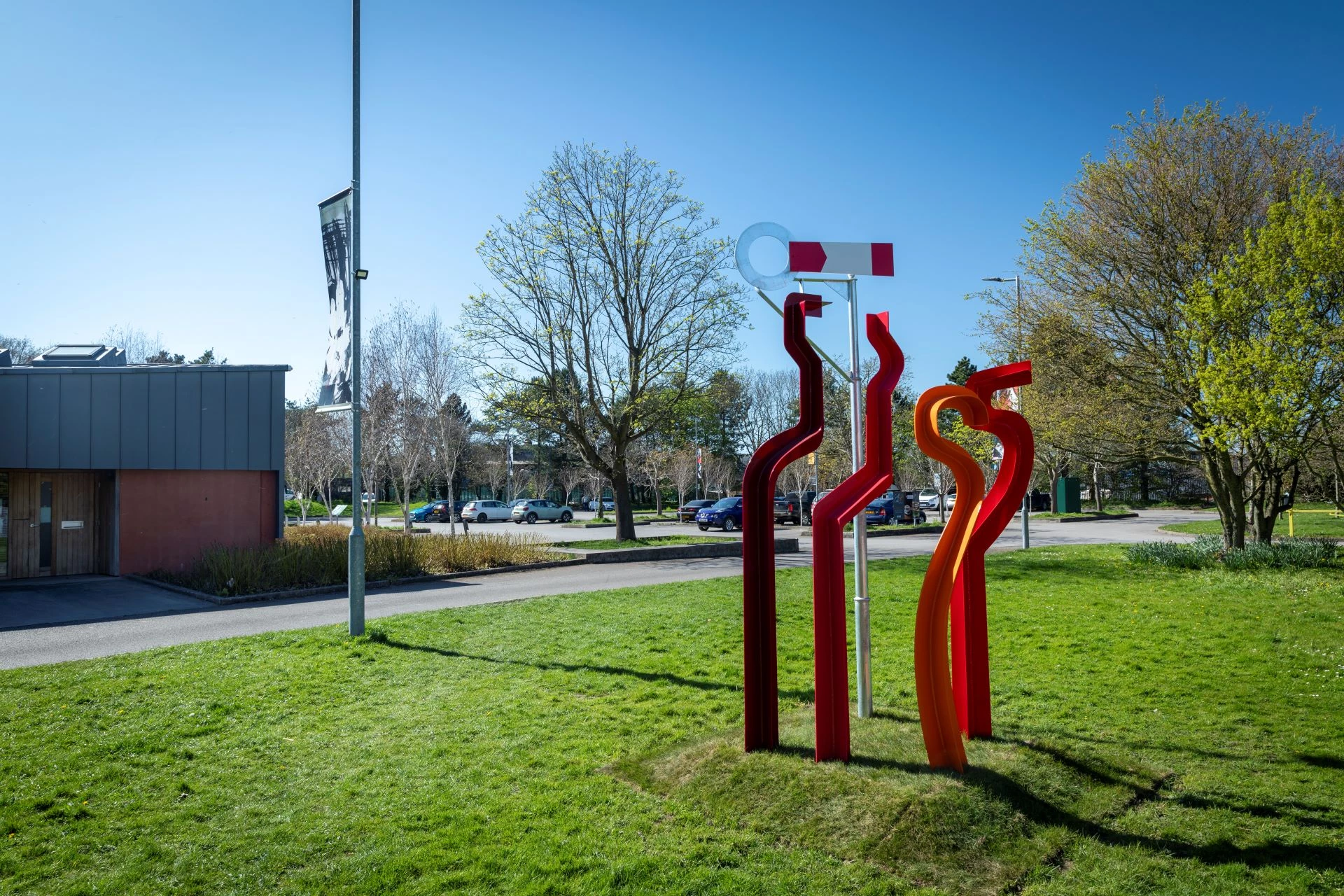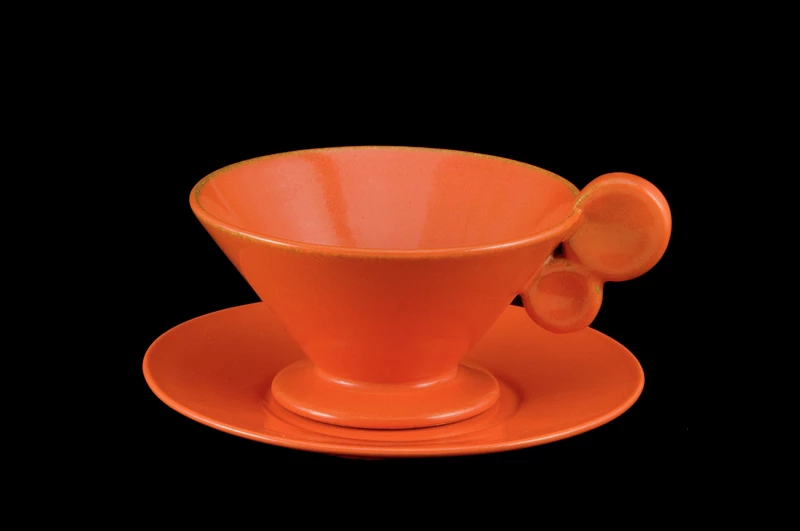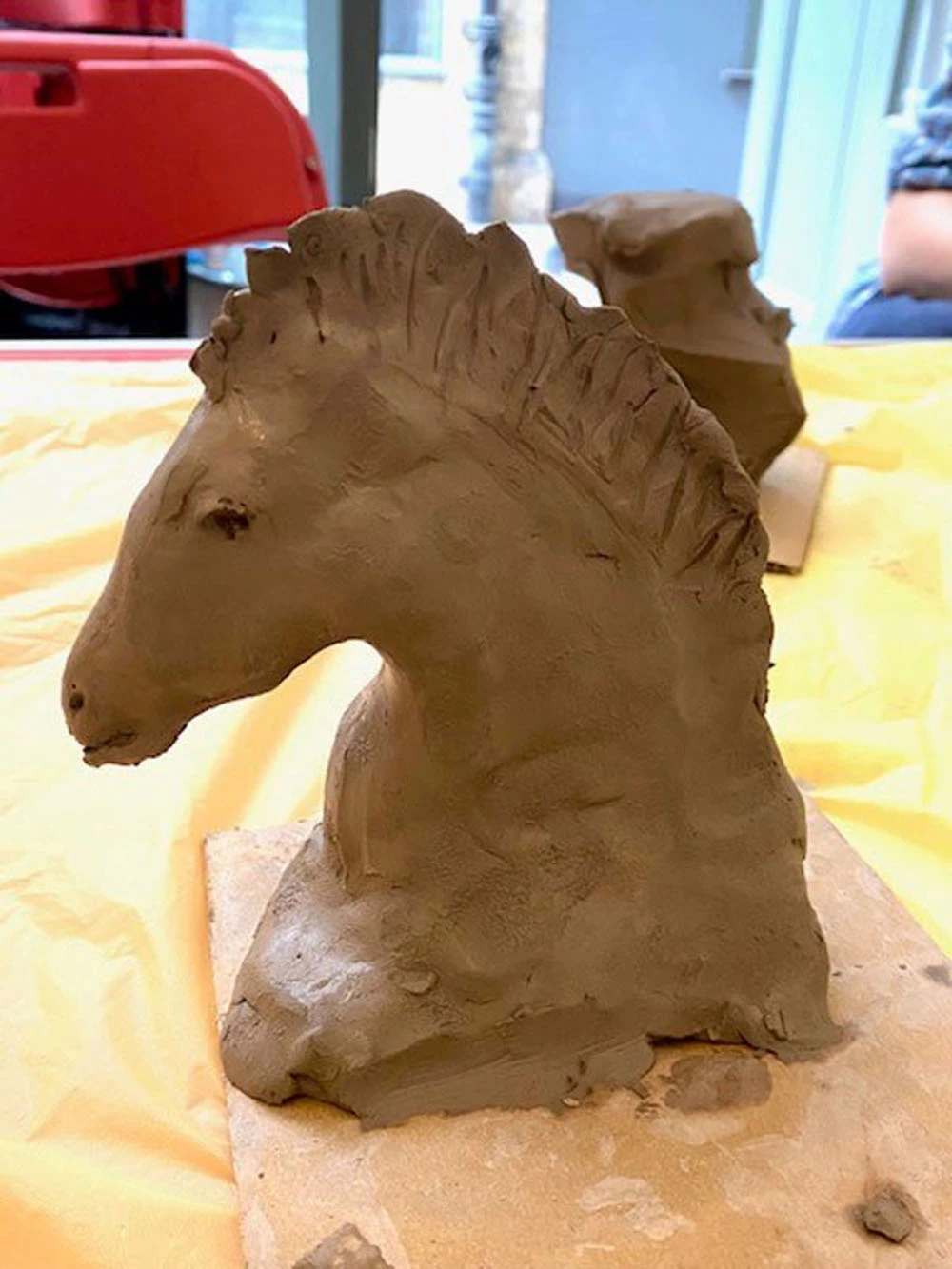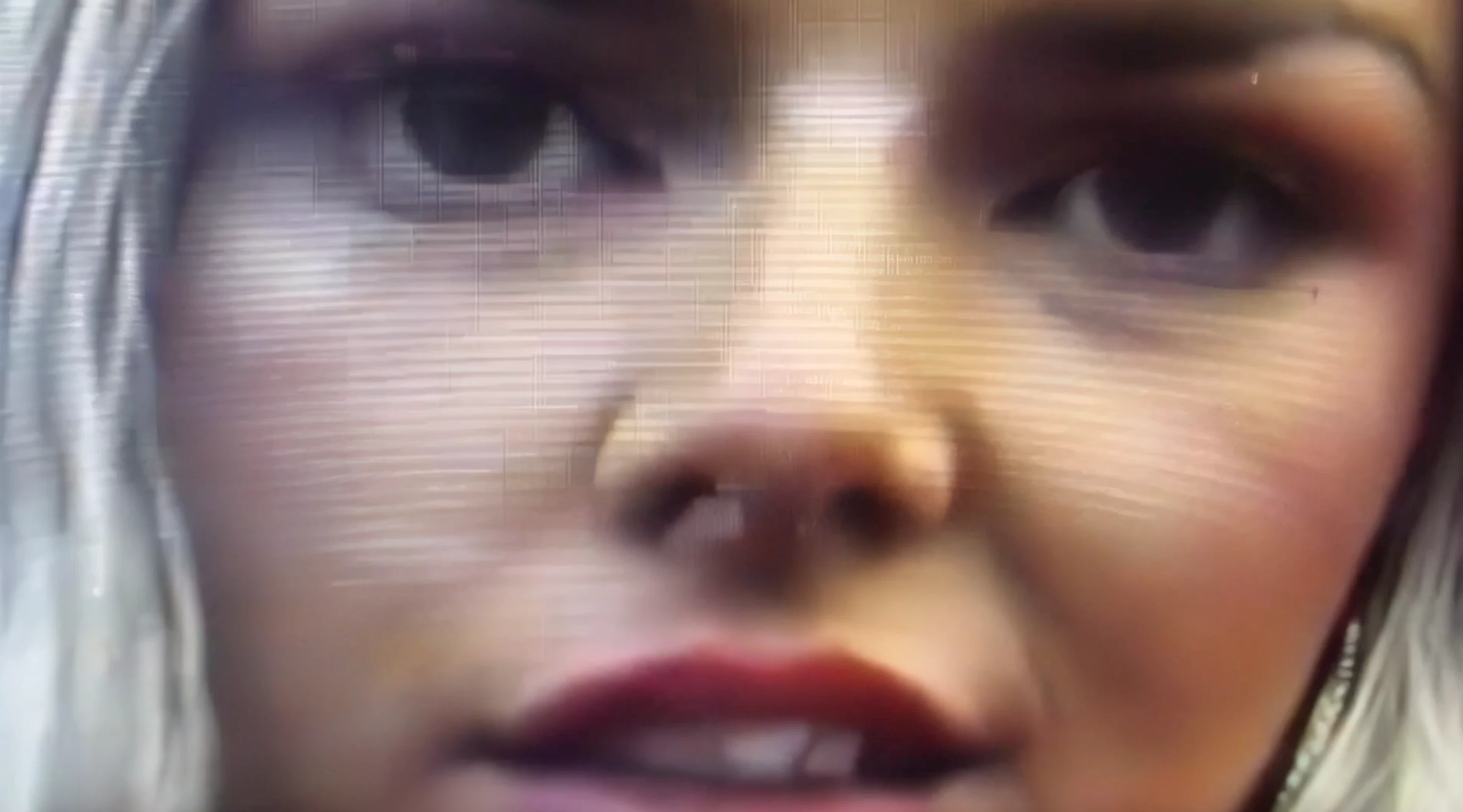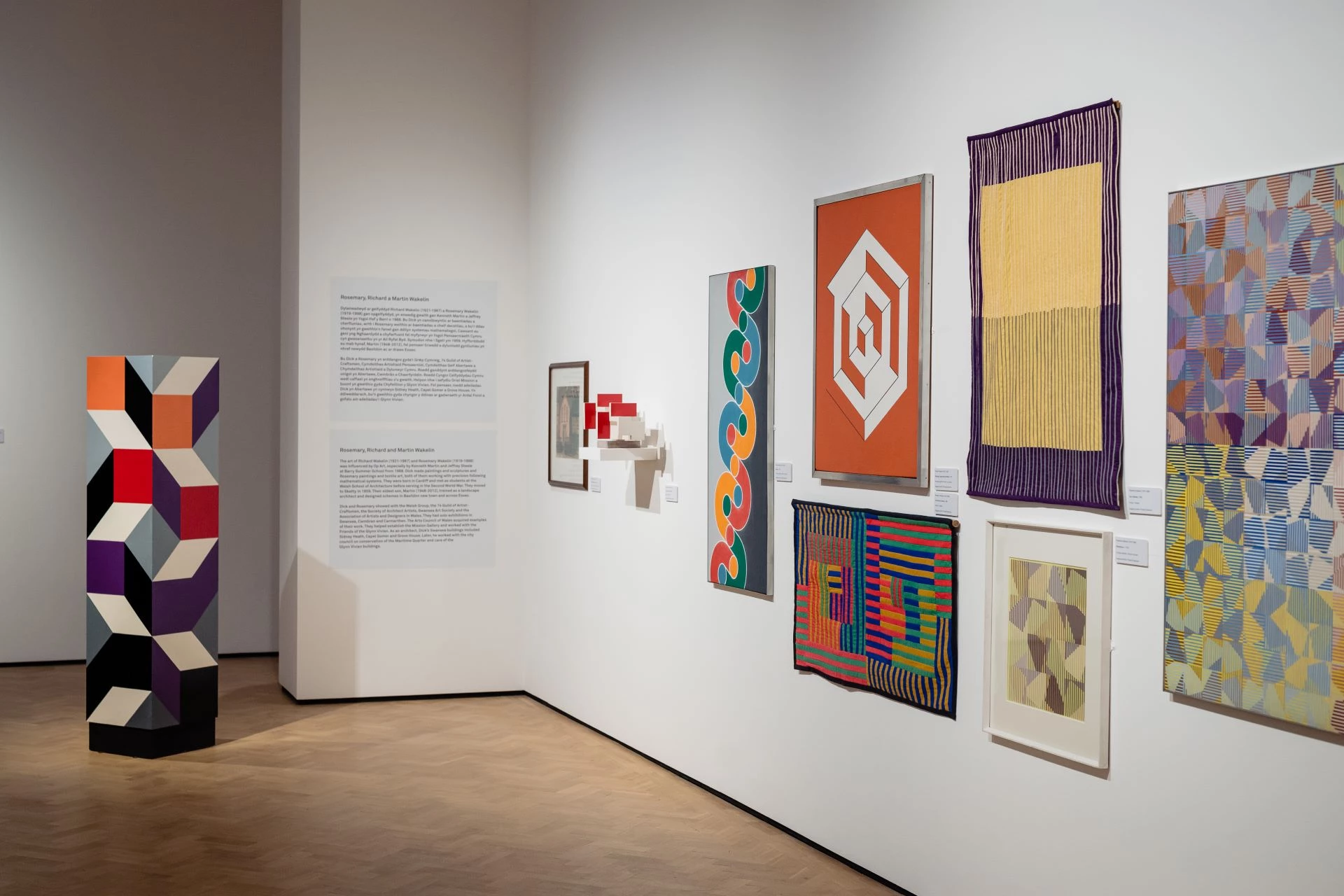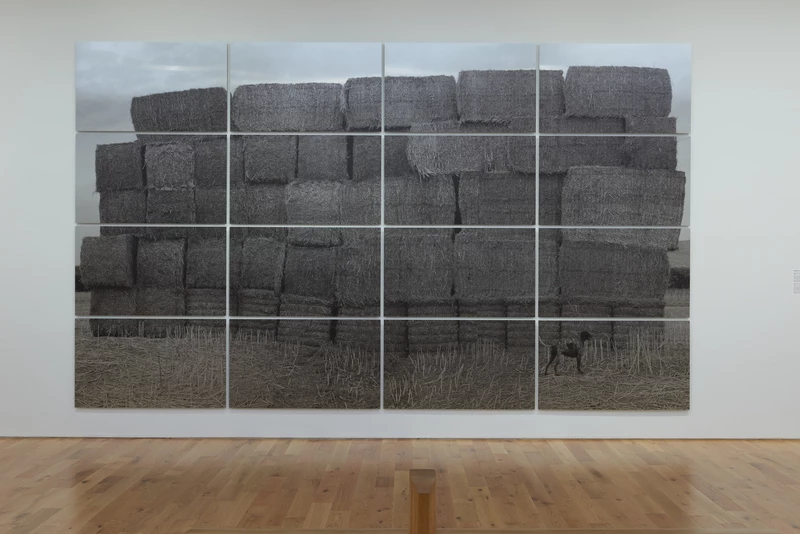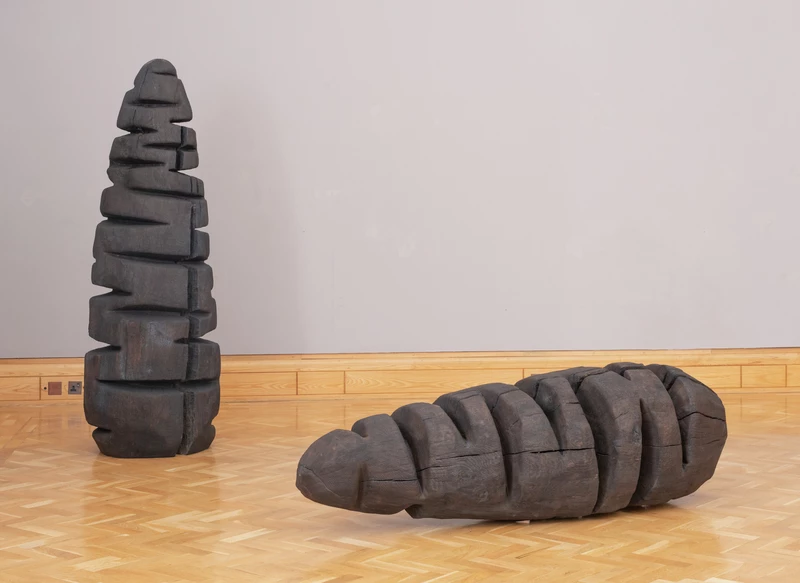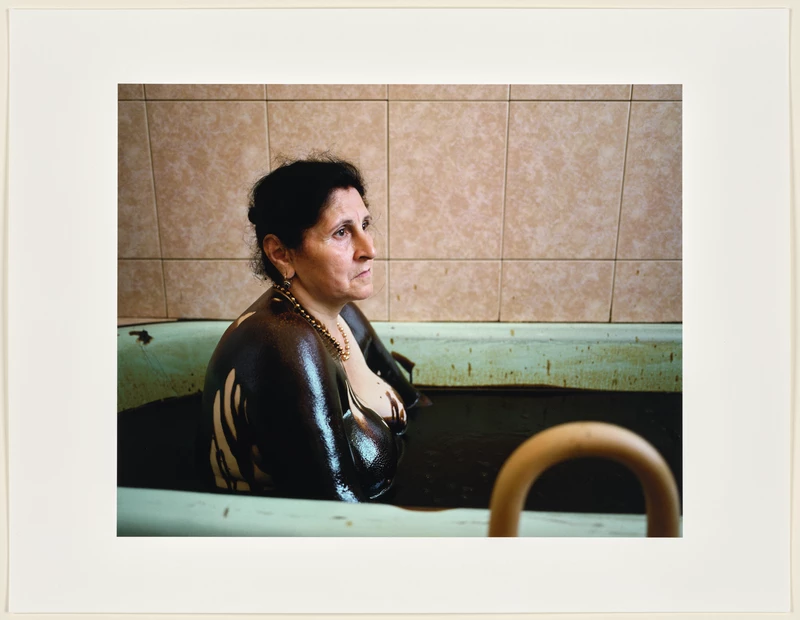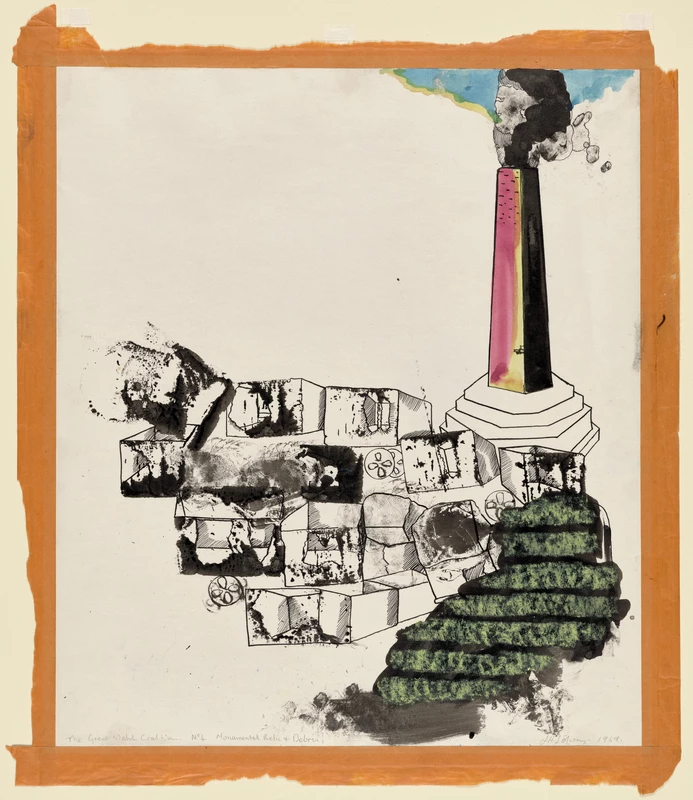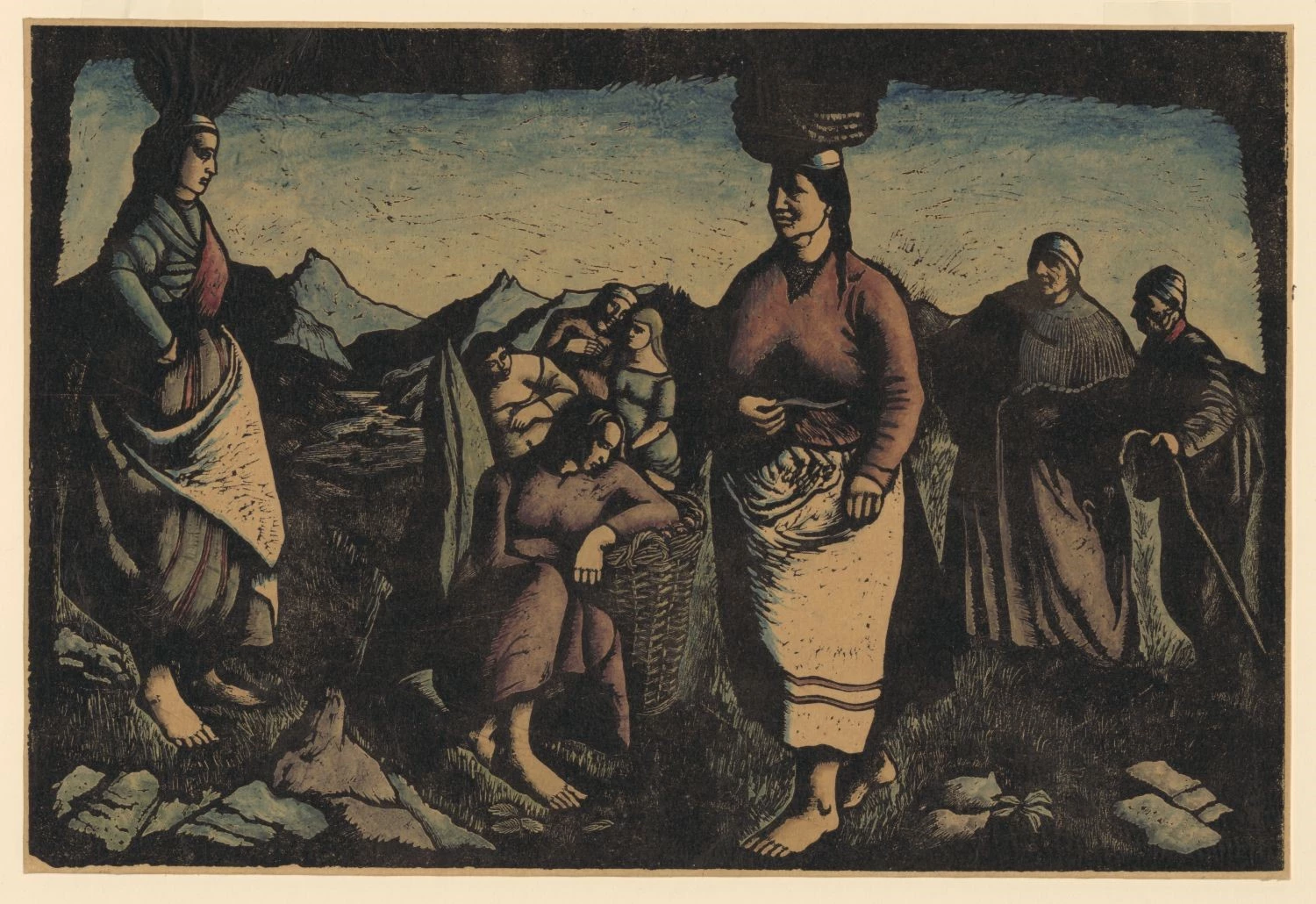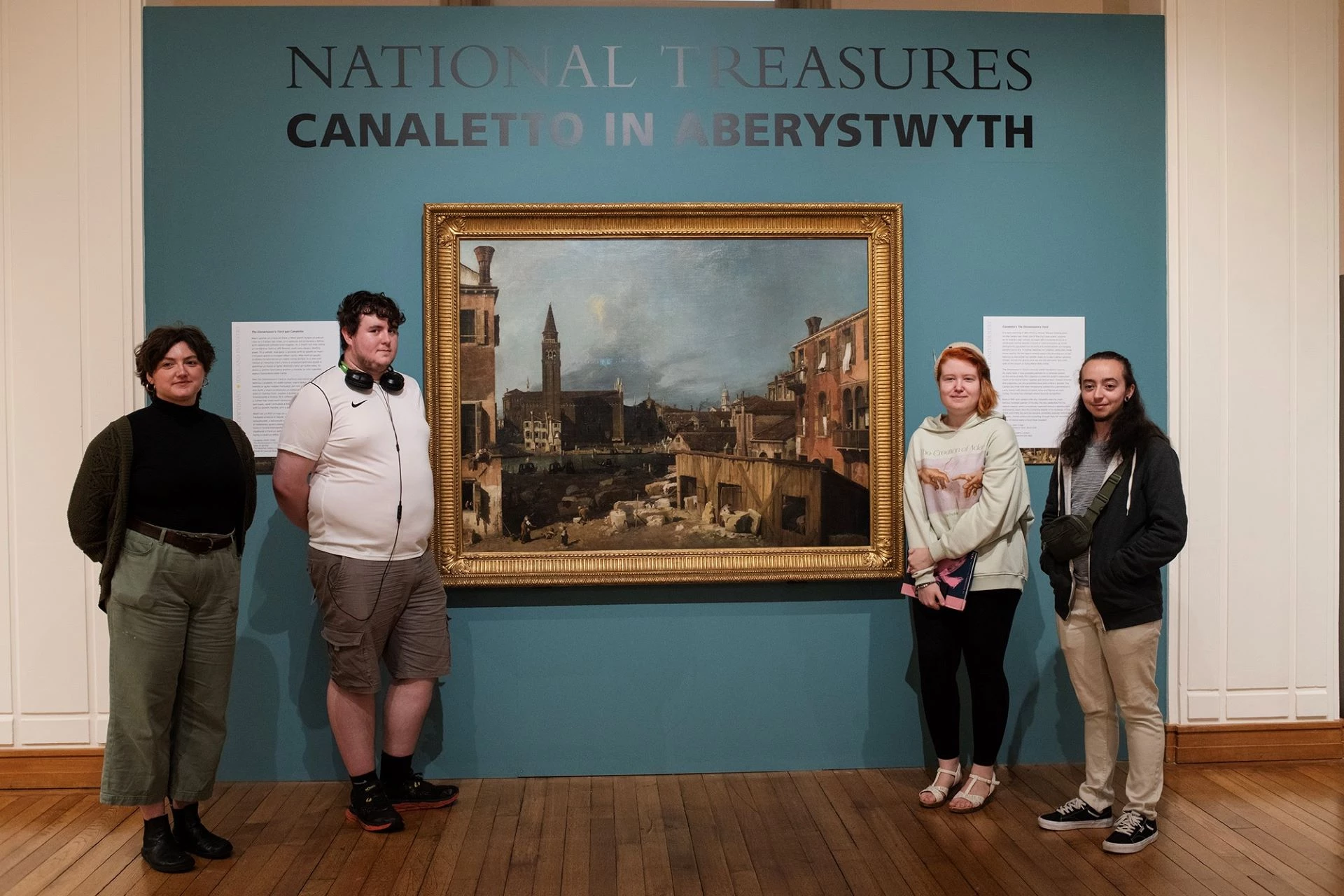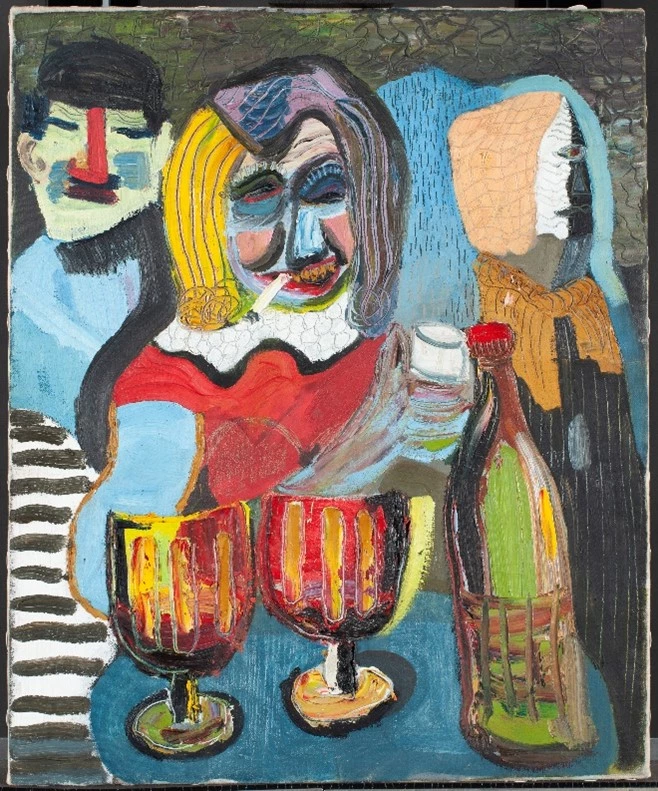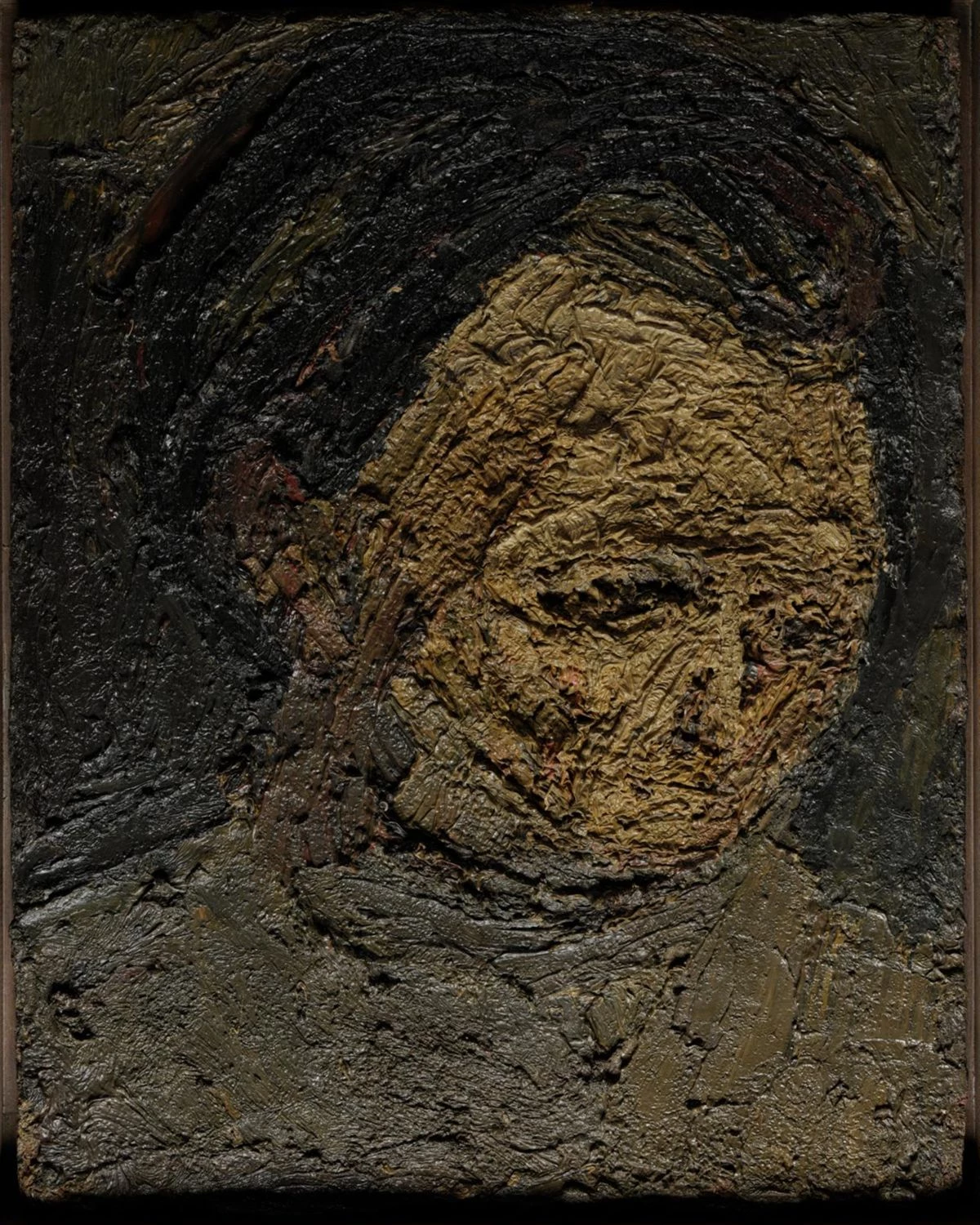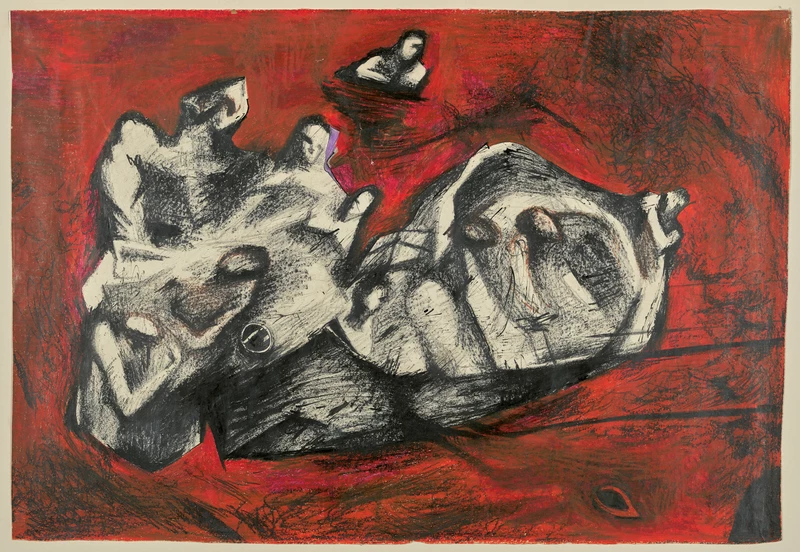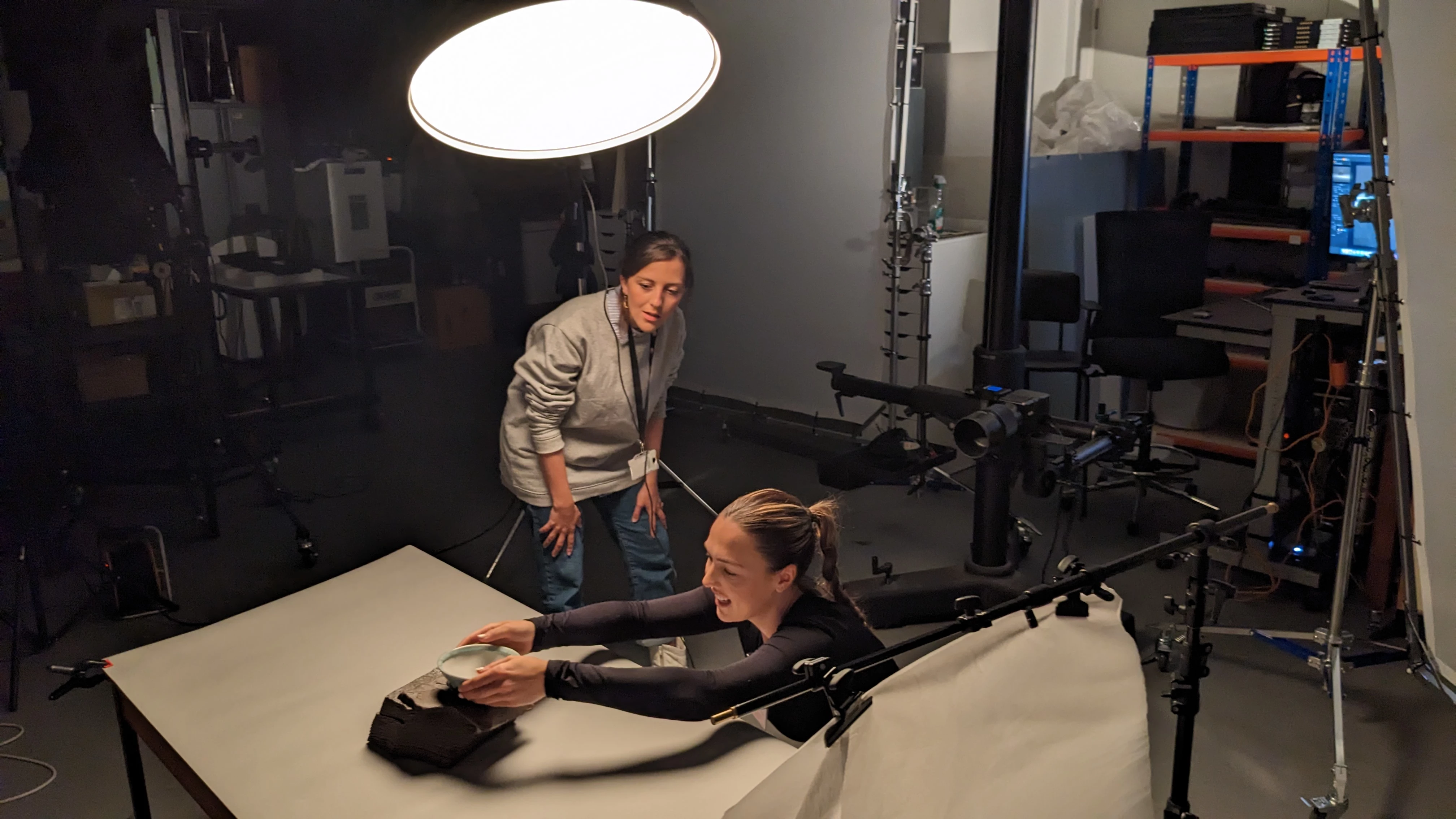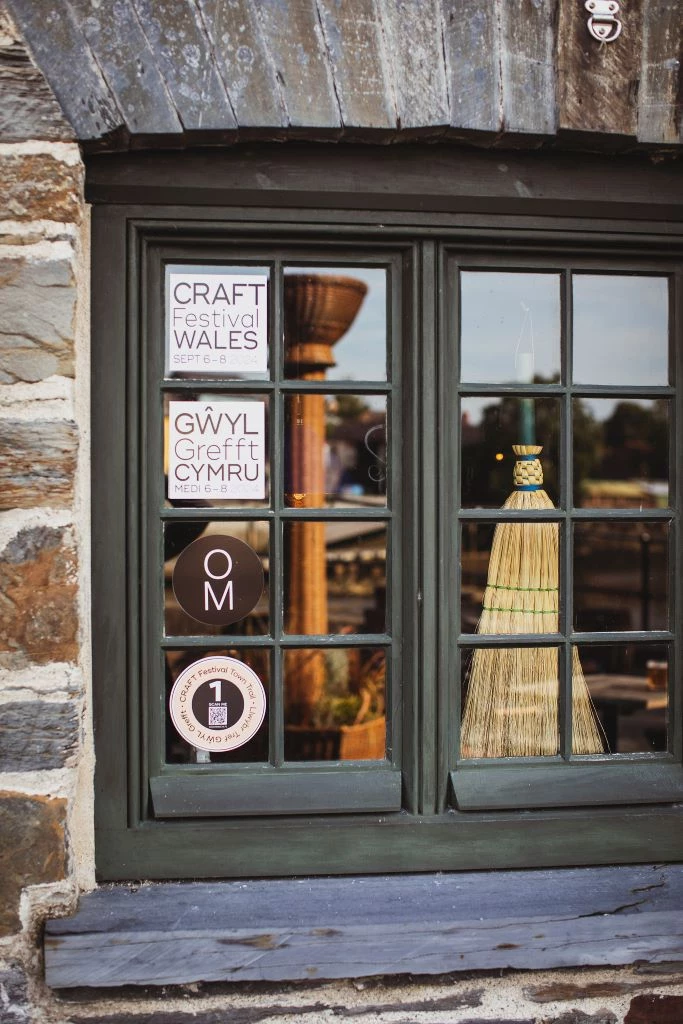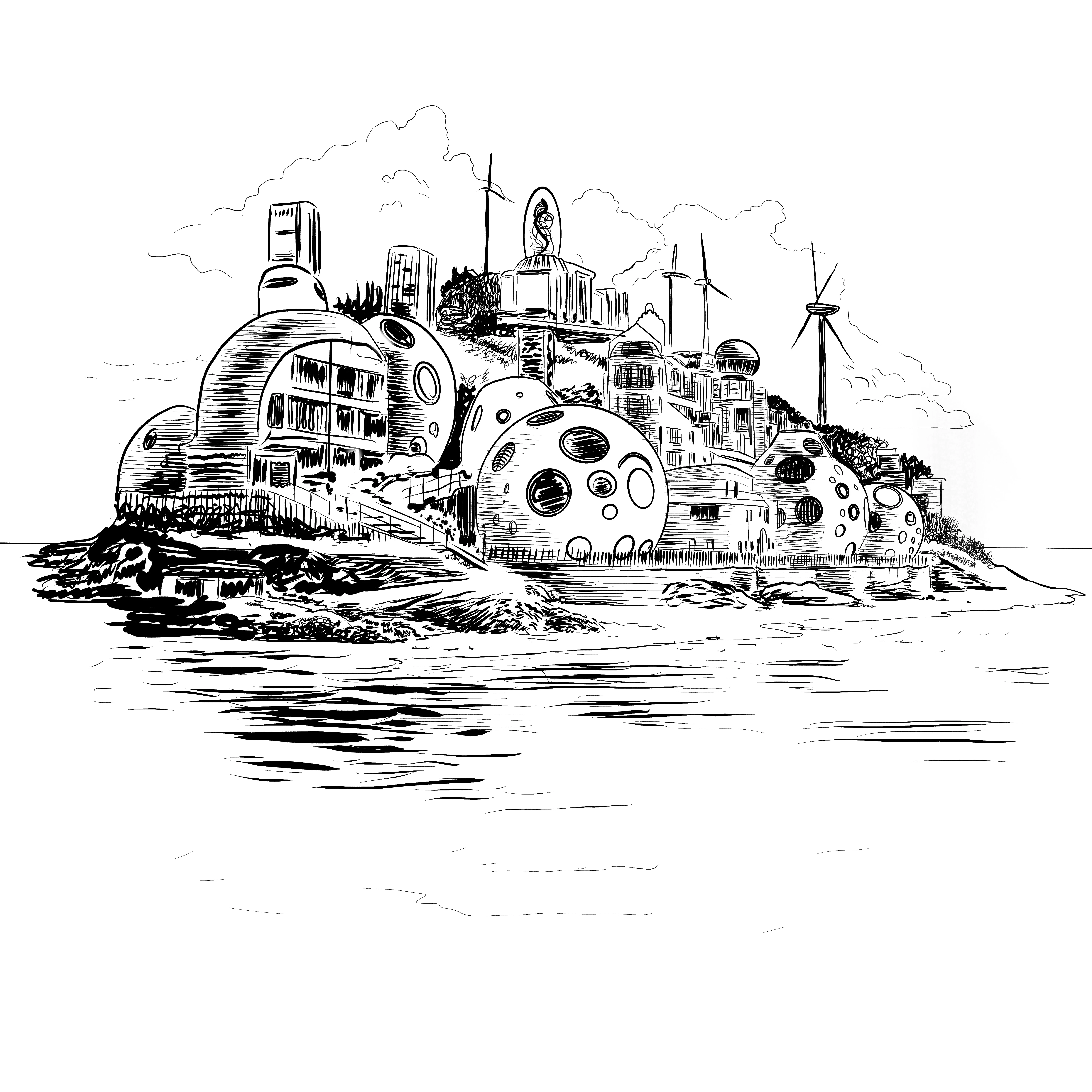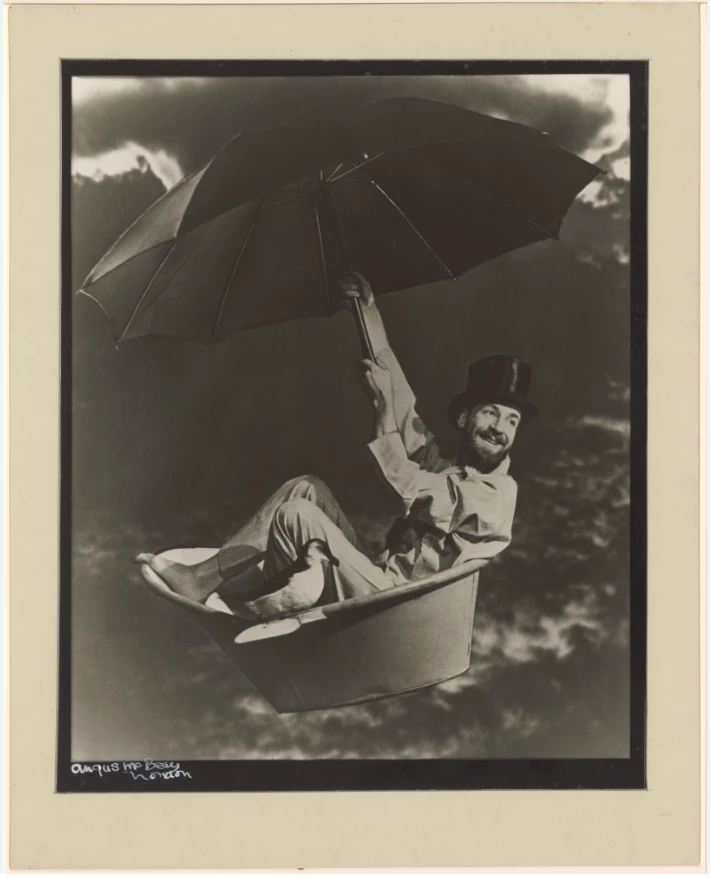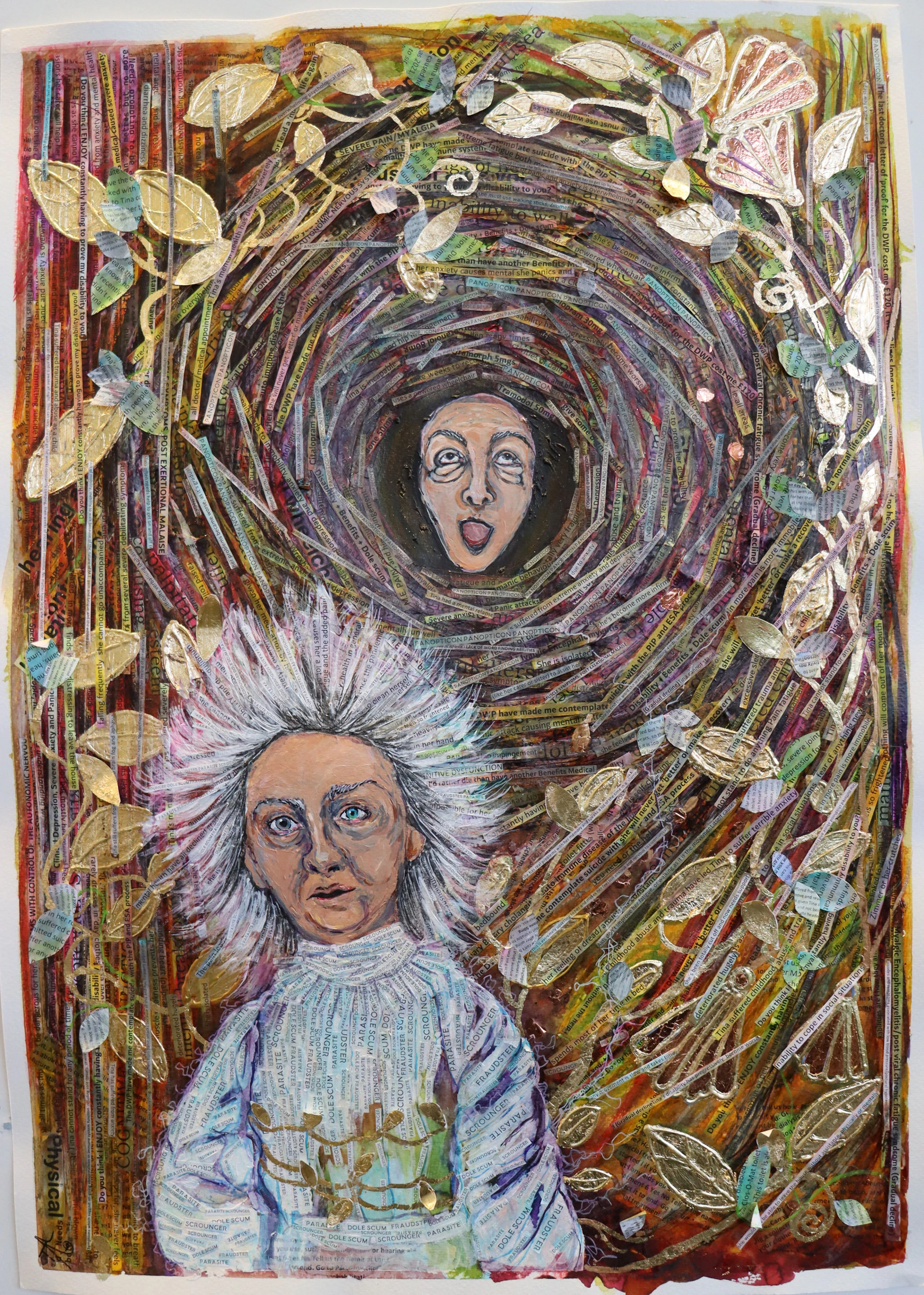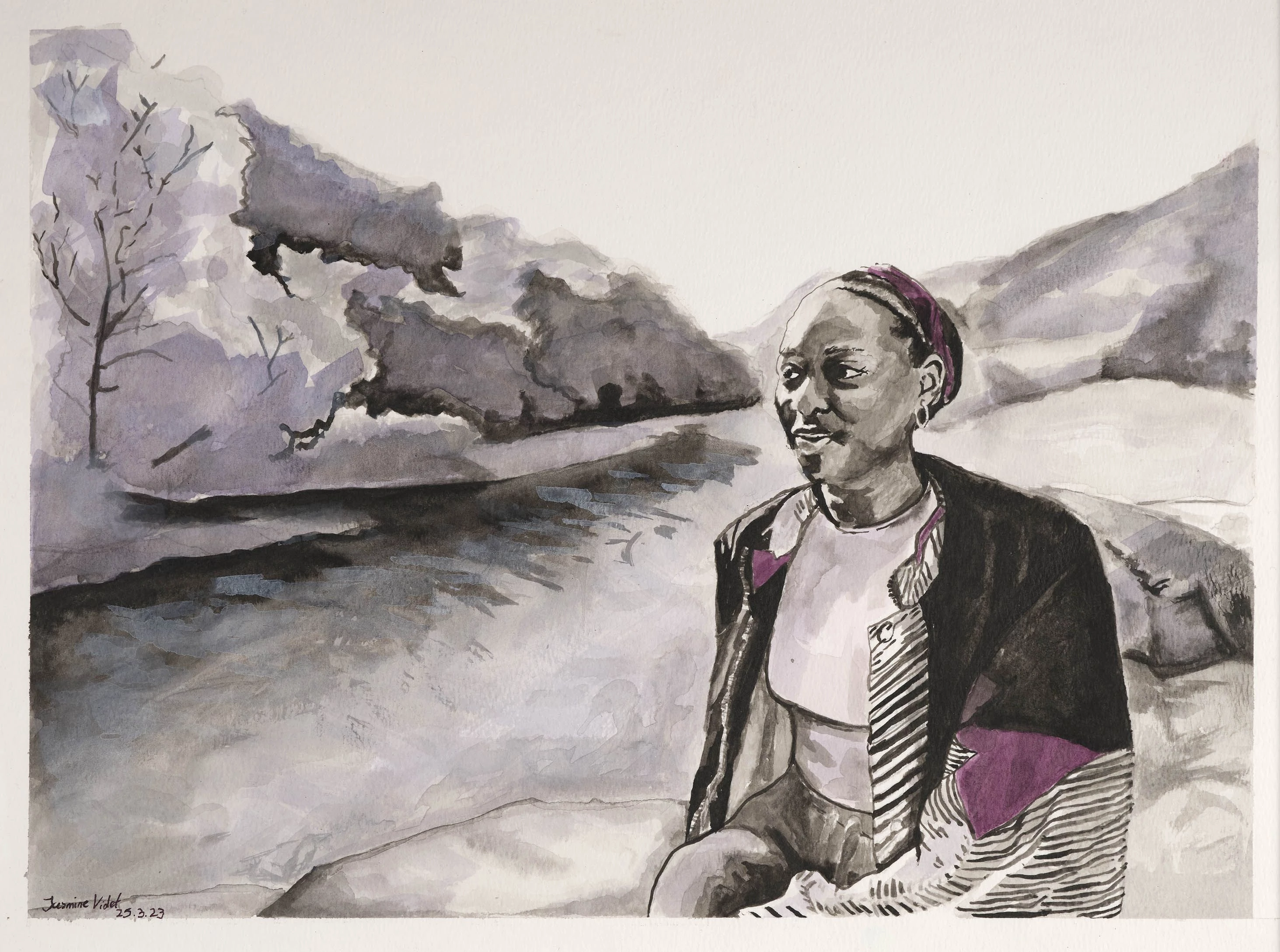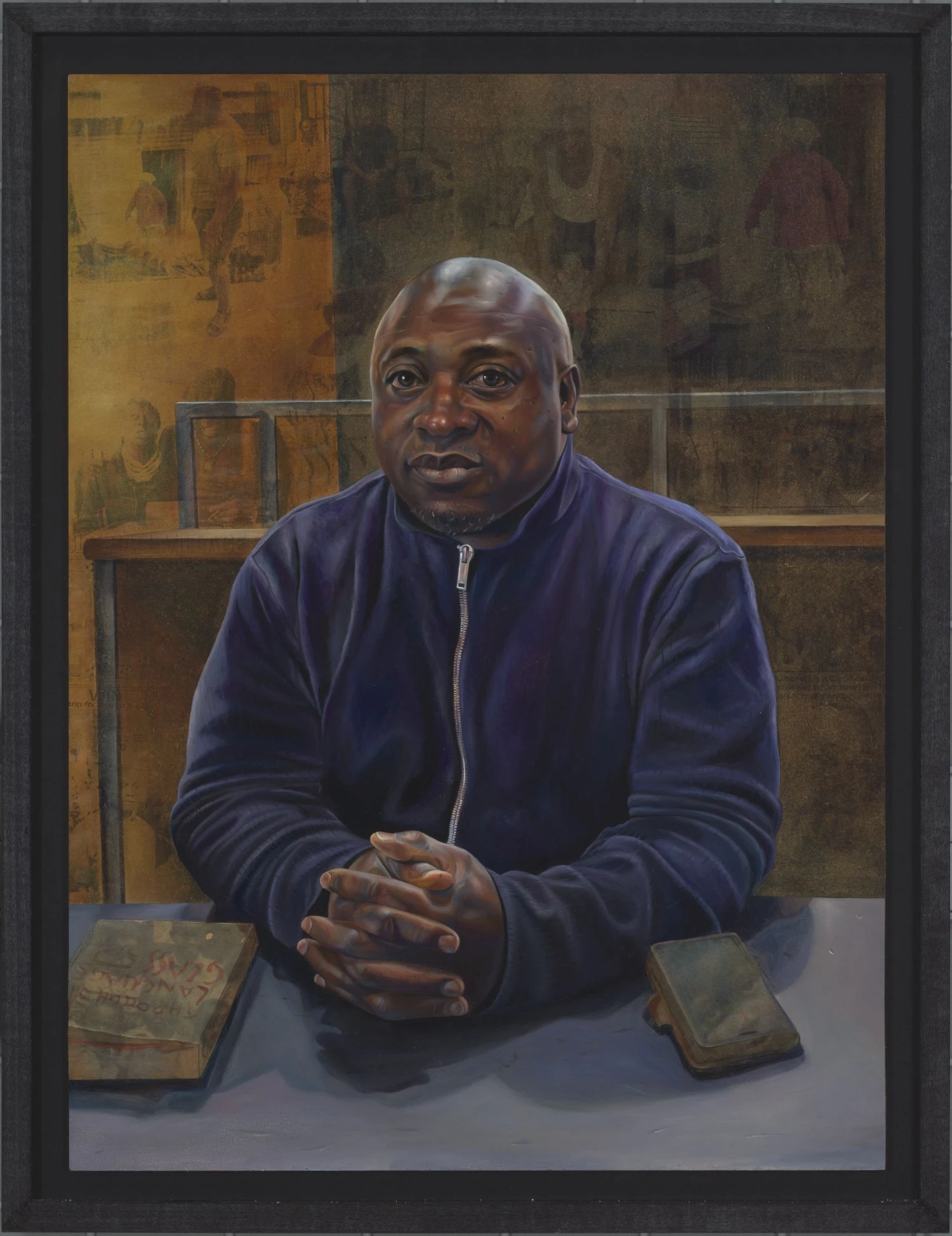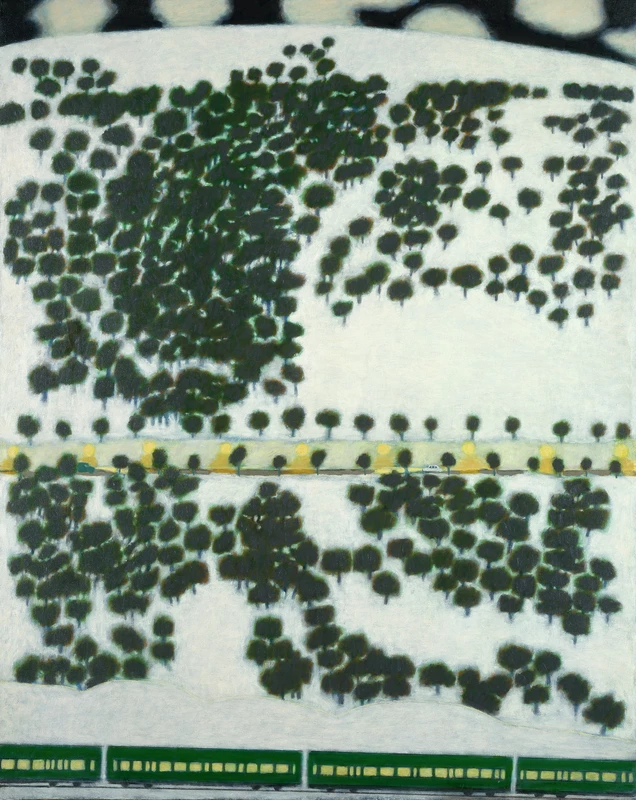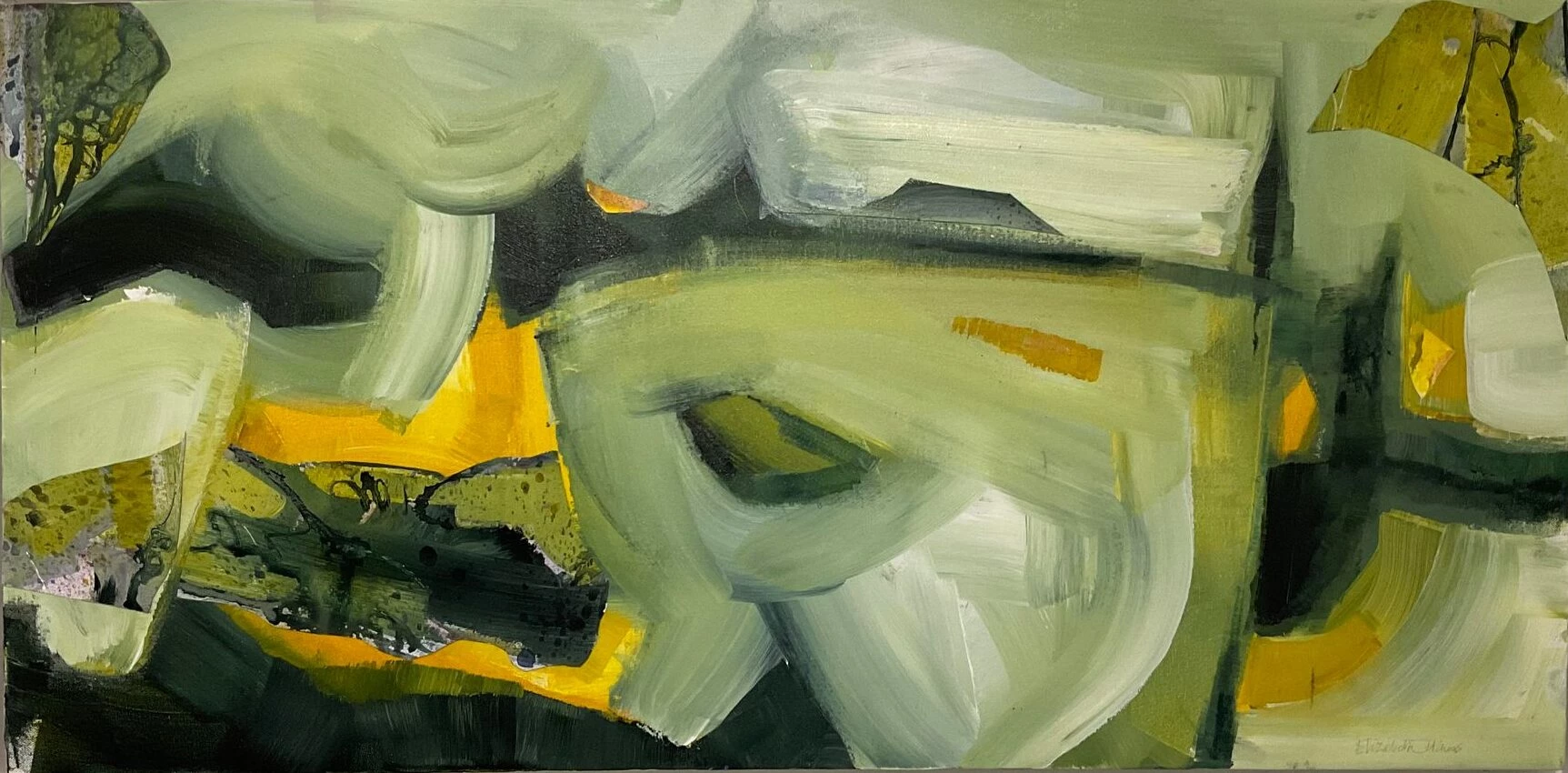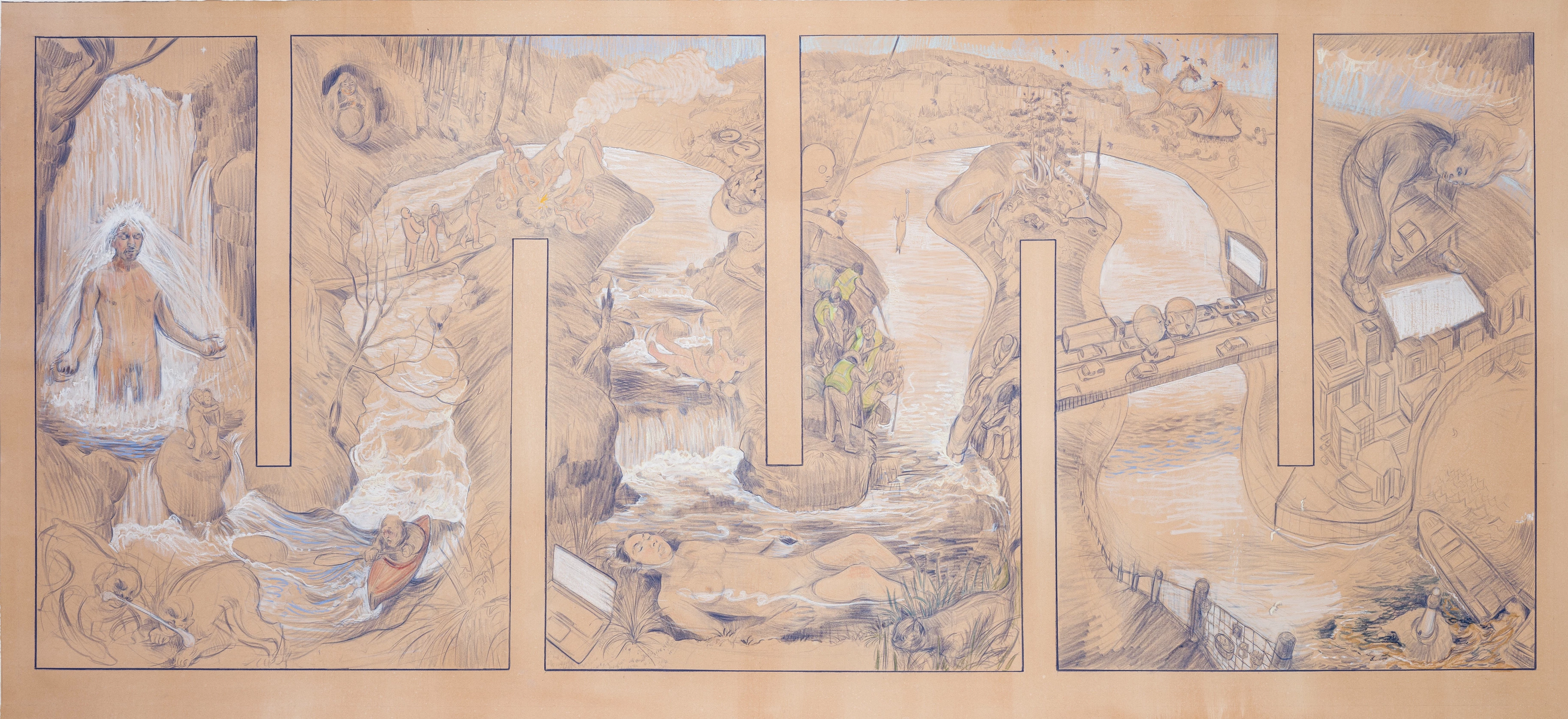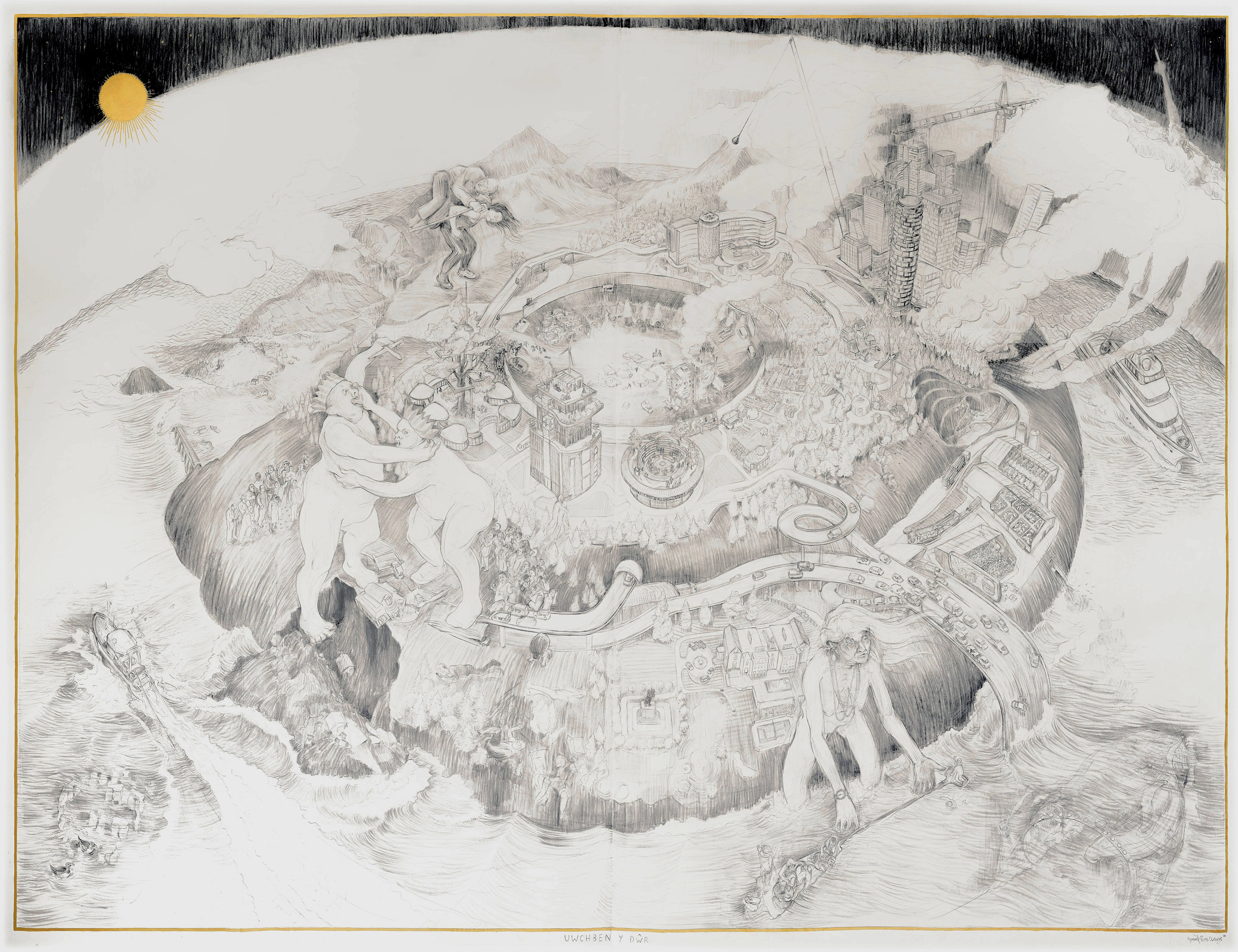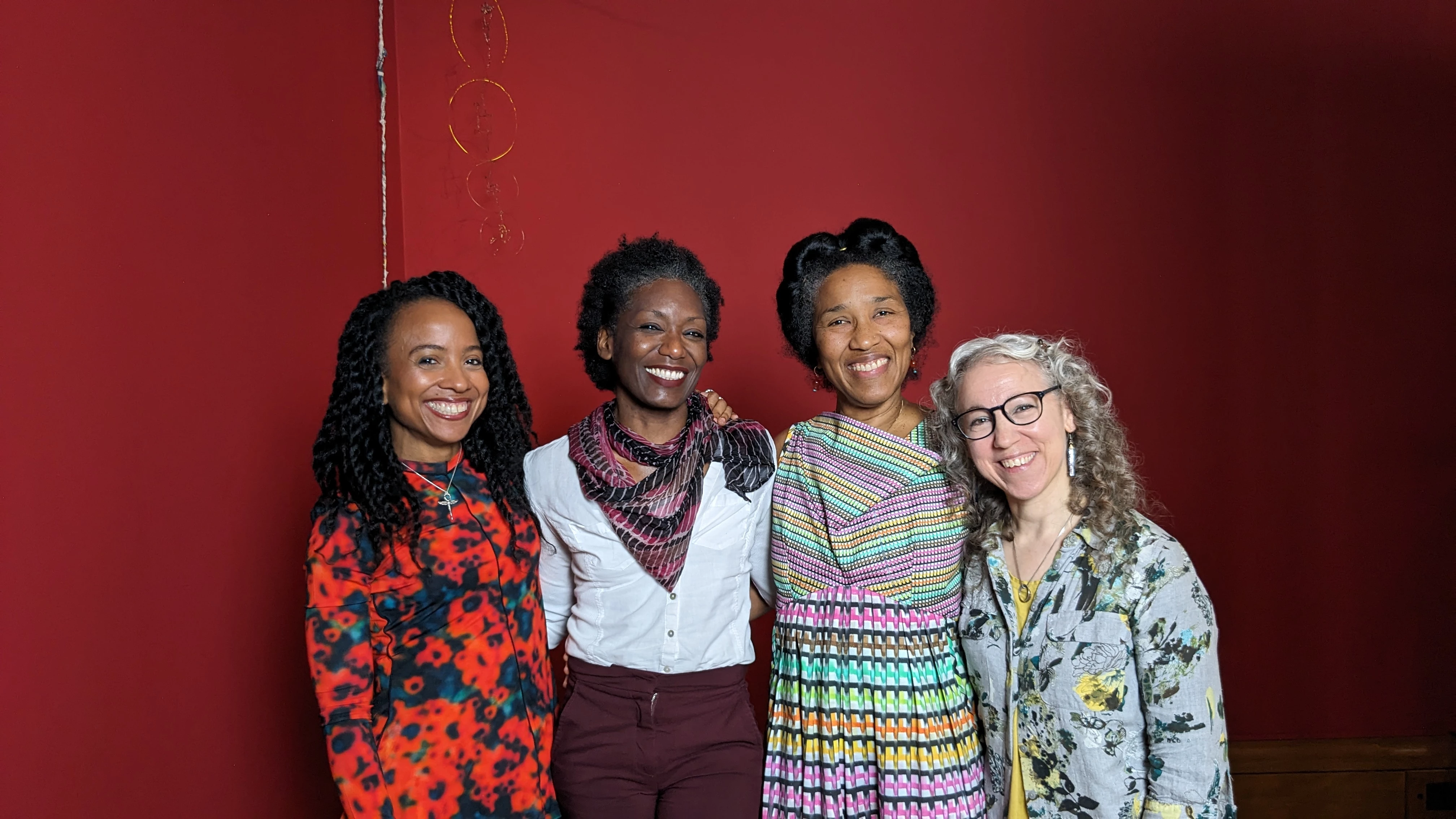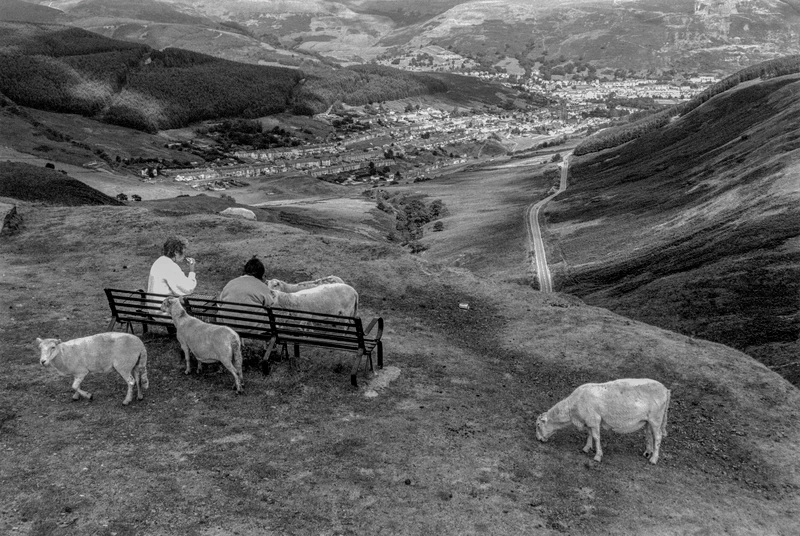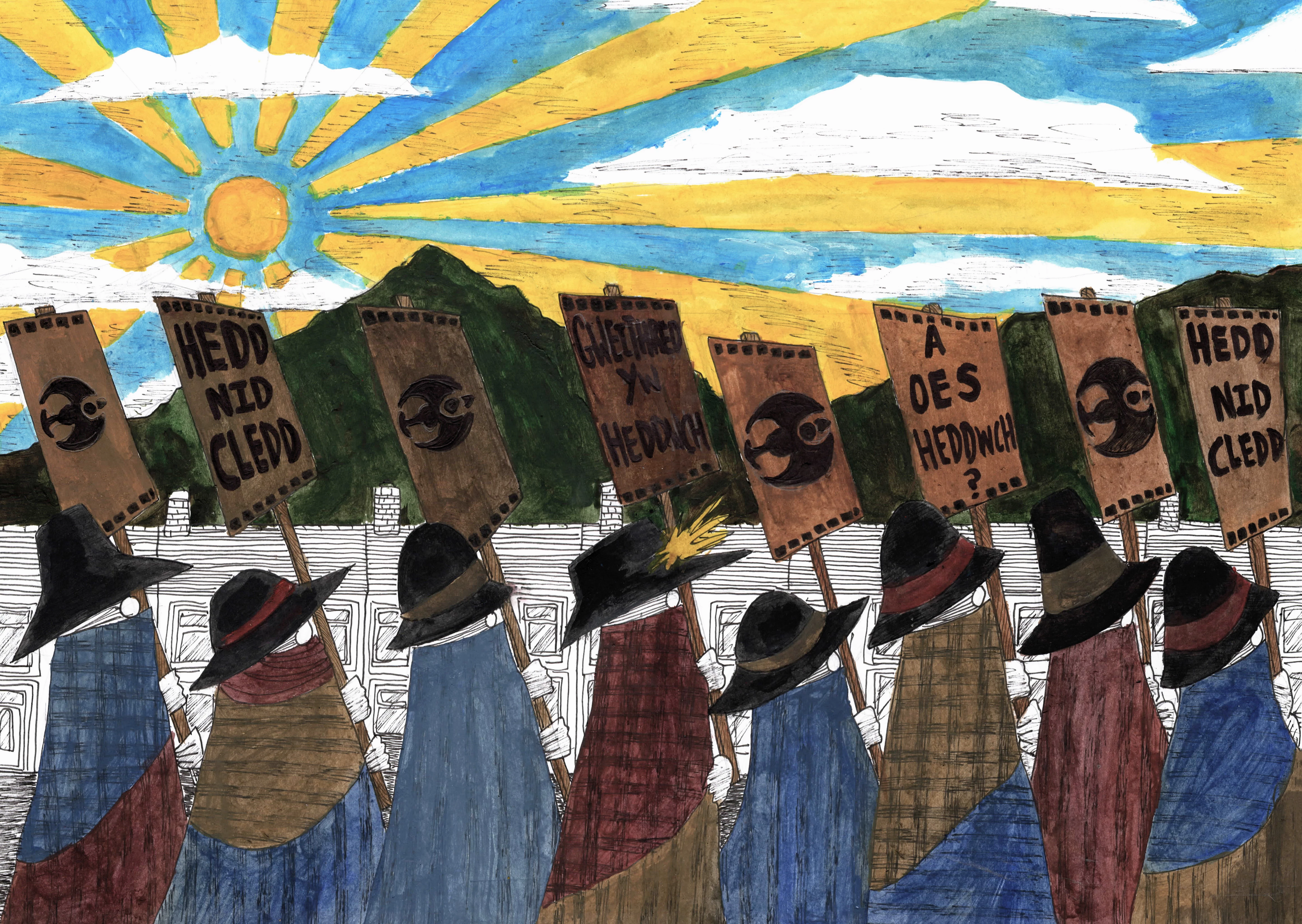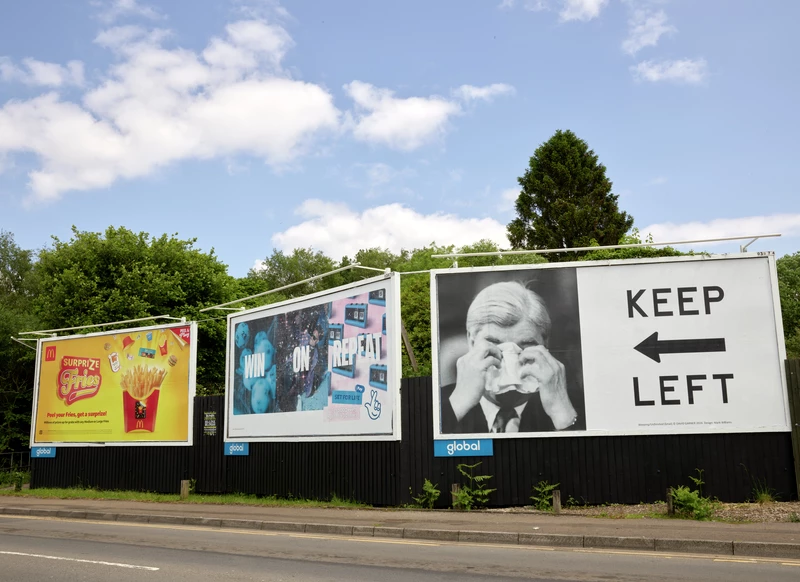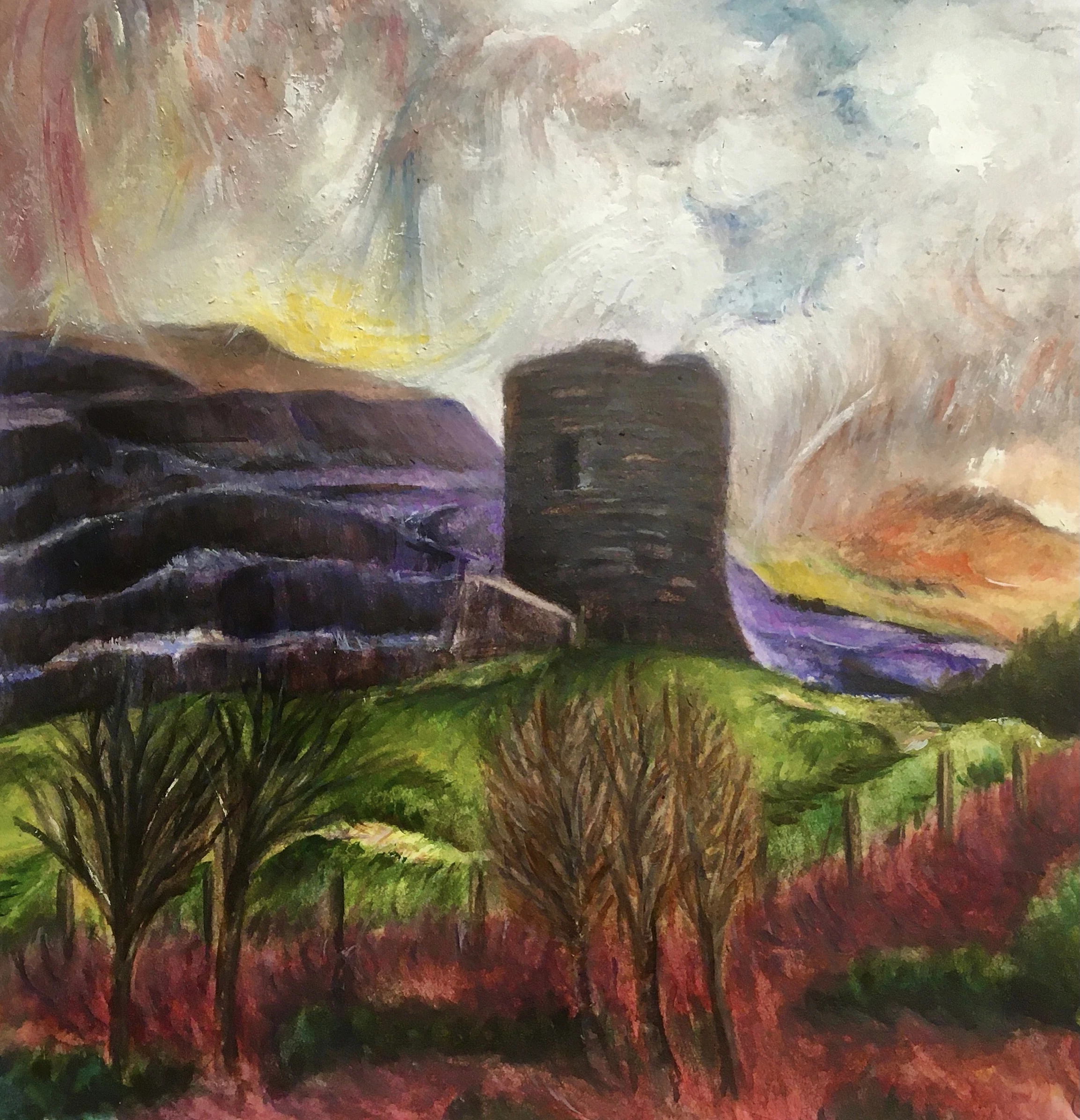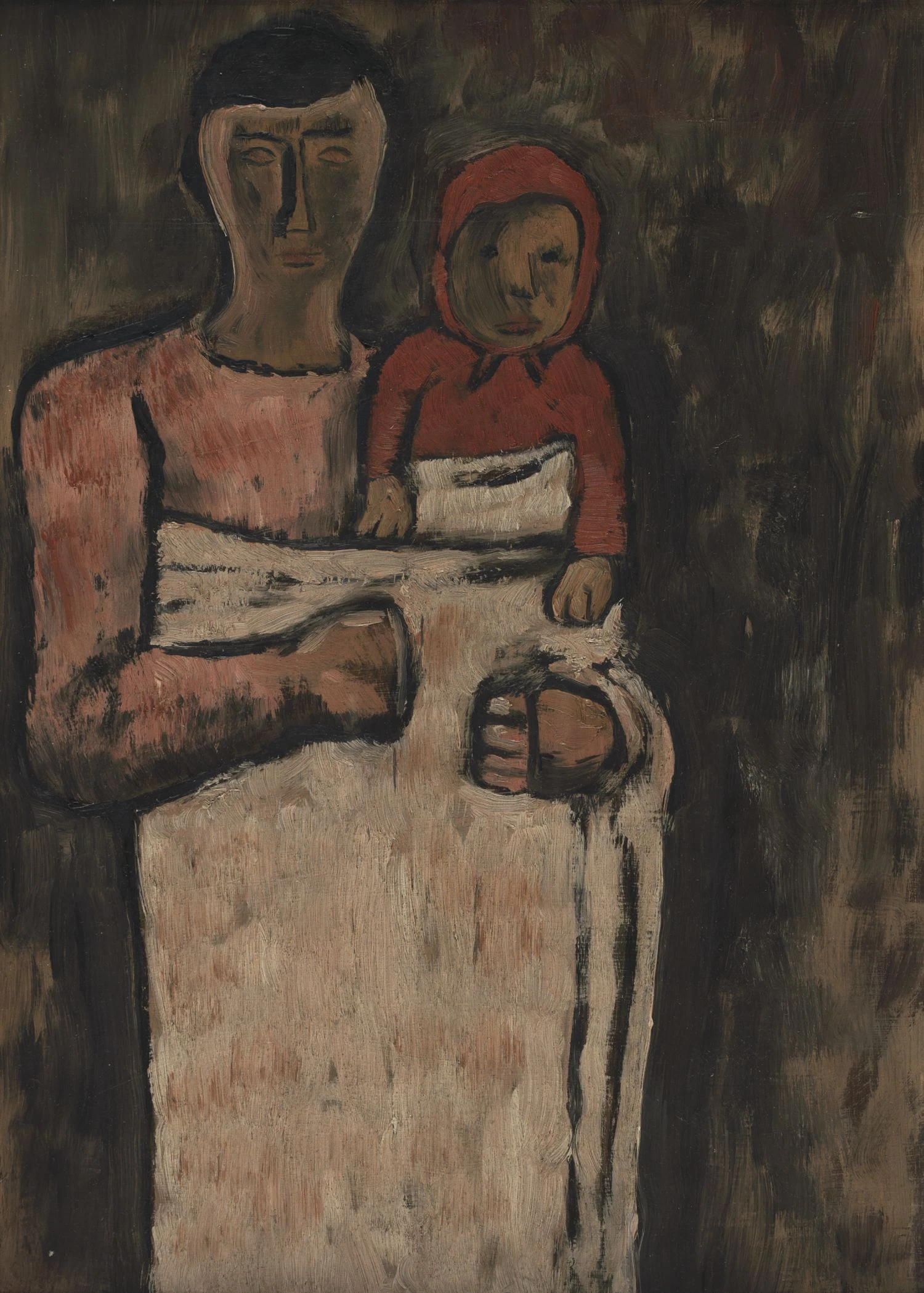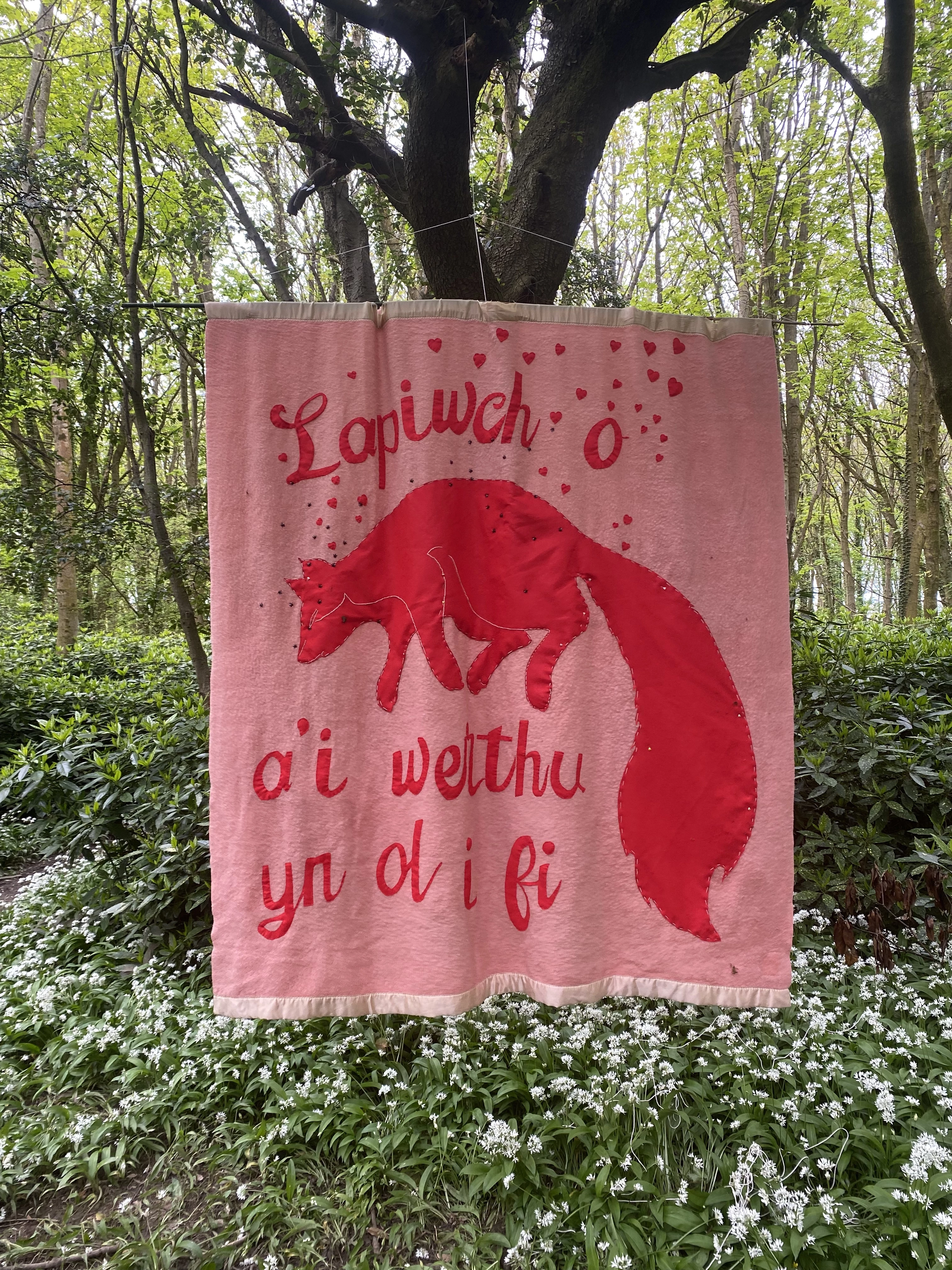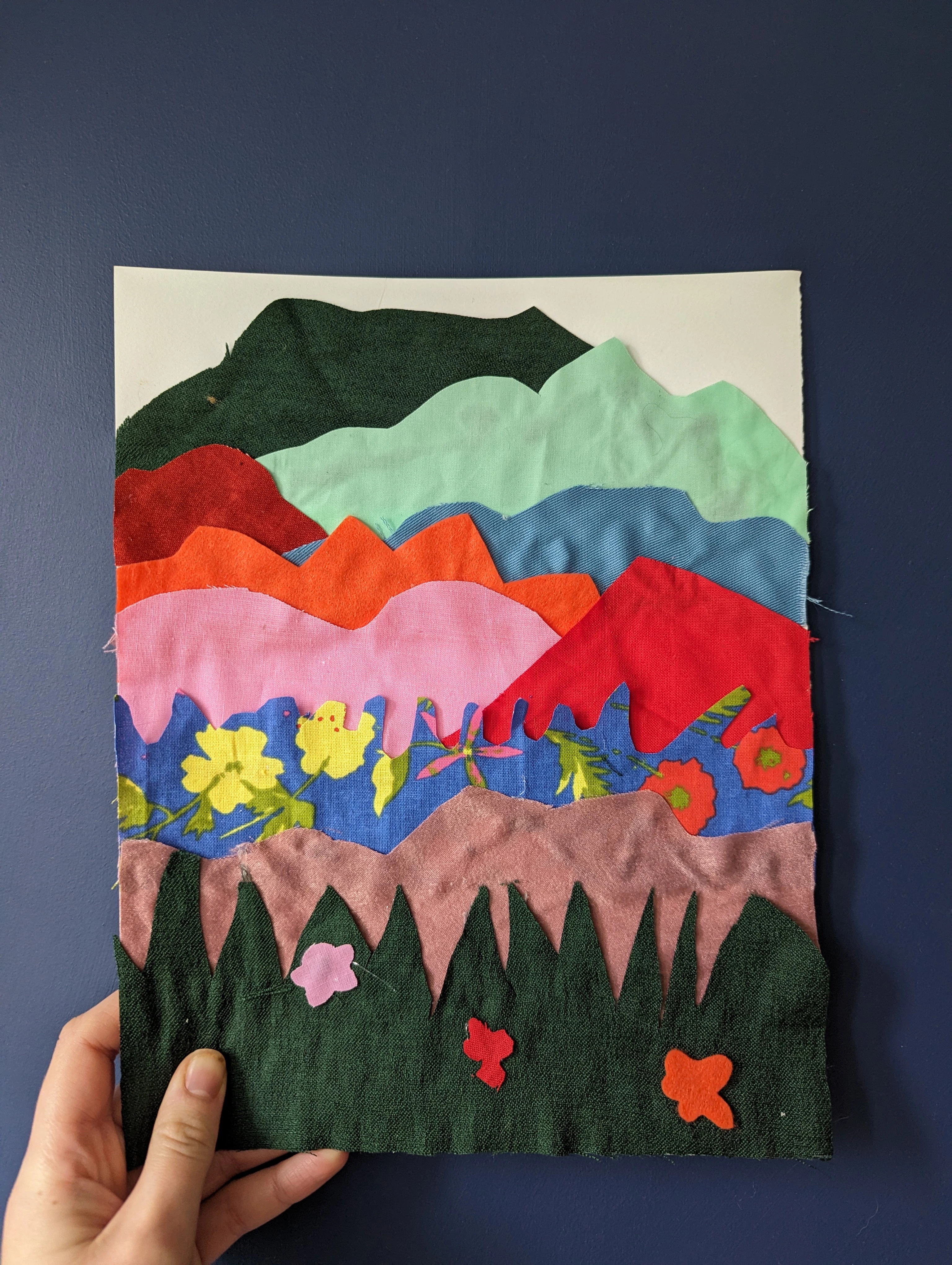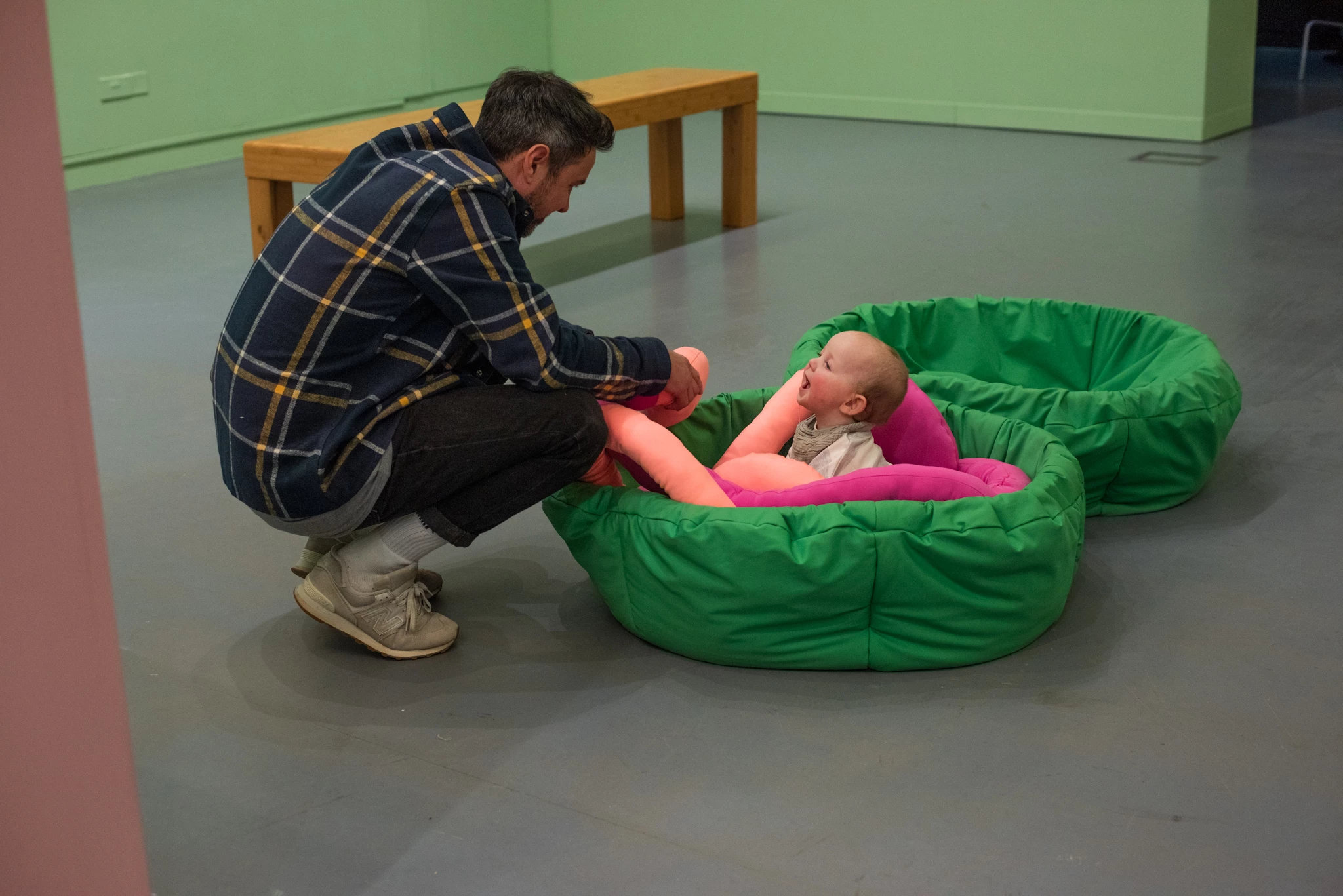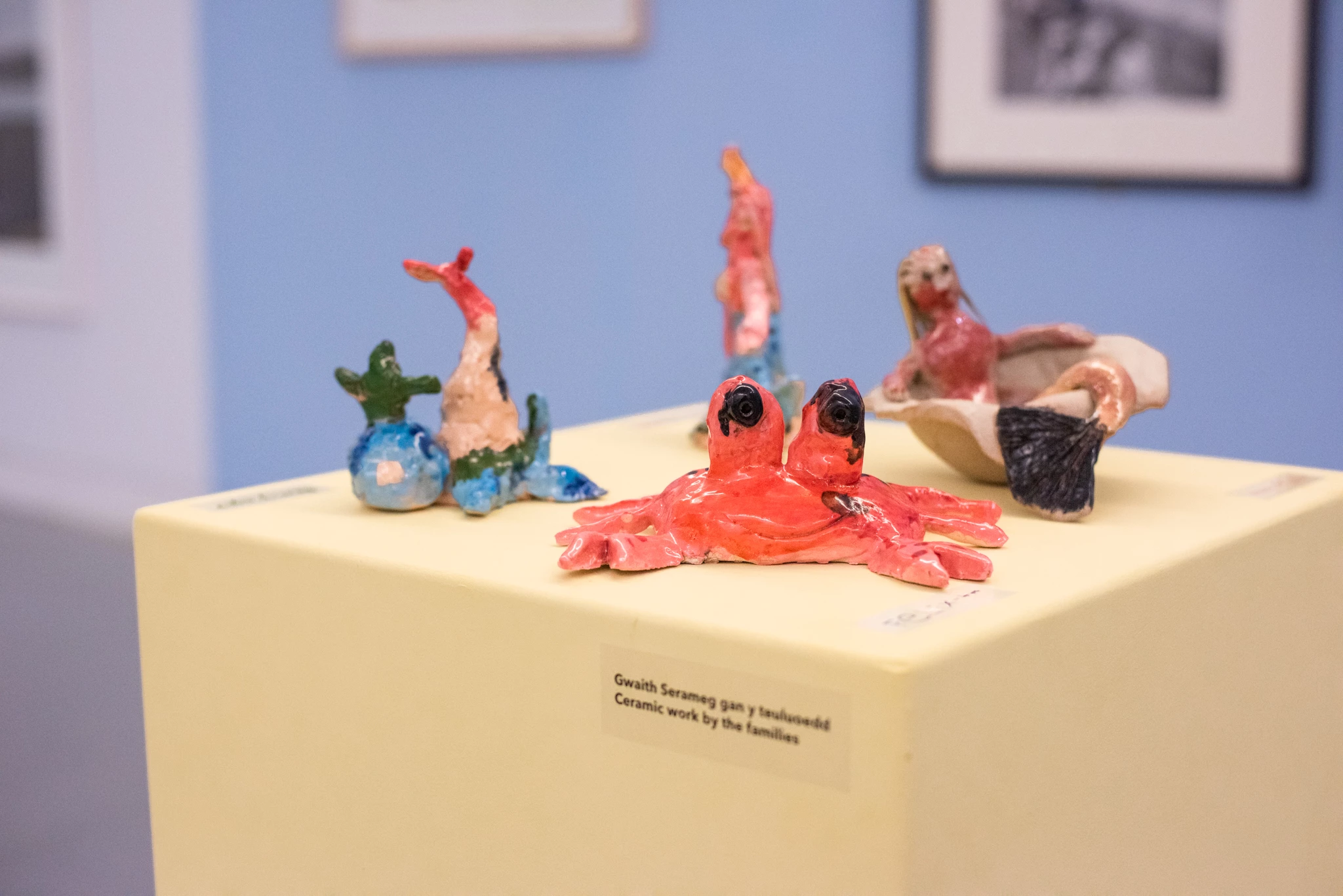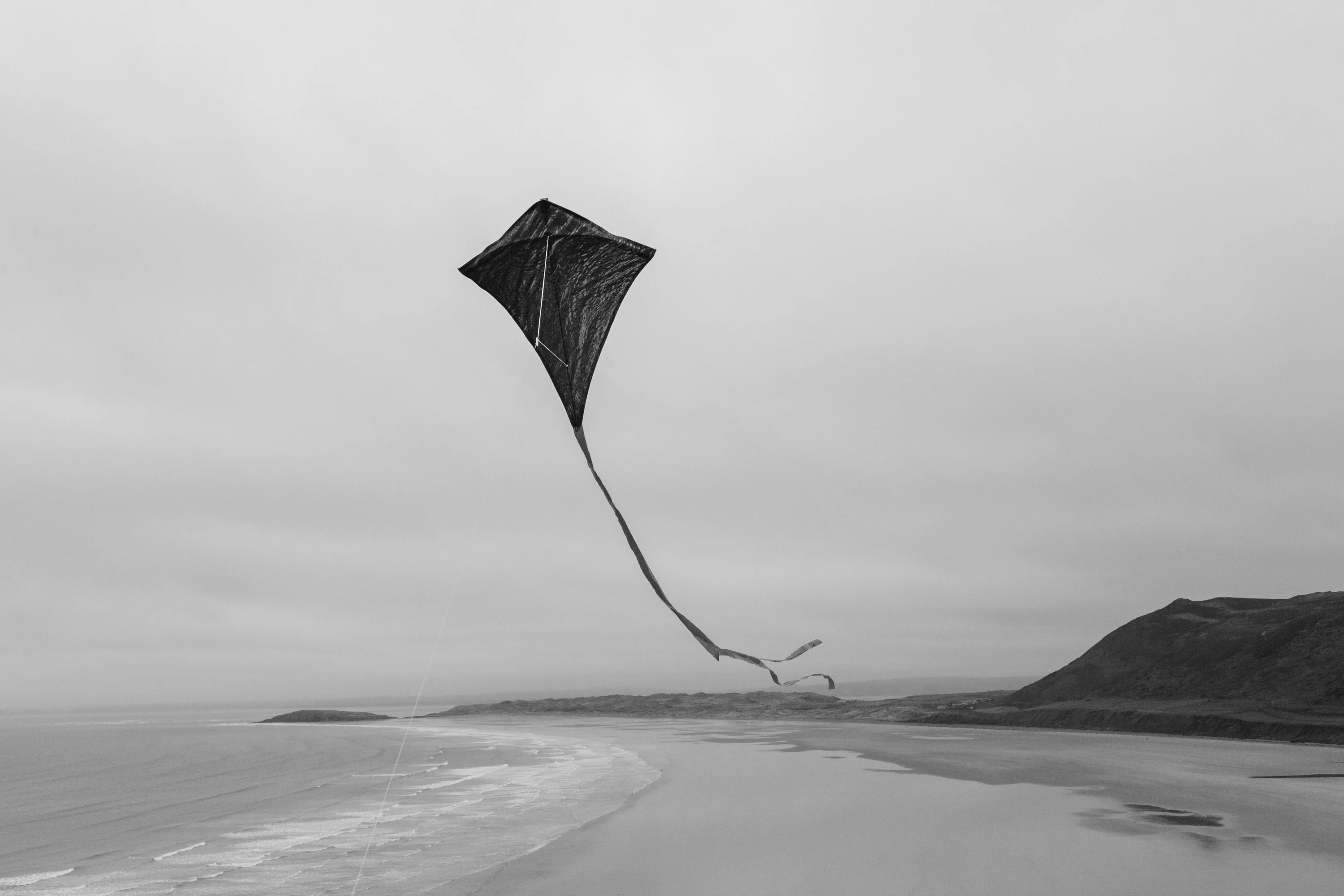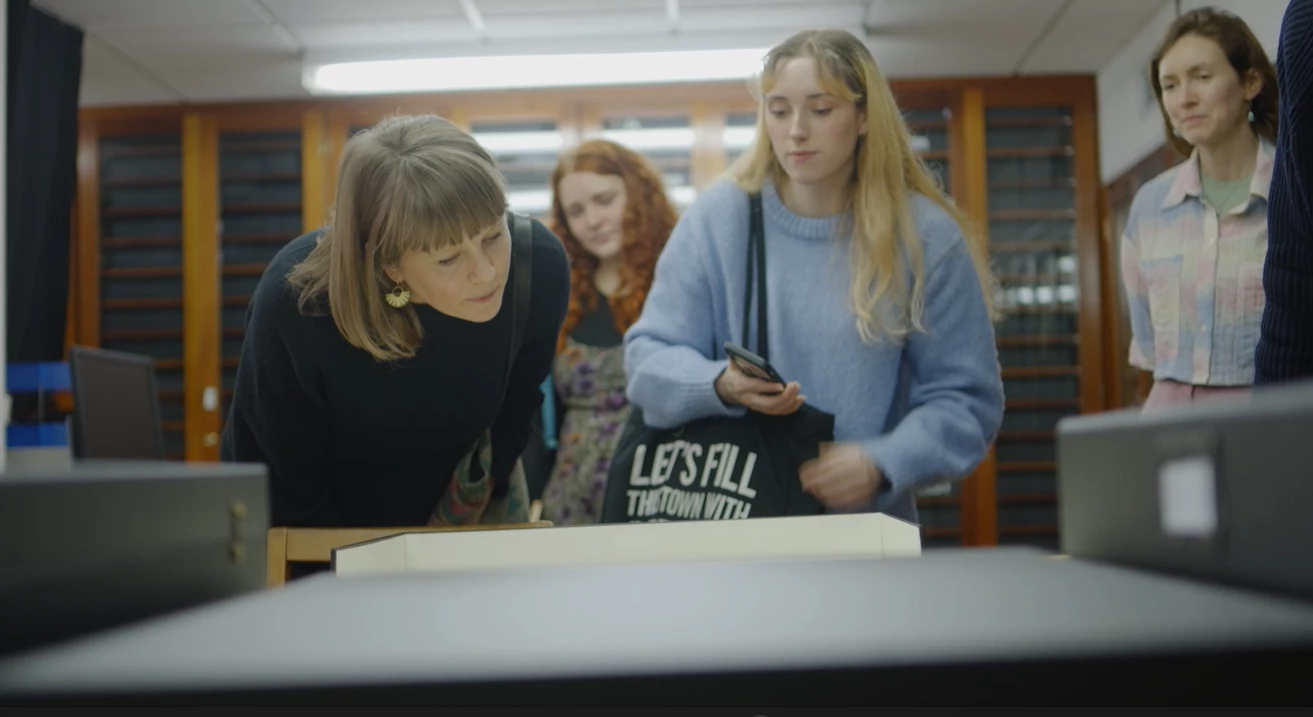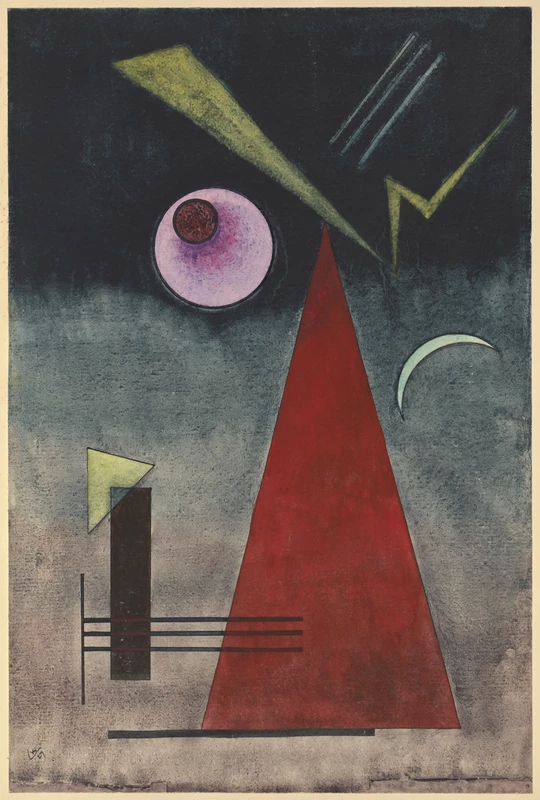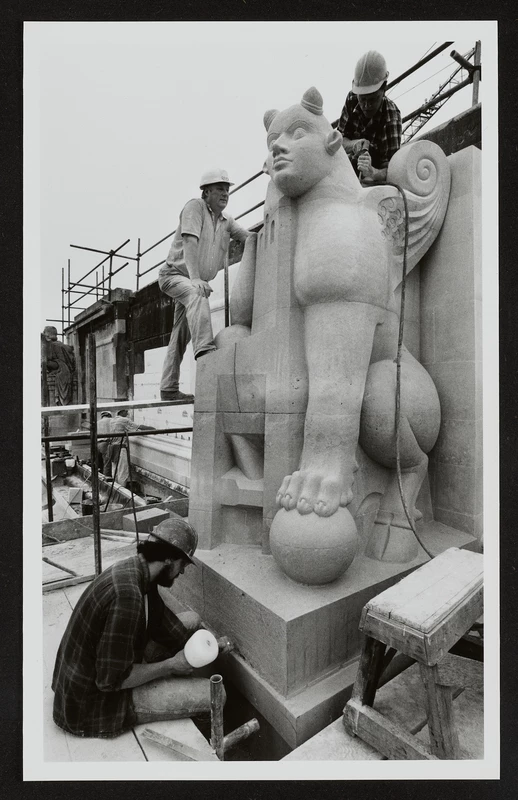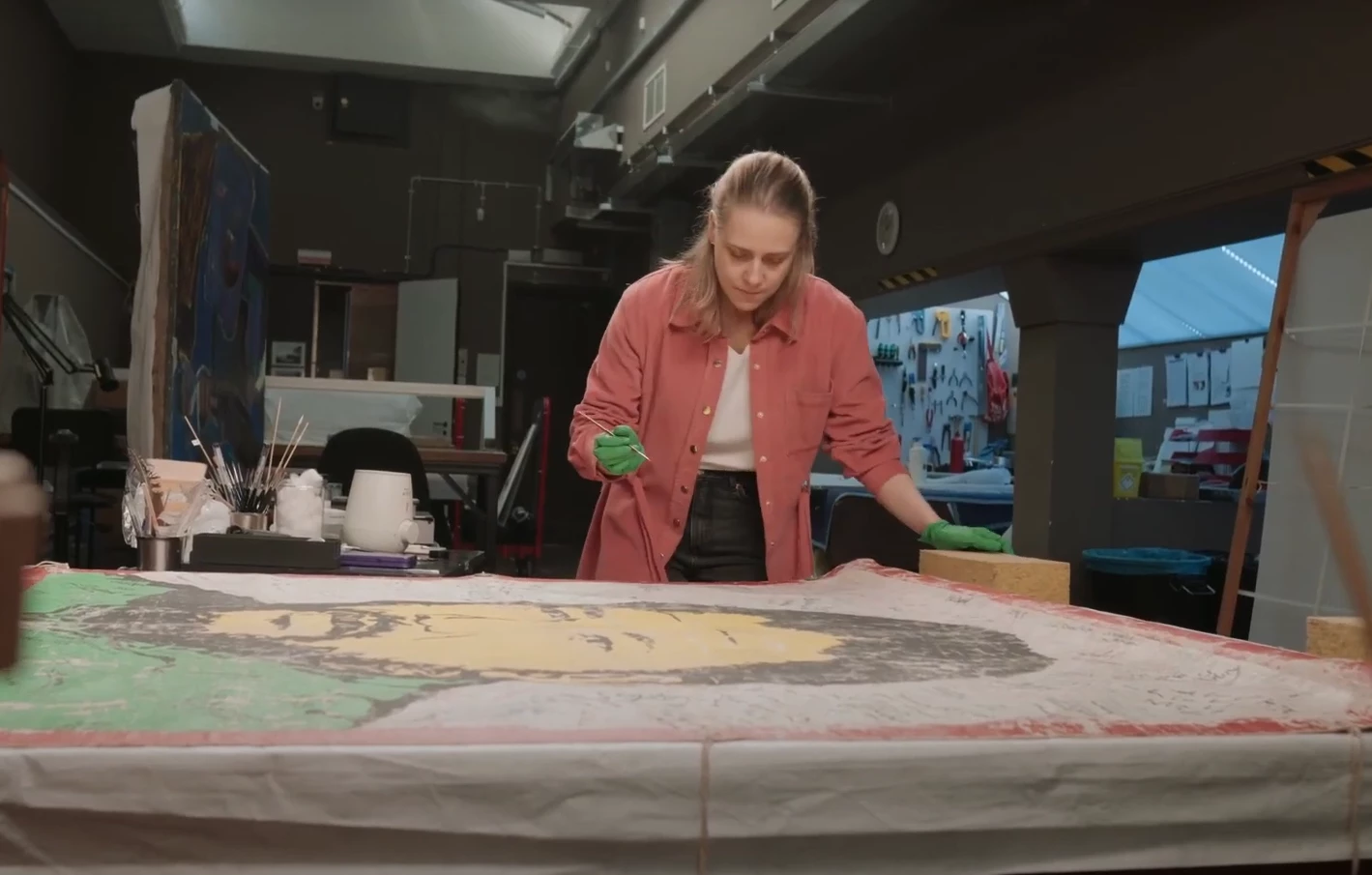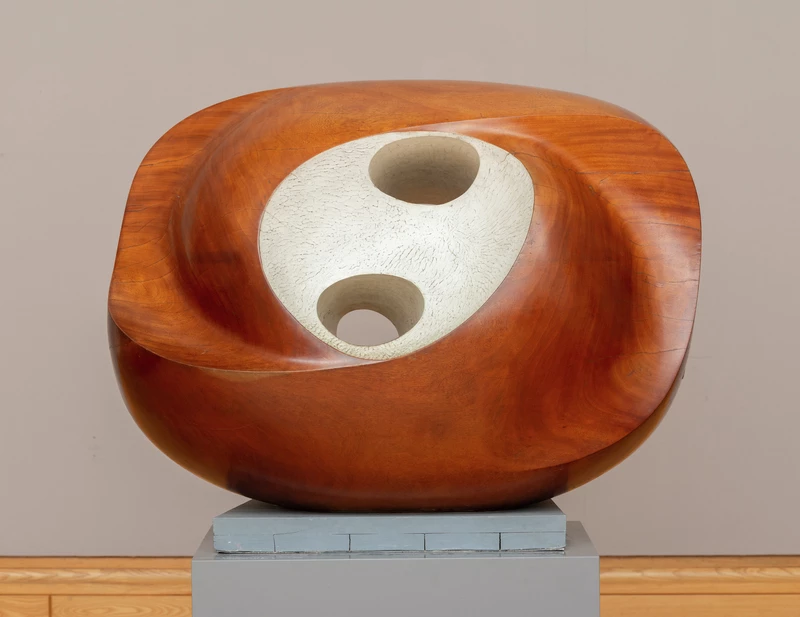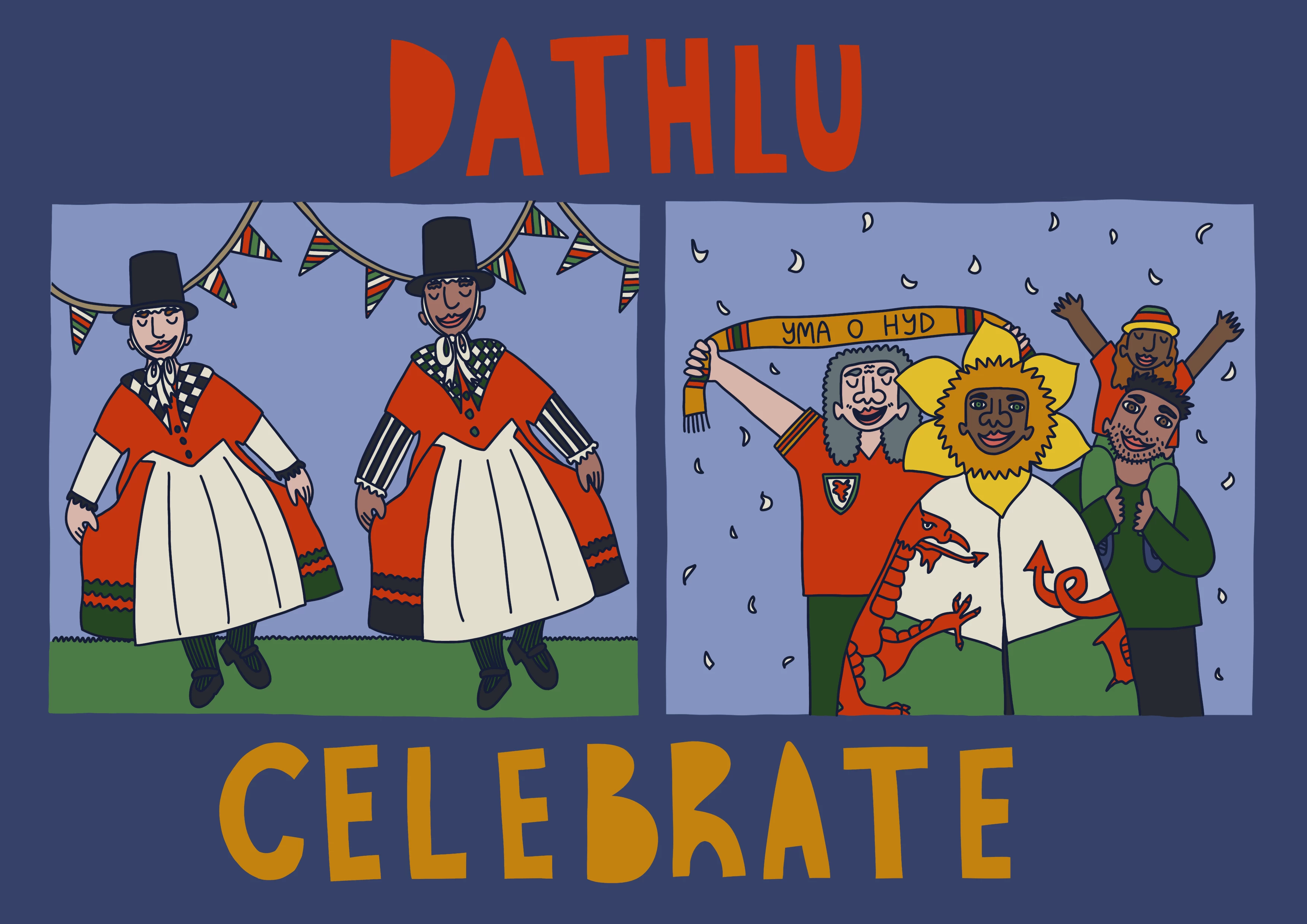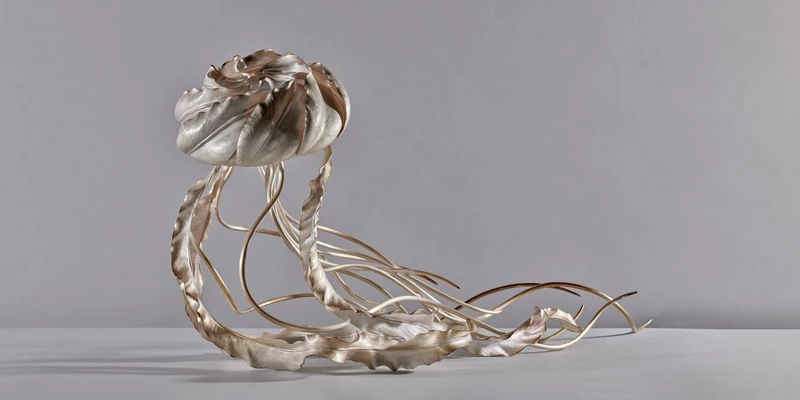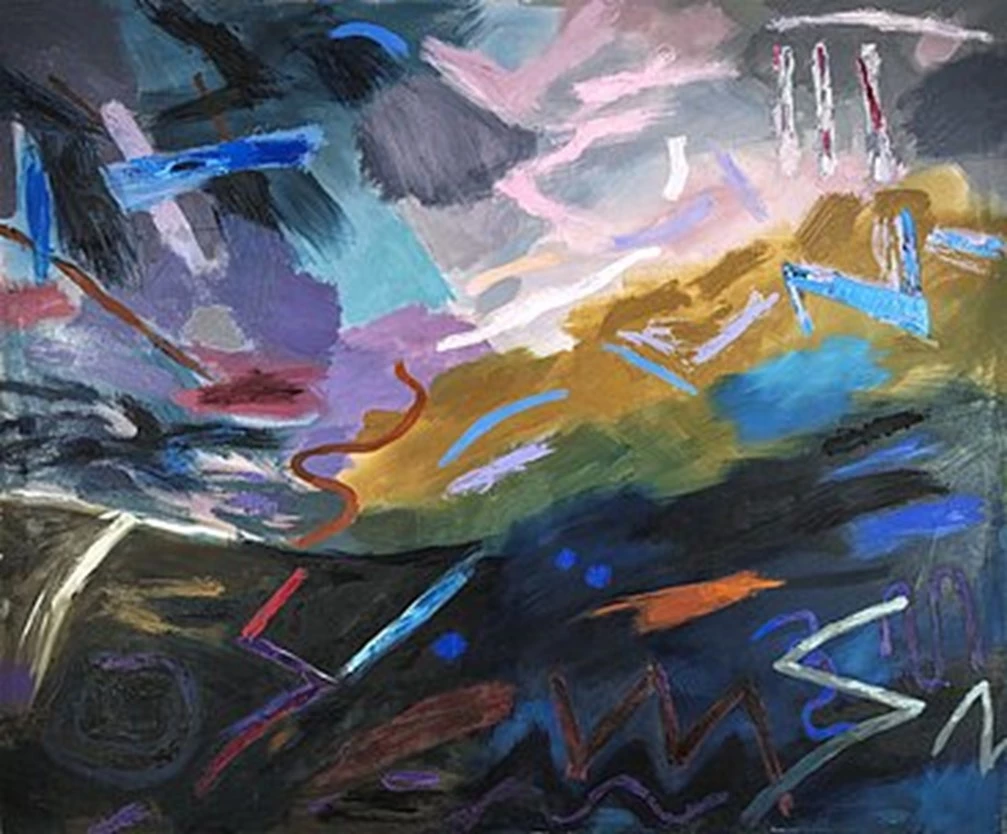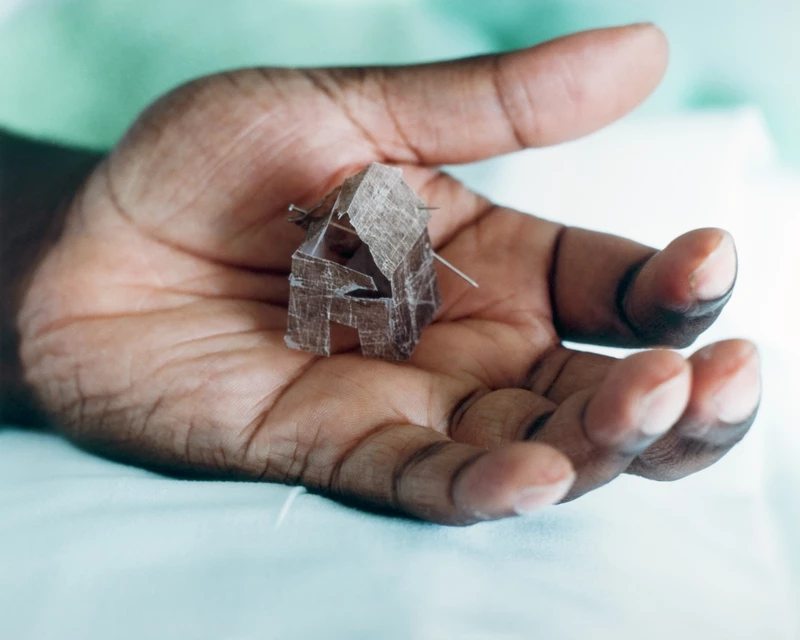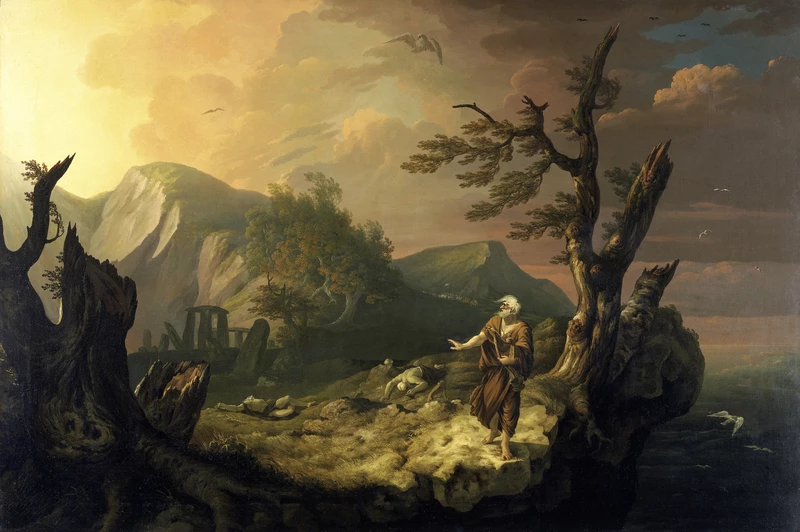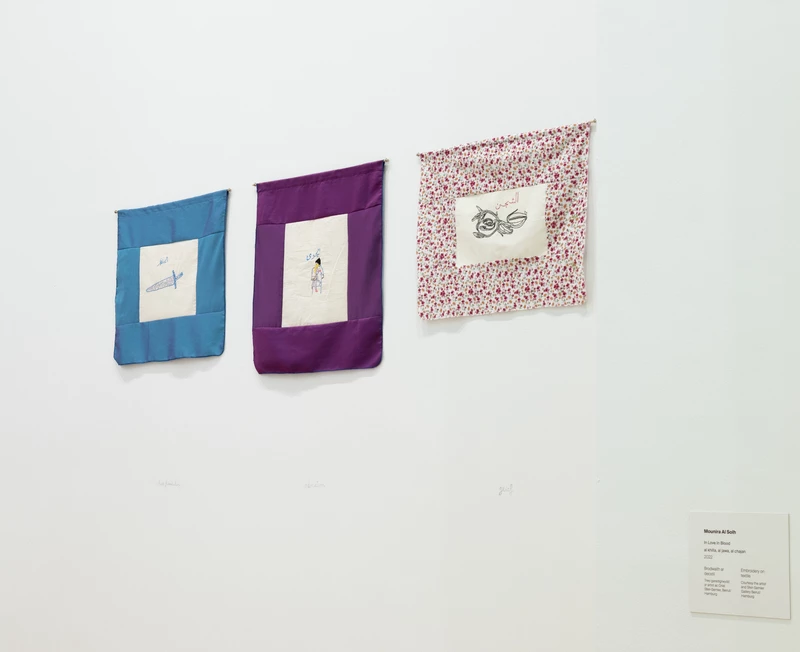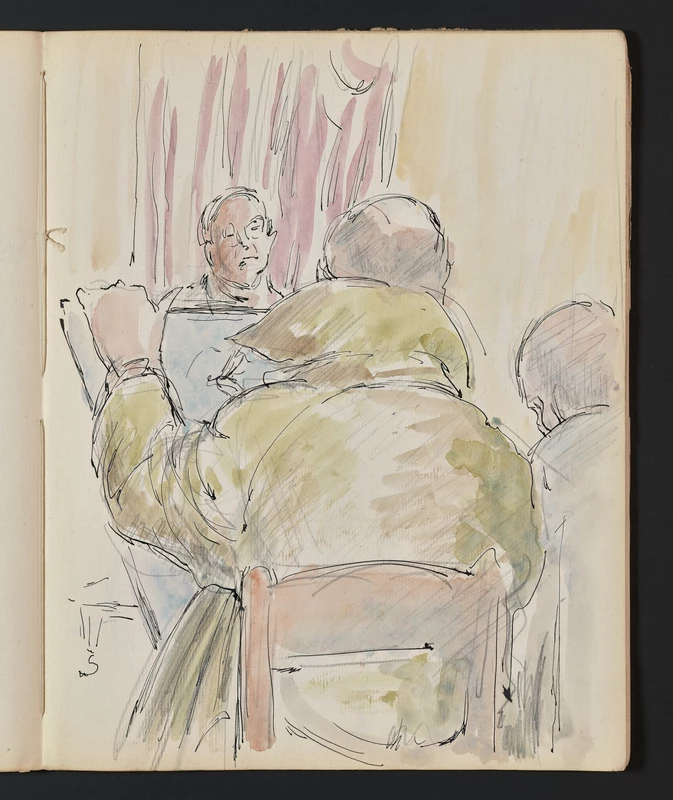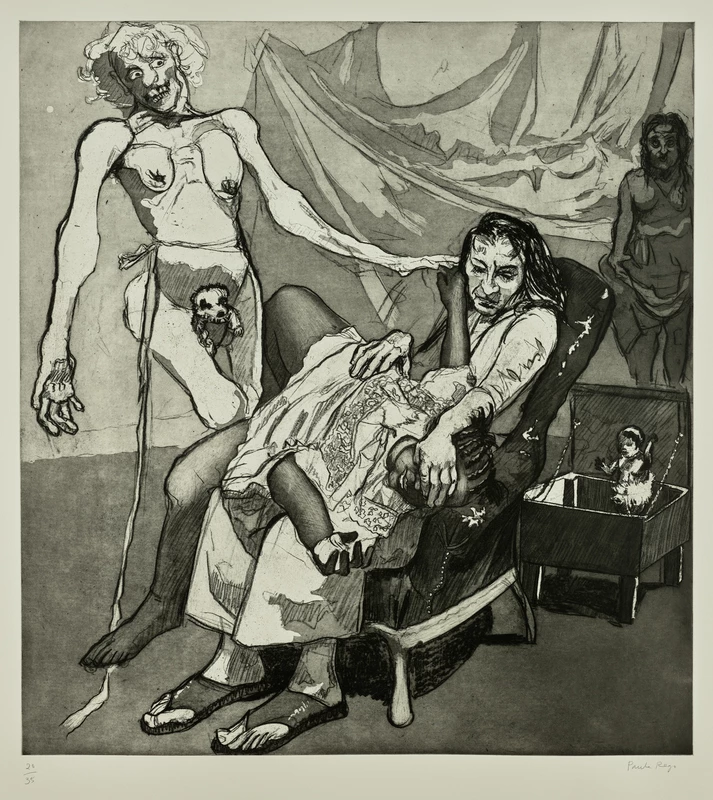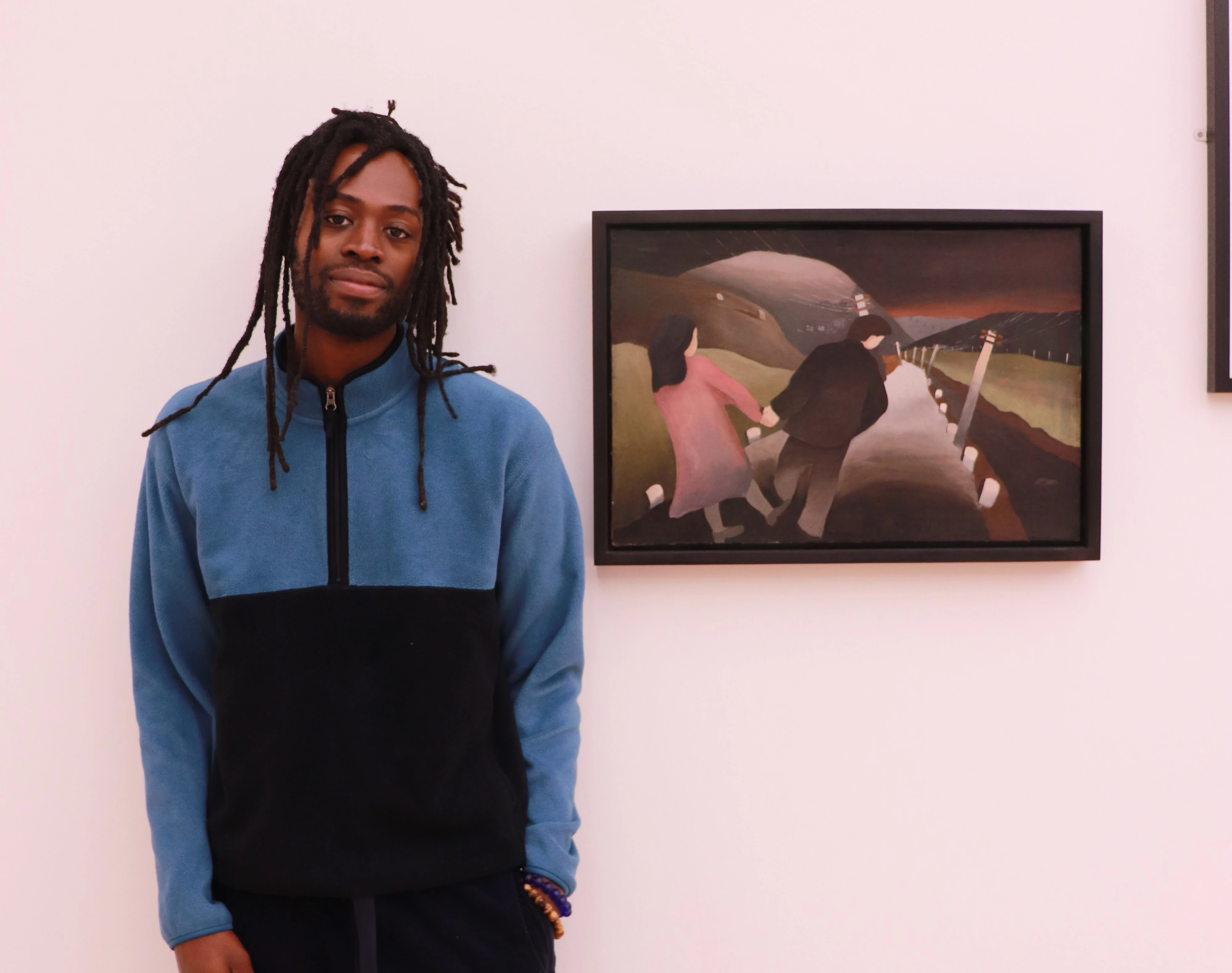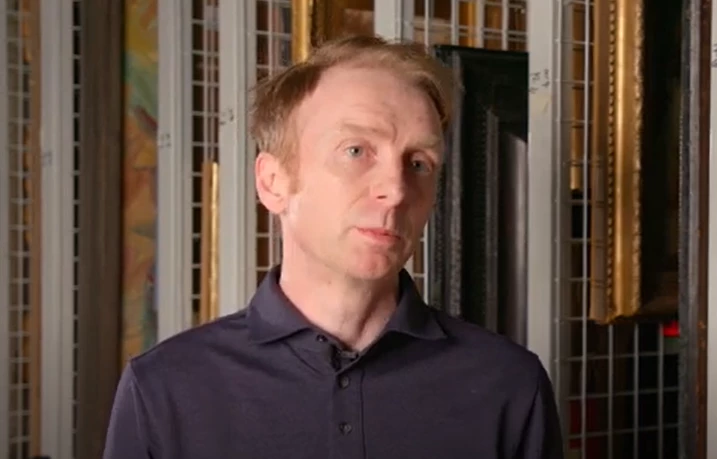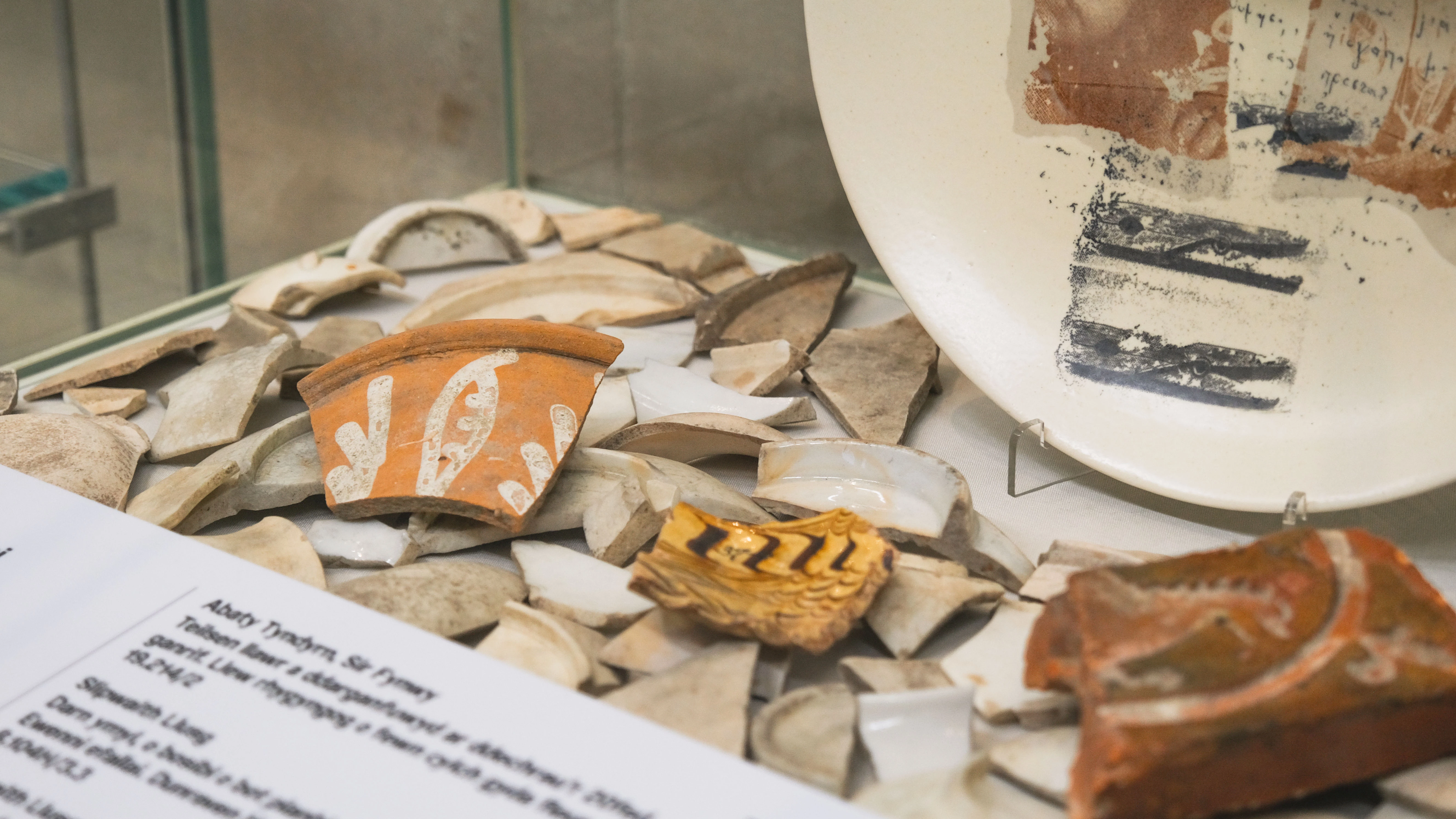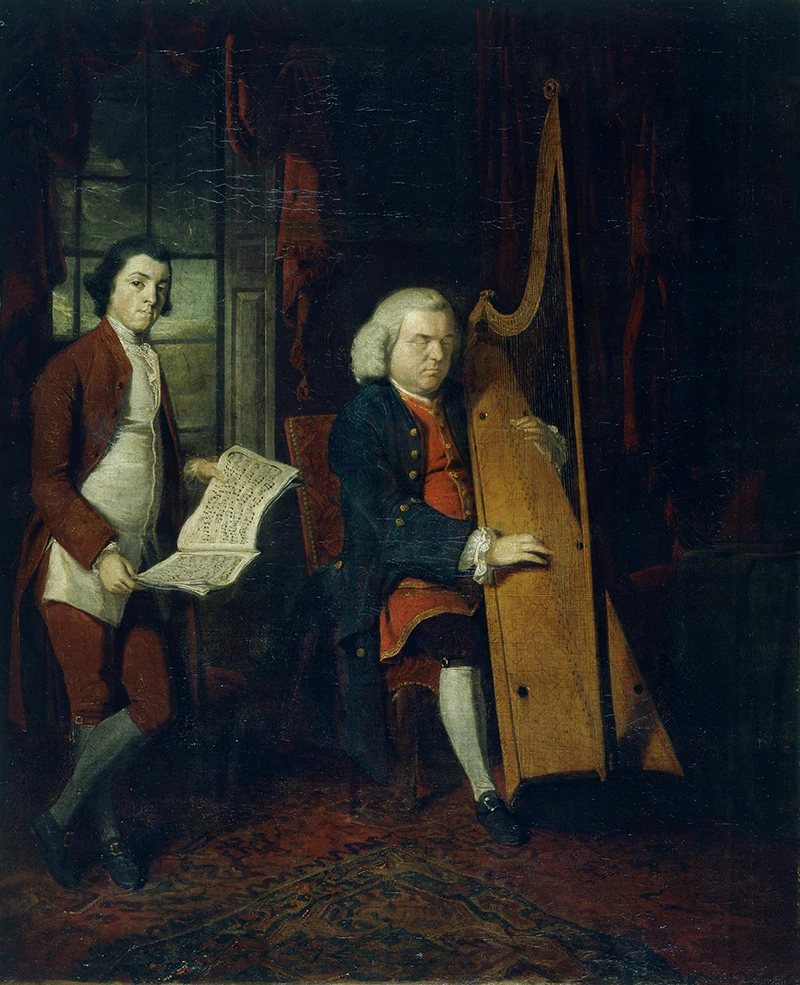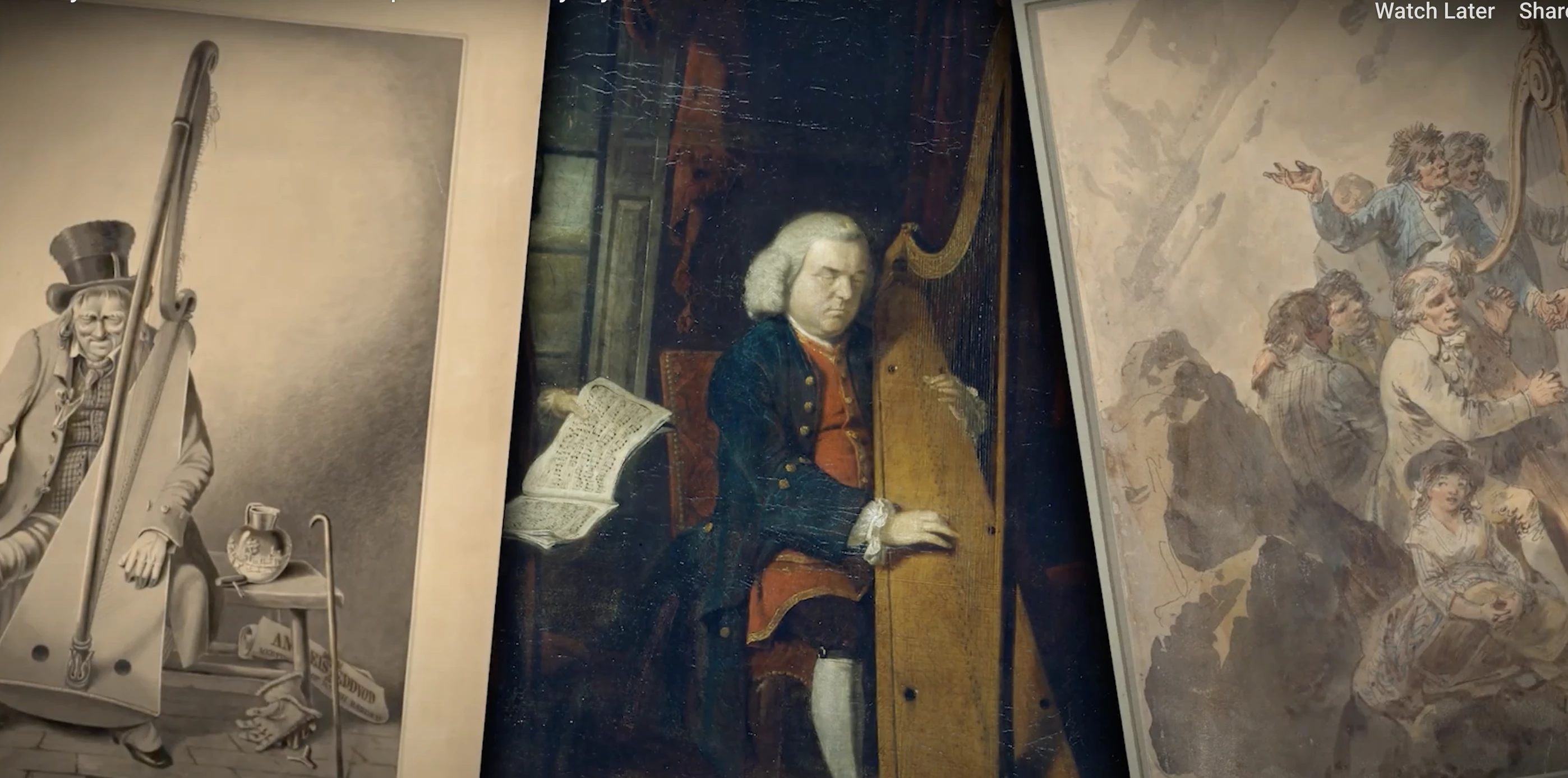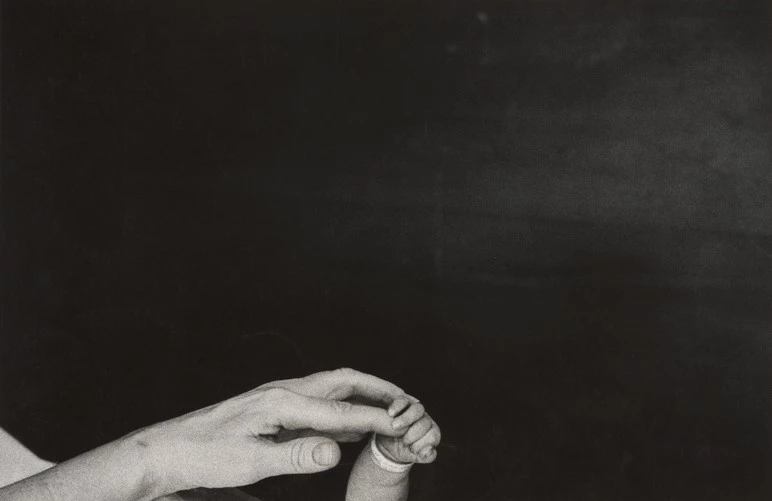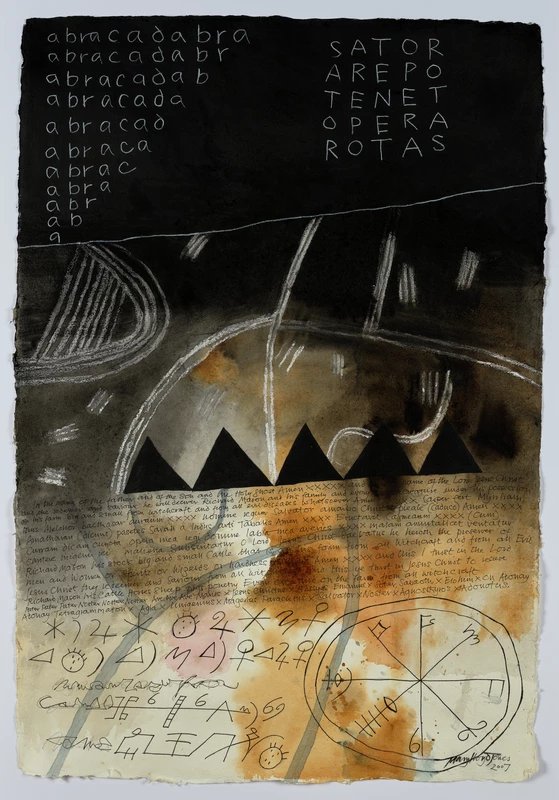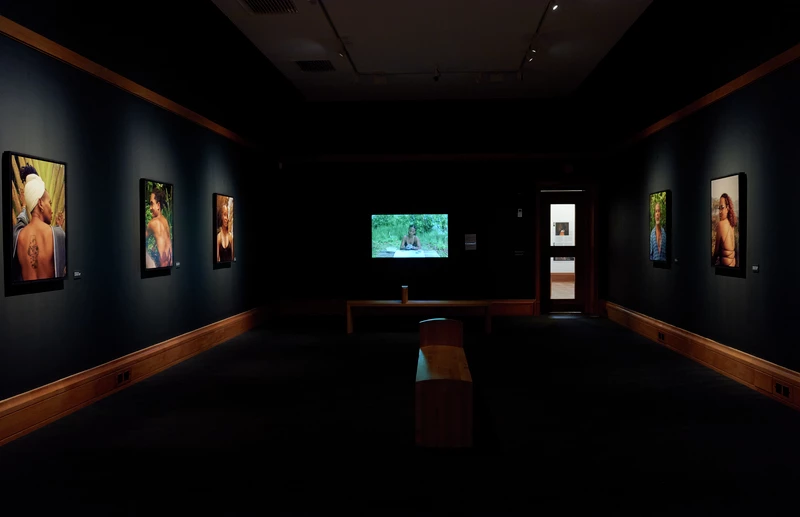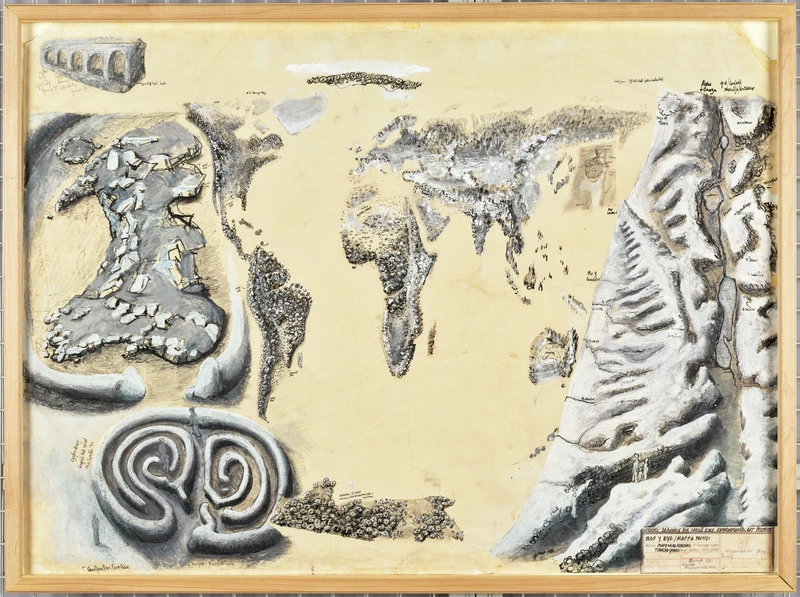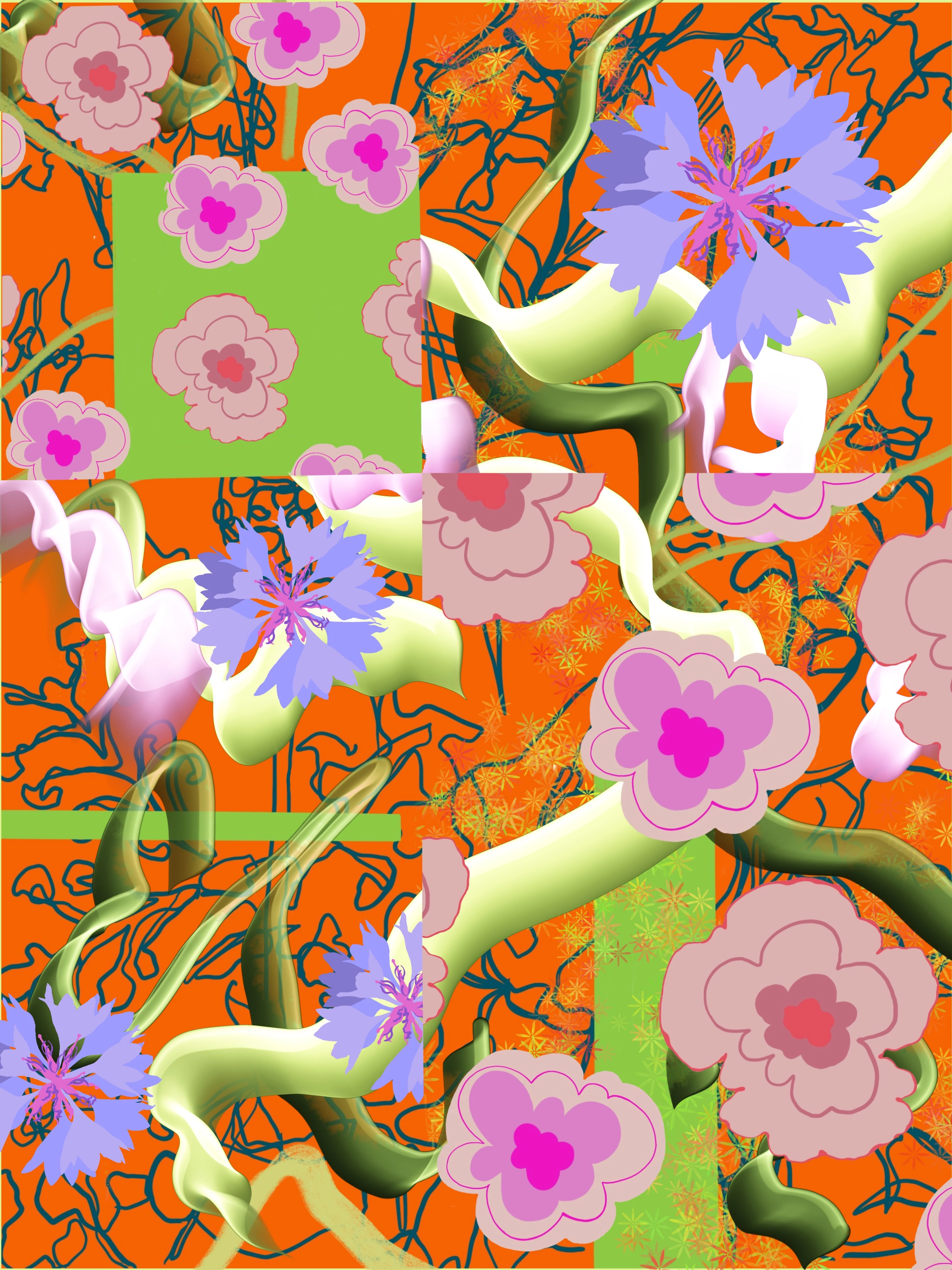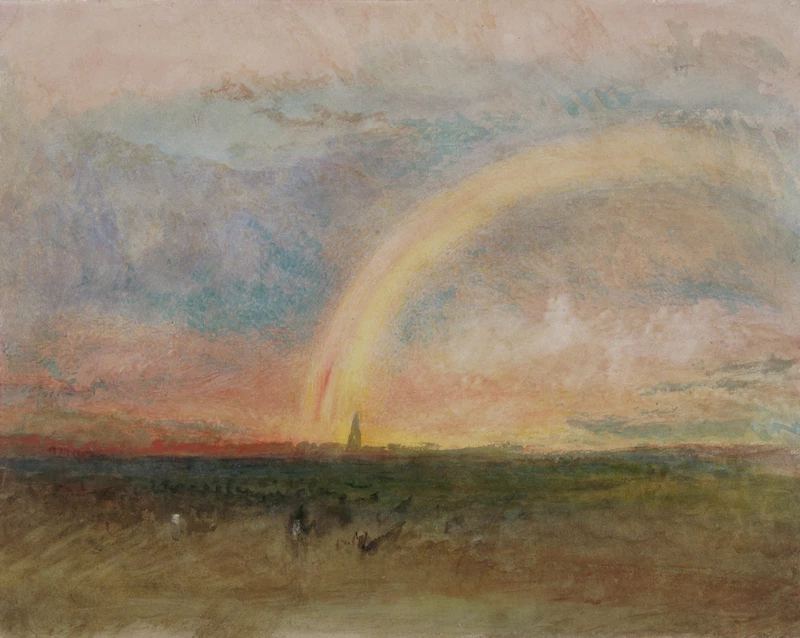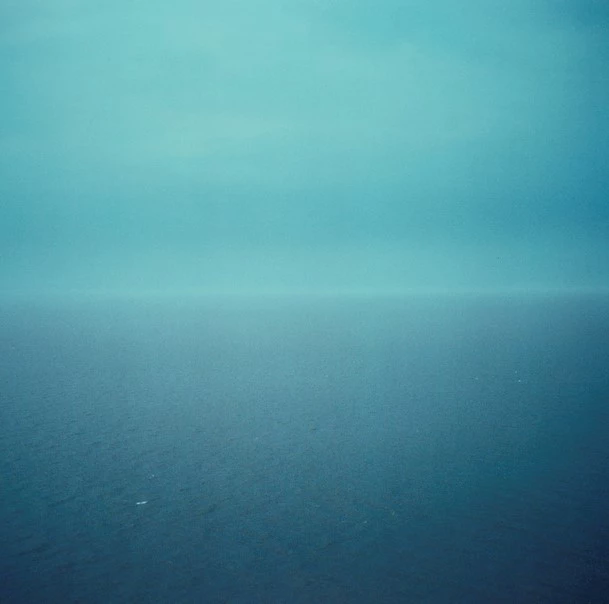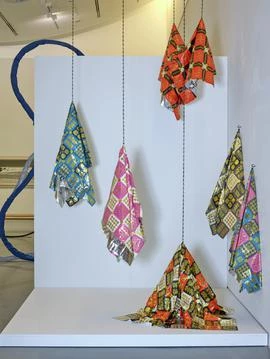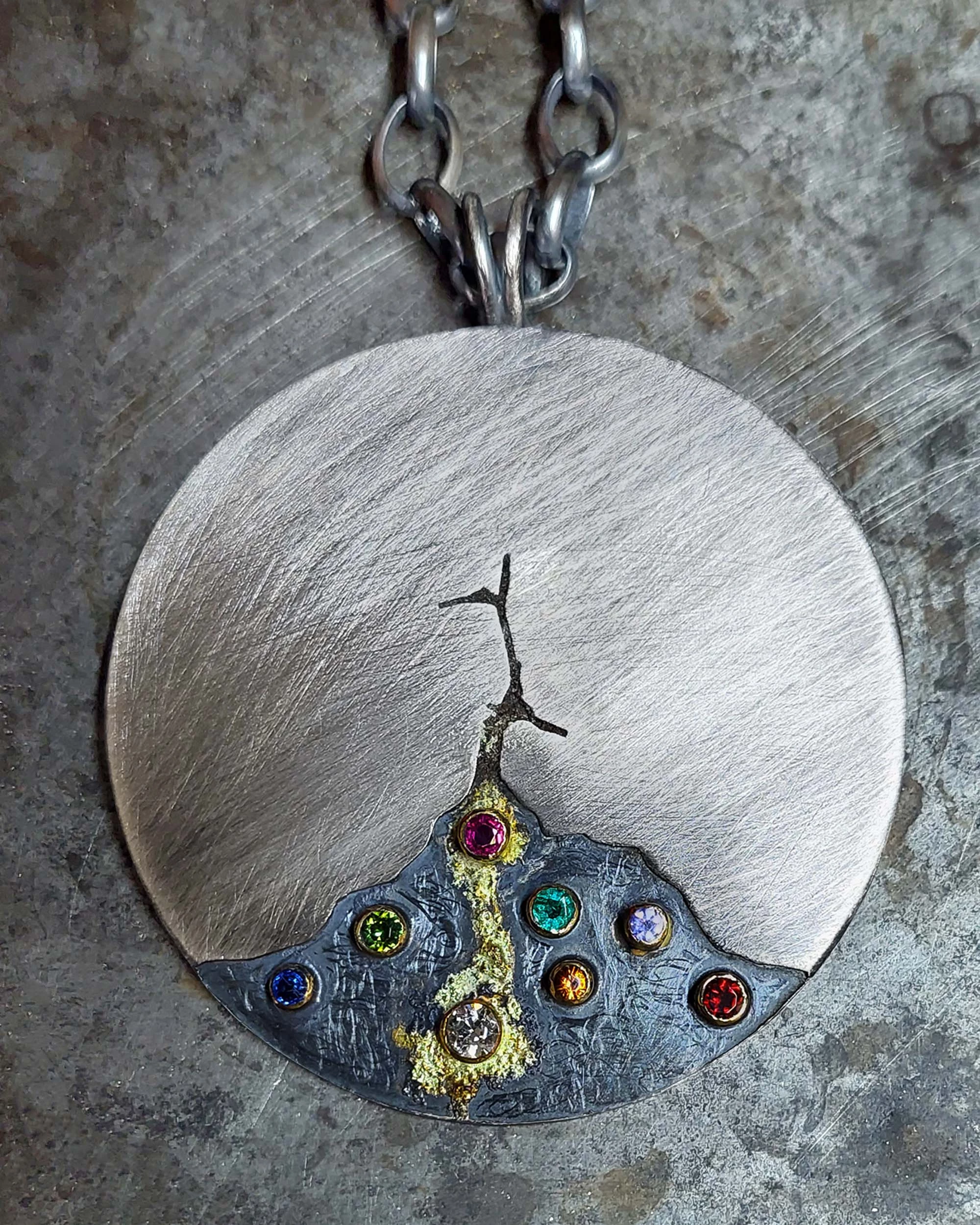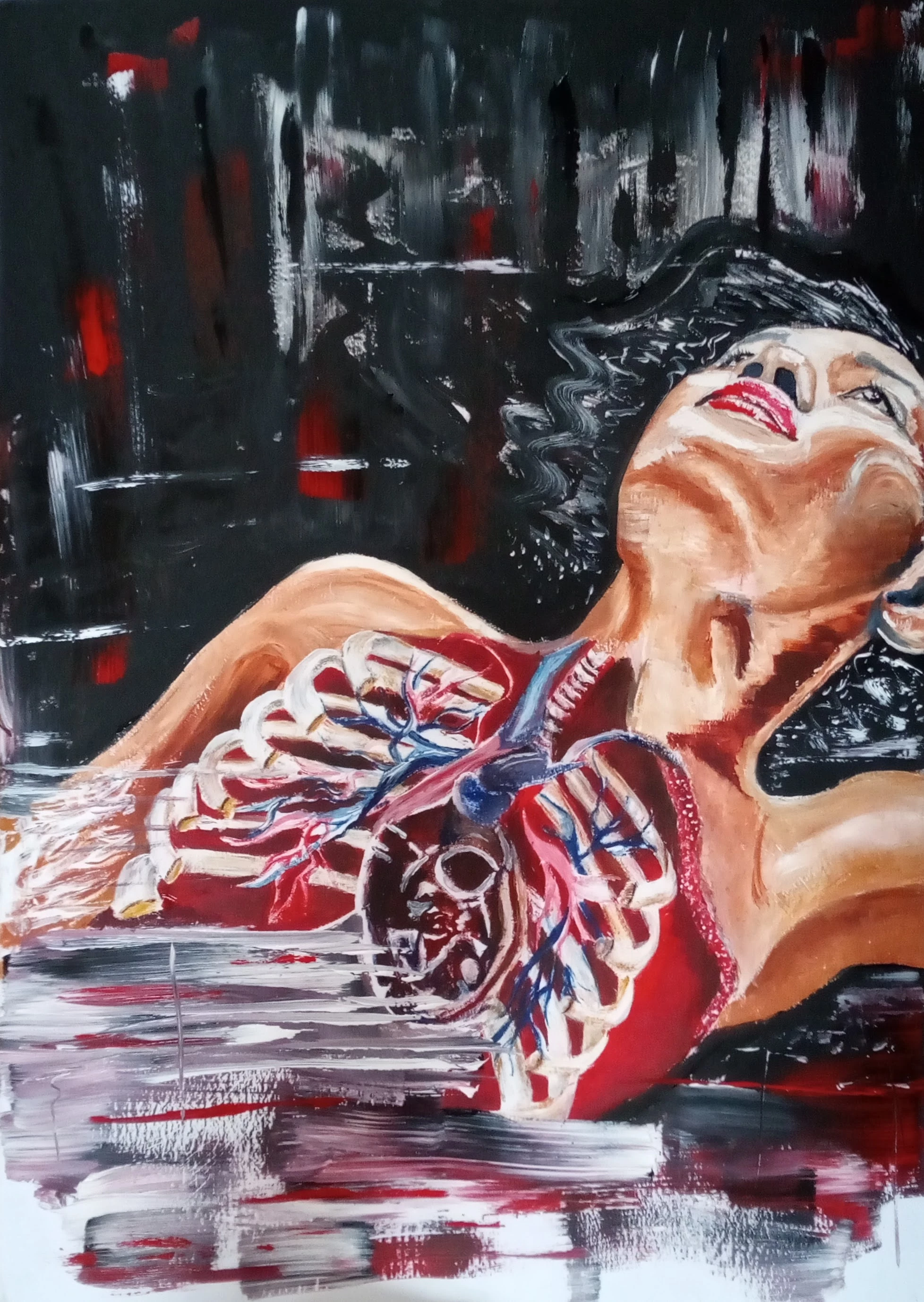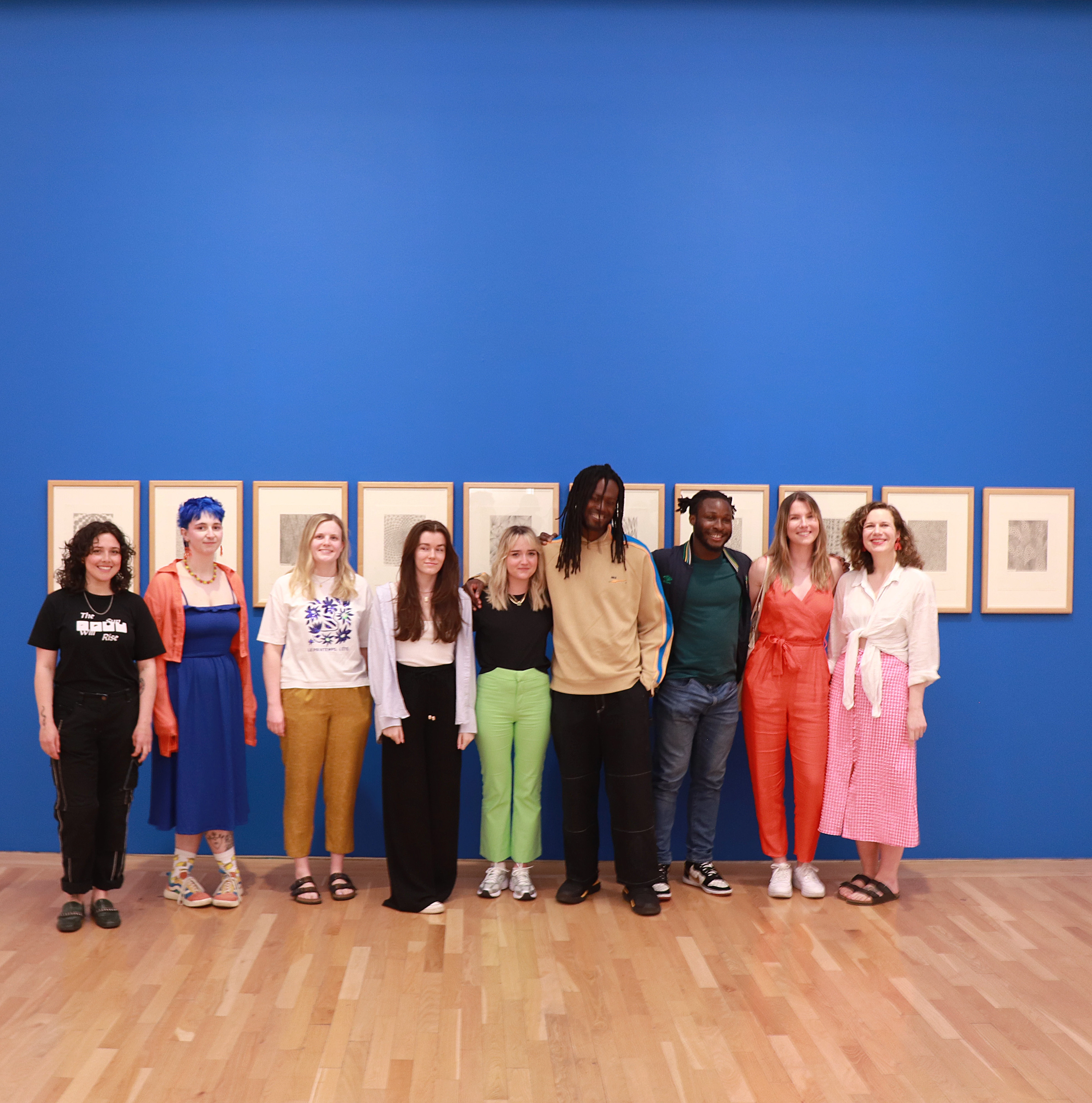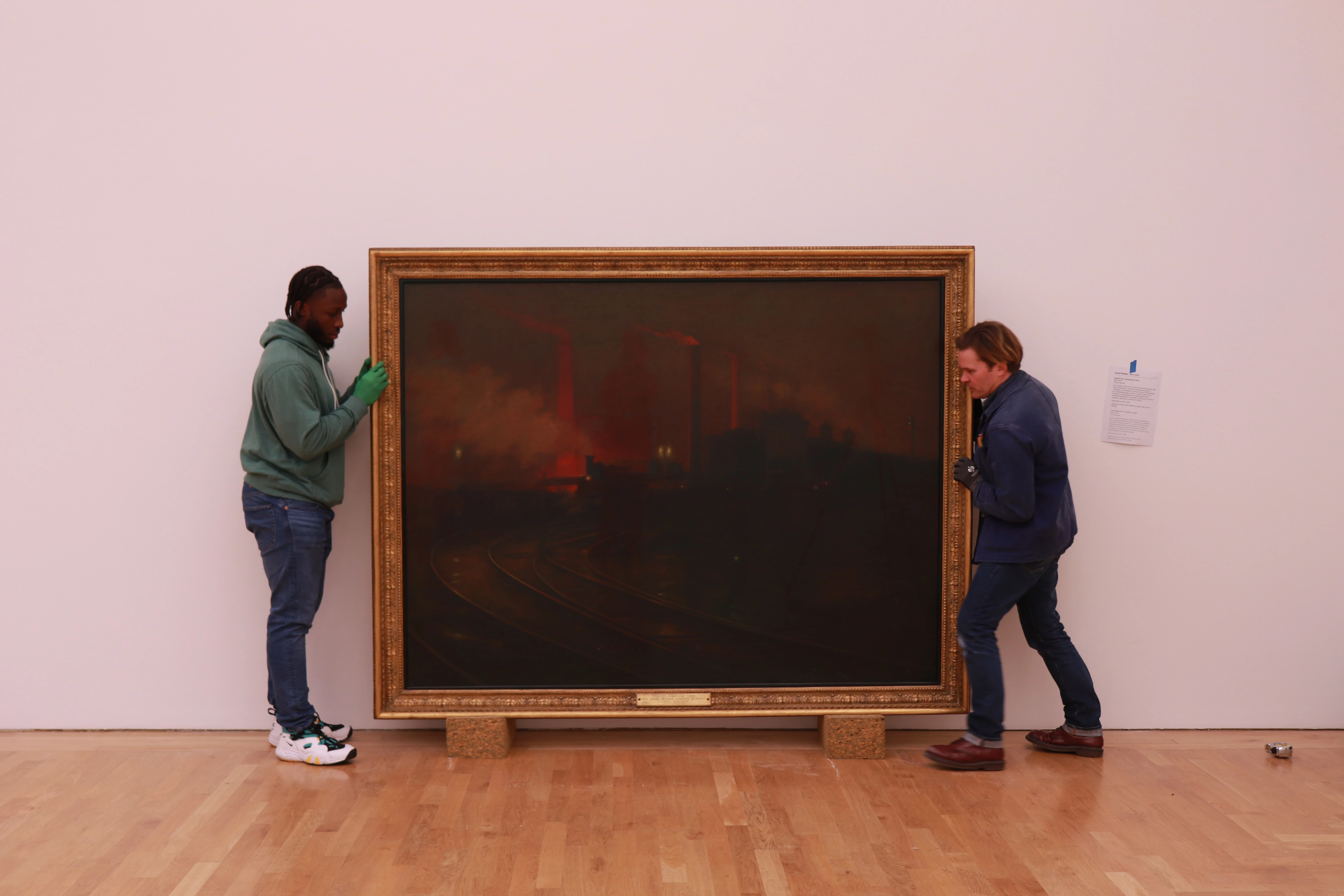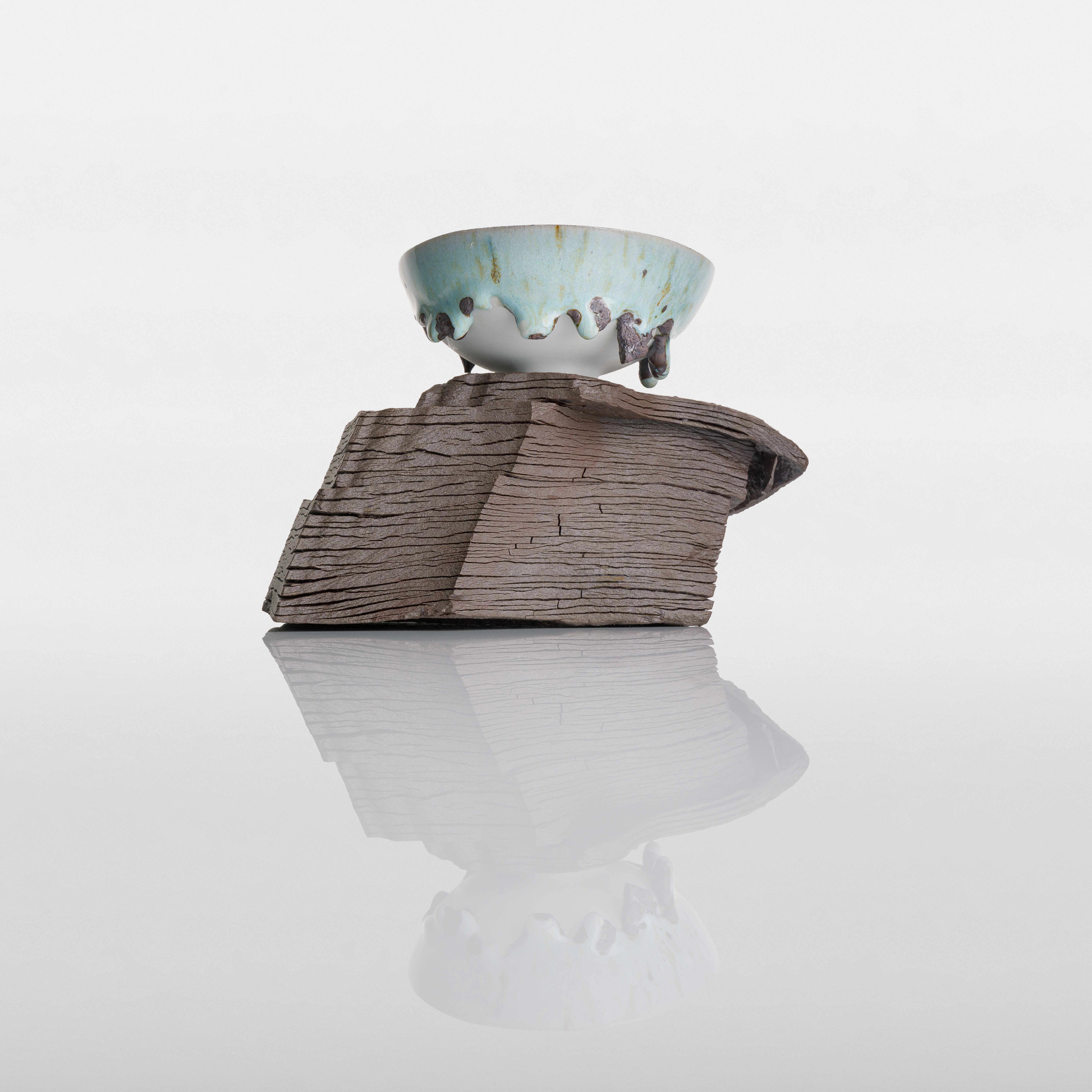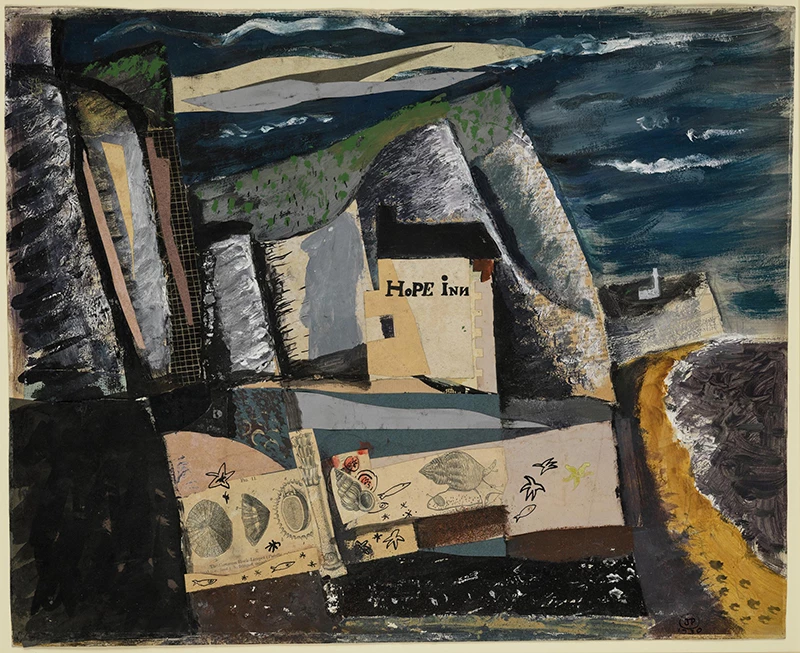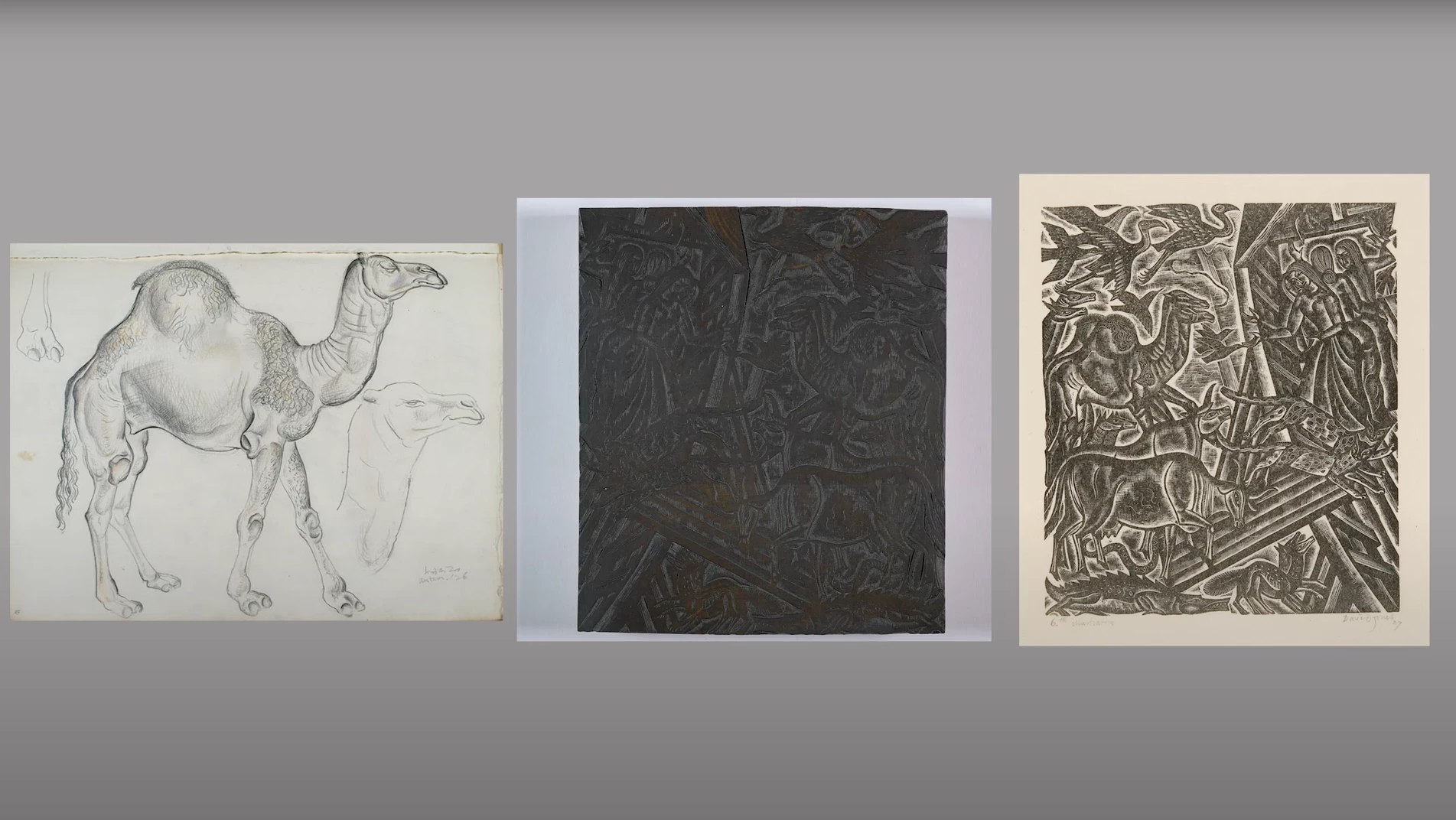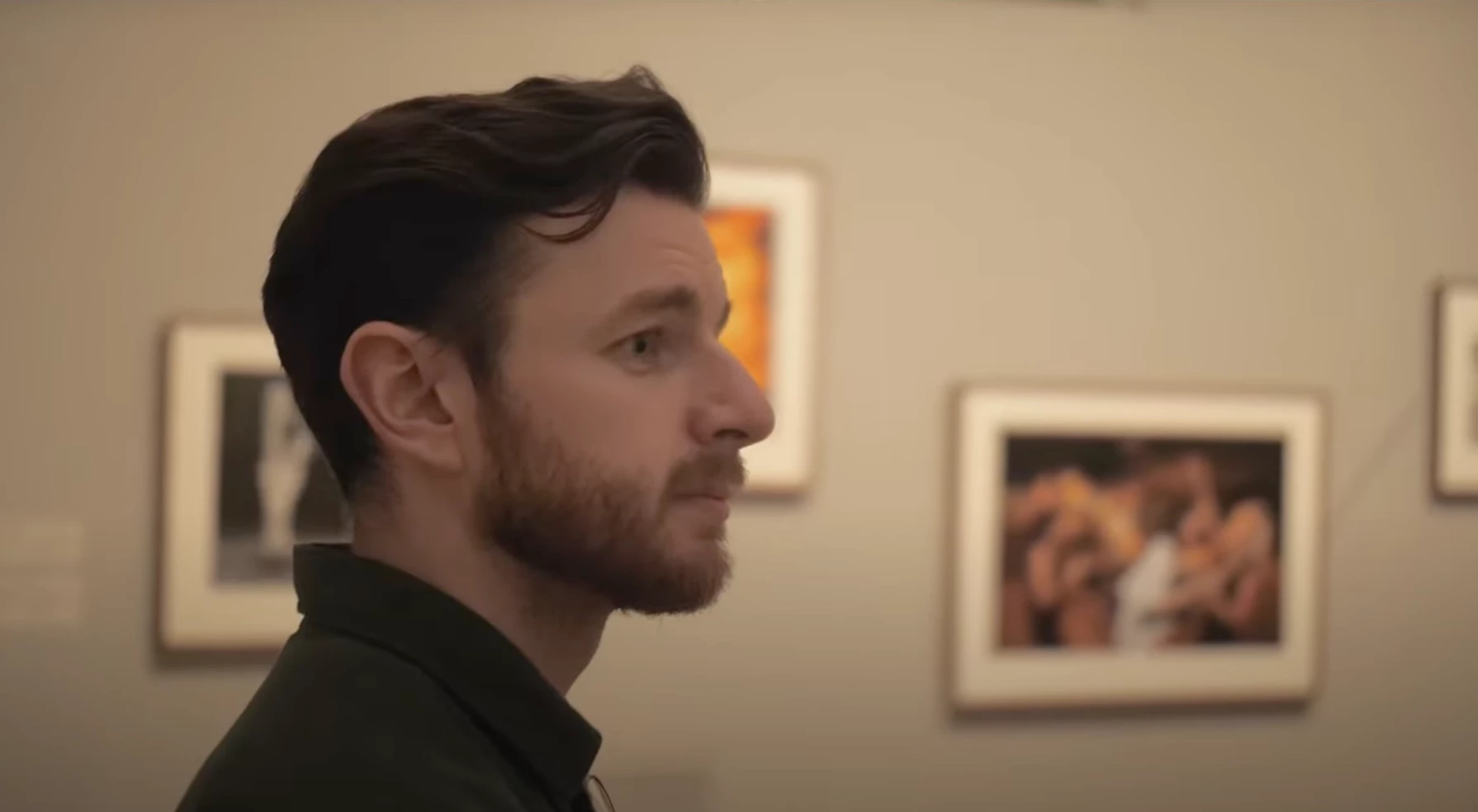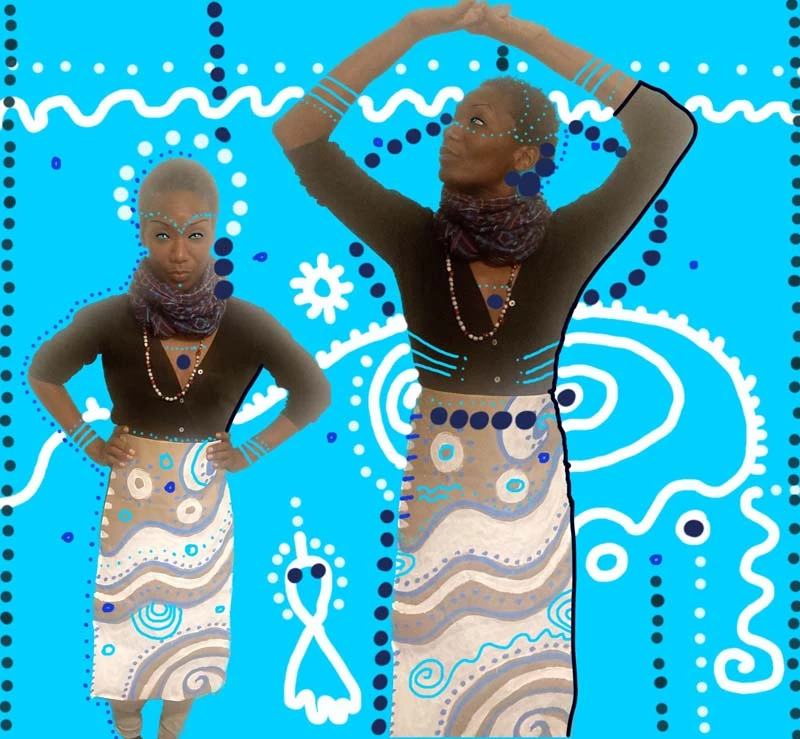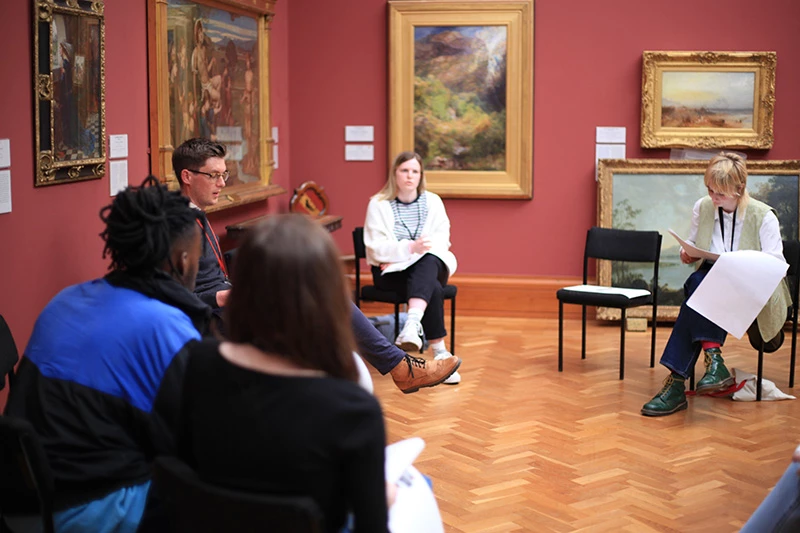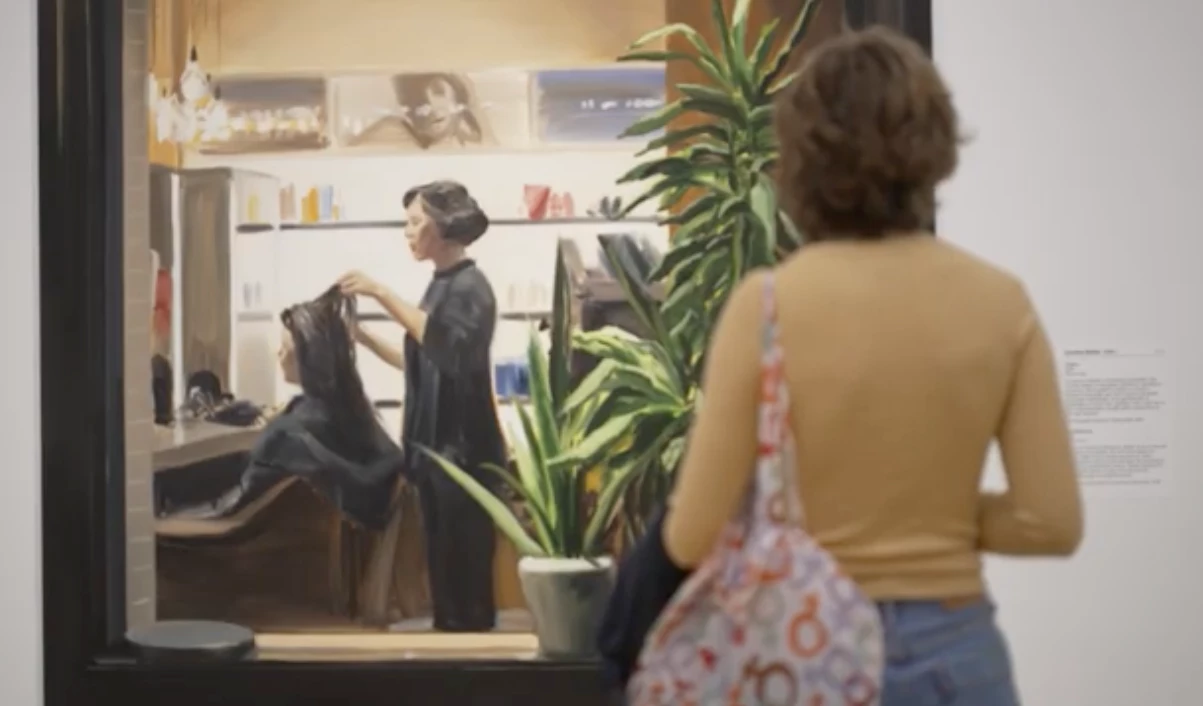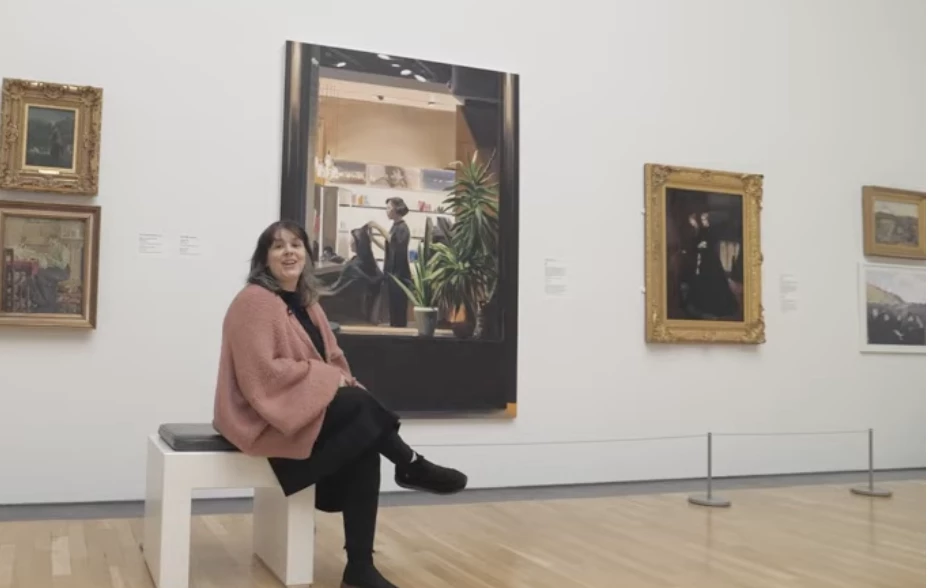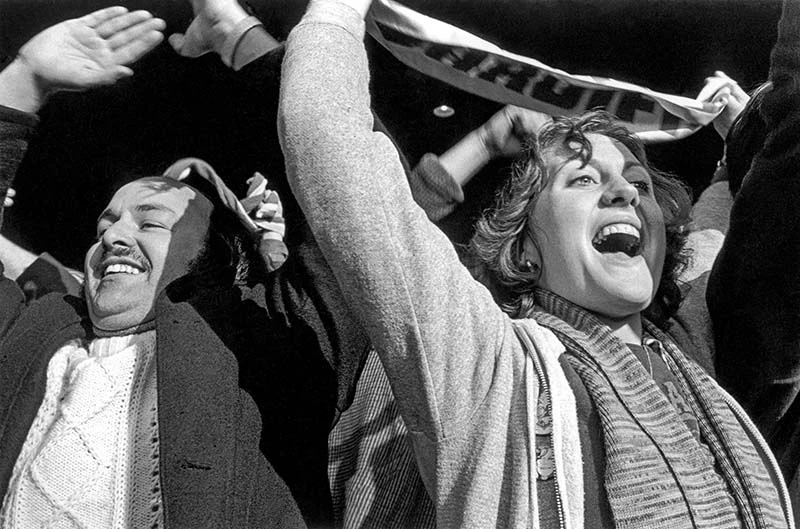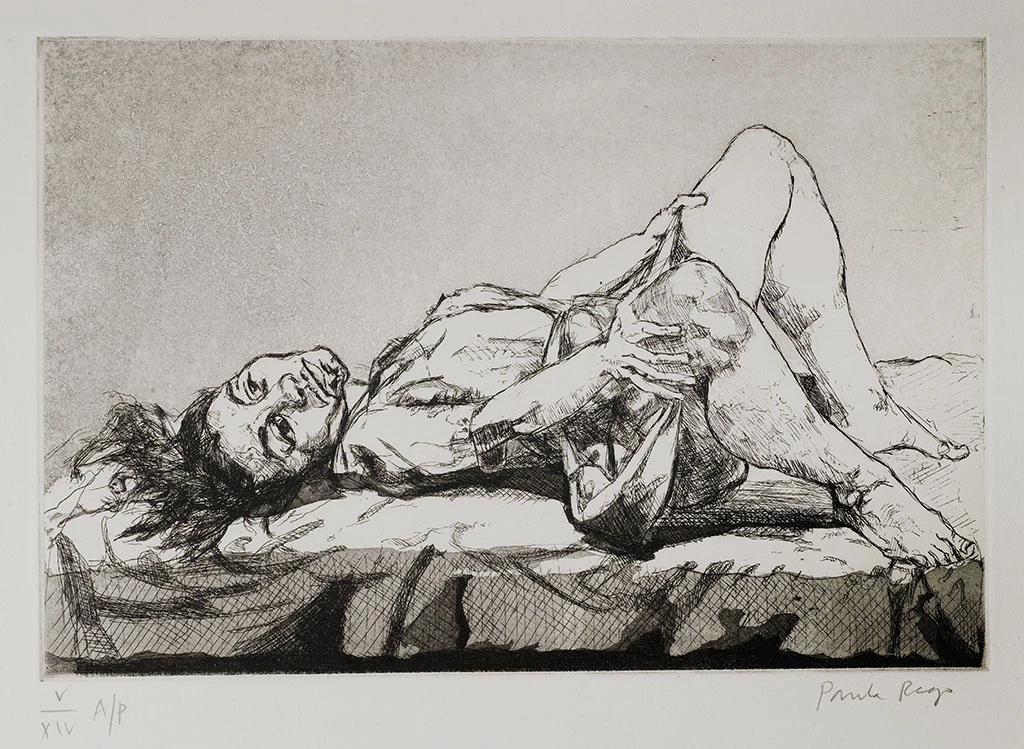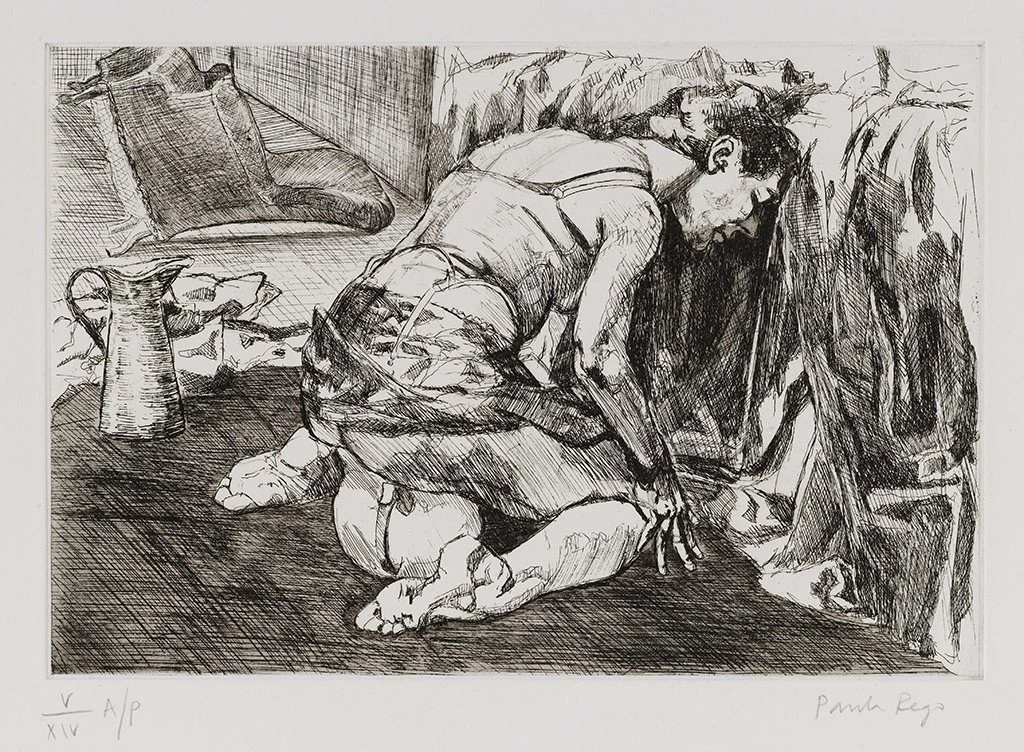‘People don’t want to think about these things; it’s not polite, so they turn away and women suffer.’
Paula Rego on the Abortion series, Art Fund interview June 2022
Paula Rego – A Political Artist
Paula Rego (1935-2022) was arguably one of the most politically powerful artists of modern times. Brought up in Portugal during the fascist regime of António de Oliveira Salazar, his oppression of women and women’s rights appears to be one of the driving forces behind the direction of Rego’s work. Iconic paintings such as Dog Woman, War and the Abortion series are uncompromising in their brutal depiction of the cruelty and oppression suffered by women. Theatrical storytelling lends Rego’s work a disturbing and almost dystopian view of the world. Alongside that, her interest in Catholicism and fairy tales often combine to create recognisable, though terrifying imagery.
Female Genital Mutilation series
The Female Genital Mutilation (FGM) series is equally stark and uncompromising. Unlike many of her other works on paper, this etchings series did not also take the form of a painting, though they share the size and presence of a work executed in oil paint on canvas.
Rego made the series in 2009 as a protest response to the abusive practice of FGM which is carried out across thirty countries in Africa, the Middle East and Asia, on girls between infancy and 15 years old. It involves the partial or total removal of external female genitalia or other injury to the female genital organs for non-medical reasons. As stated by the World Health Organization, FGM has no health benefits for girls and women. It can cause serious health complications, pain and sometimes death. The practice of FGM constitutes discrimination against women and girls and is a violation of their human rights.
In the images Rego created there is often an older woman, presumably a mother, perpetuating the inhumane societal practice, while a monstrous, though ultimately faceless, figure carries out the procedure. In some versions the figure appears to be a hermaphrodite with an apparent penis, although Rego leaves it ambiguous. The graphic nature of the work forces us to confront an uncomfortable truth about the world we live in. Rego does not want us to look away and makes it even harder by emphasizing the childhood innocence of the victims through including such details as stray toys, even a doll.
There are six prints in the series, the first beginning with the gentle title of Lullaby and these gradually grow darker – Night Bride, Circumcision, Stitched and Bound, Mother Loves You, until we get to the last print, called Escape, which bears some message of hope amongst the darkness.
The print titled Circumcision strongly emphasizes the lack of choice for these young girls. In this image we see a child held down on a folding table, presumably by her own mother and another woman, while a sinister main figure with a skull face holds the child’s legs apart to perform the mutilation. In the background, a woman removes the underpants of an even younger girl who is so small she must stand upon a stool.
Possibly the most distressing image in the whole series, however, is Mother Loves You. The mother holds the child upon her lap. Her eyes are averted and her right hand covers the child’s eyes from the monster approaching her. This crazed naked figure appears to have a vagina dentata whose sharp teeth are about to perform the mutilation on the child. Discarded on the left is a small stuffed toy that emphasizes the age of the child and the horrific nature of this so-called surgery.
Rego’s bold and distressing imagery is used to powerful effect. By forcing the viewer to engage with a topic they would otherwise ignore, she encourages us all to face the political injustice of this horrifying practice and to consider whether it is right to live in a world which turns a blind eye to, or even endorses, such cruelty.
The Abortion series
Paula Rego’s skilful draughtsmanship was also put to powerful use on the Abortion series, which originated as a series of paintings. The translation into print format allowed her message to reach a wider audience. The series began in response to the Portuguese referendum on abortion in 1998 and whether to legalise the practice. Hardly anyone turned out to vote. Consequently, the NOs won. Rego had witnessed first-hand, the suffering of women trying to get an illegal abortion. The works depict the indignity and pain as well as the courage and triumph these women experienced.
The legacy of Rego
Ultimately Rego was a storyteller and her gift of narrative was used to great effect, to tell the nightmarish tales of real life. As a committed feminist, Rego is quoted as once saying, ‘I try to get justice for women […] at least in the pictures […] Revenge too.’
Written when Melissa Munro was Senior Curator: Derek Williams Collection and worked at Amgueddfa Cymru from 2008 to 2024. Melissa is particularly interested in the work of the Surrealists and Post-War abstraction, but also enjoys working with contemporary artists.
Paula Rego (1935 – 2022)
Untitled 1, 1999
Etching on Somerset paper
Paper: 38.0 x 48.0 cm
Image: 19.6 x 29.7 cm
Edition of 17
© Ostrich Arts Ltd
Courtesy Ostrich Arts Ltd and Cristea Roberts Gallery
Paula Rego (1935 – 2022)
Untitled 5, 1999
Etching on Somerset paper
Paper: 38.0 x 48.0 cm
Image: 19.6 x 29.2 cm
Edition of 17
© Ostrich Arts Ltd
Courtesy Ostrich Arts Ltd and Cristea Roberts Gallery
